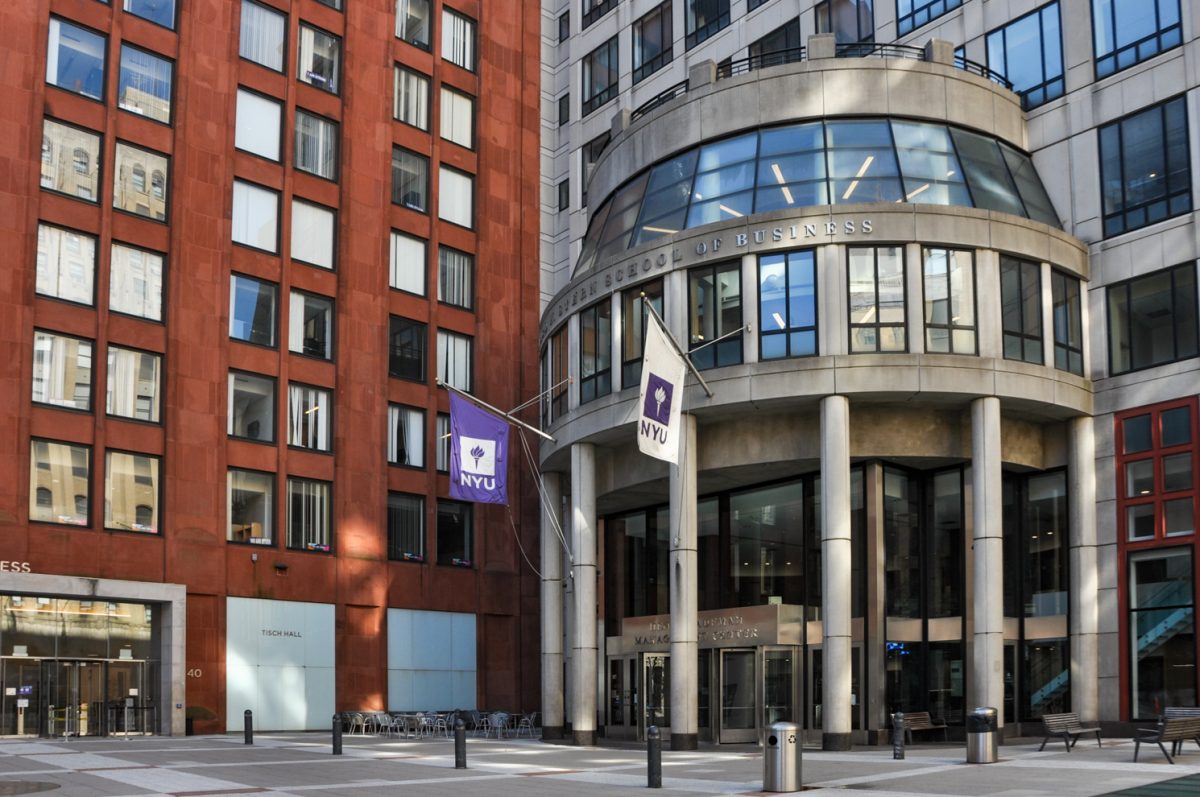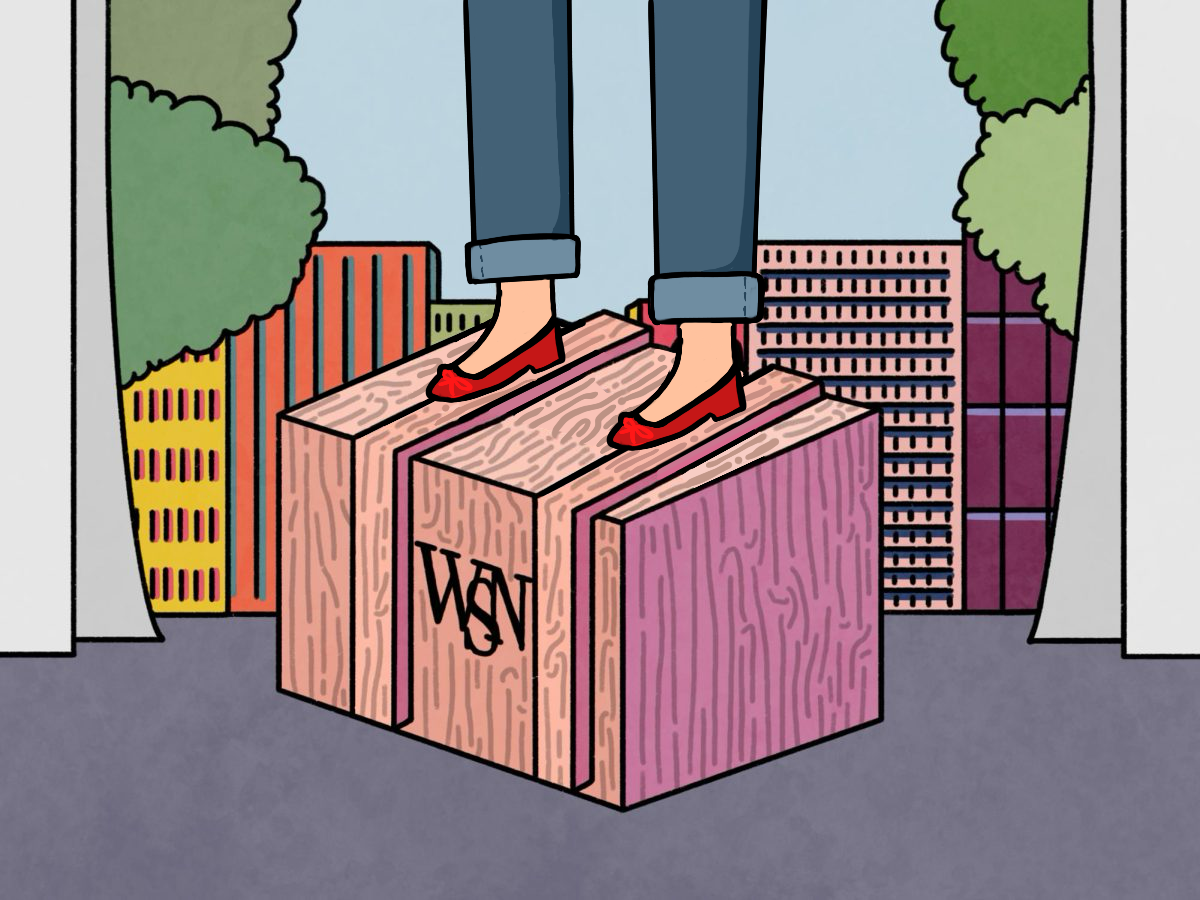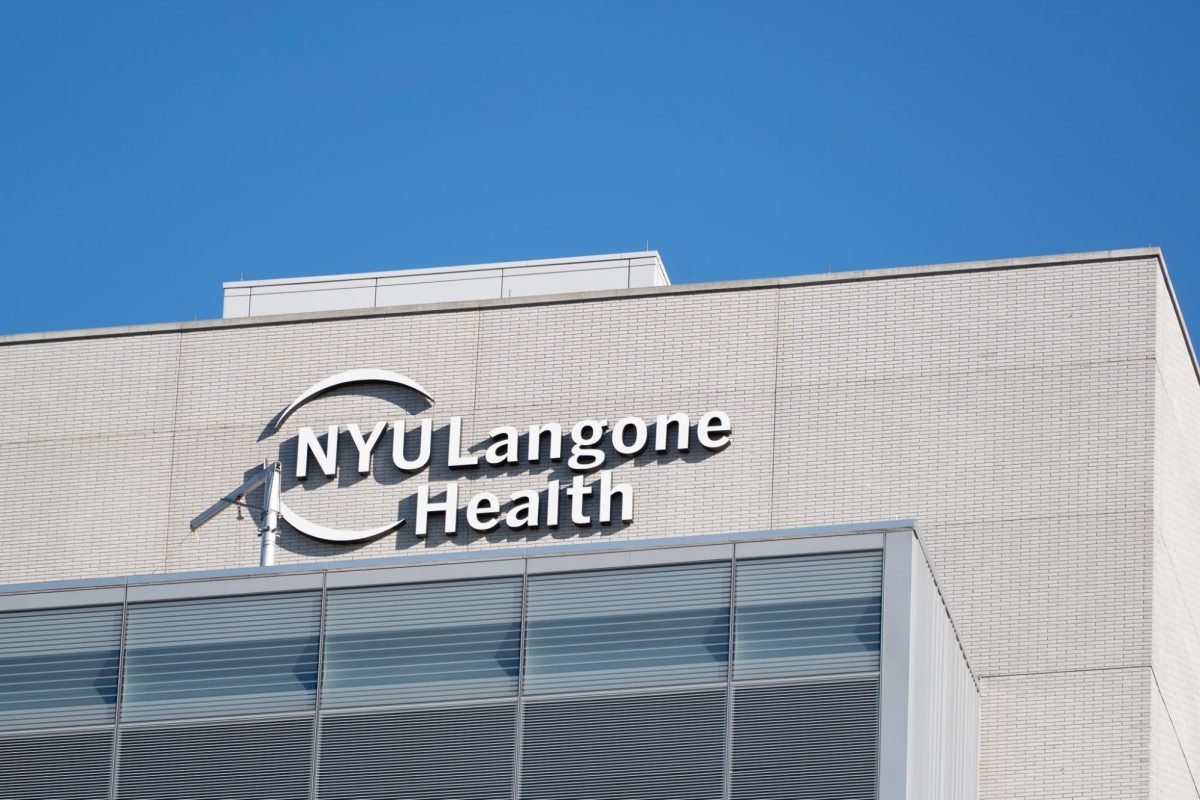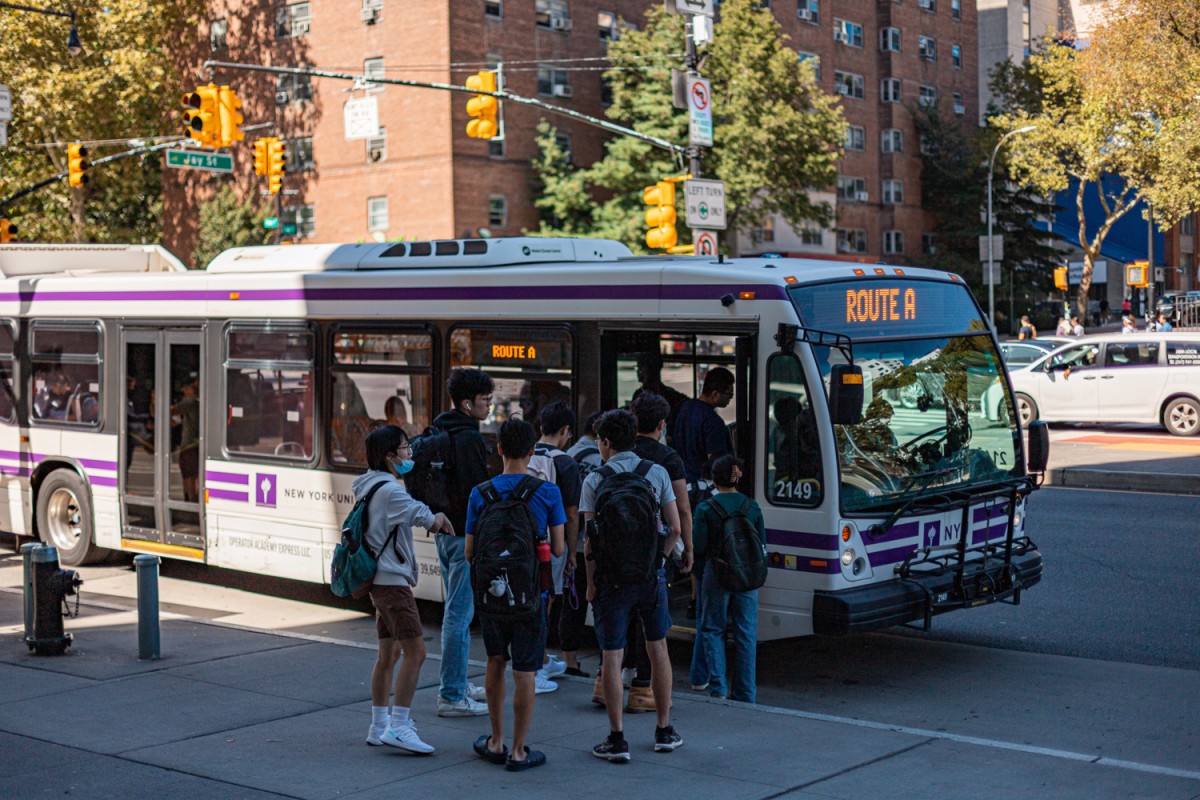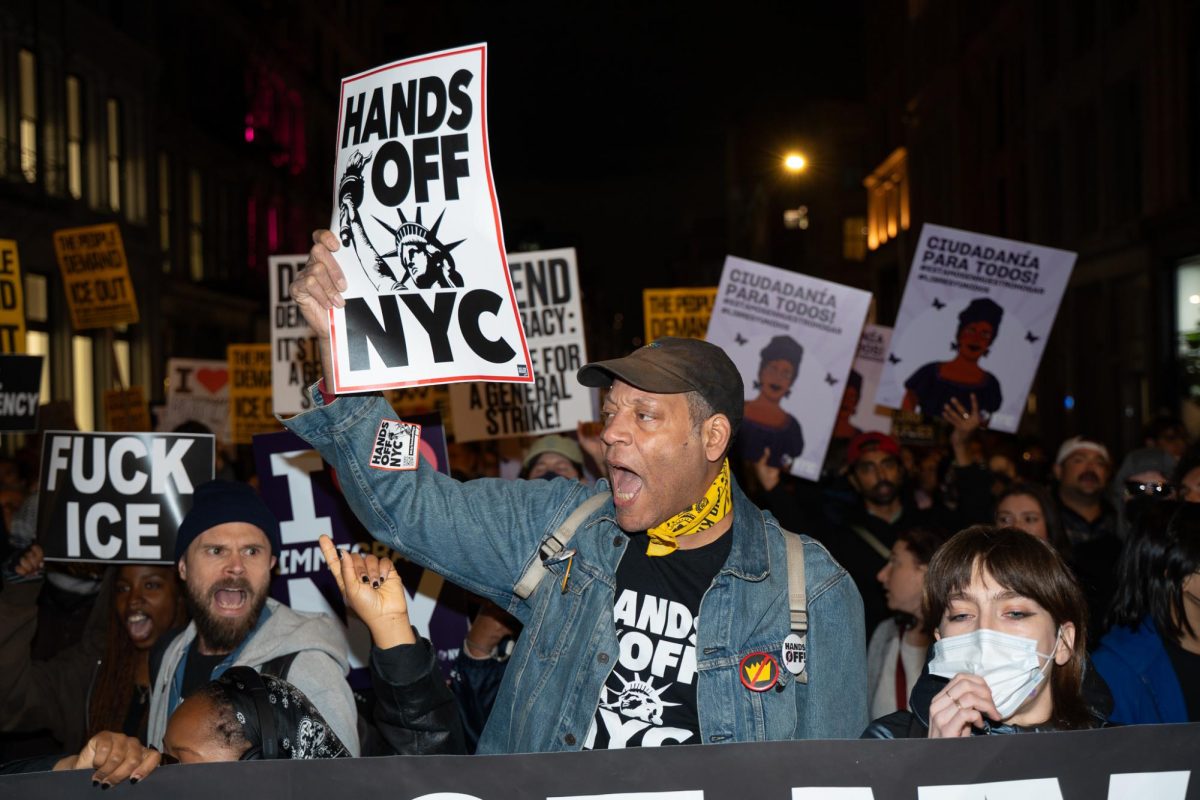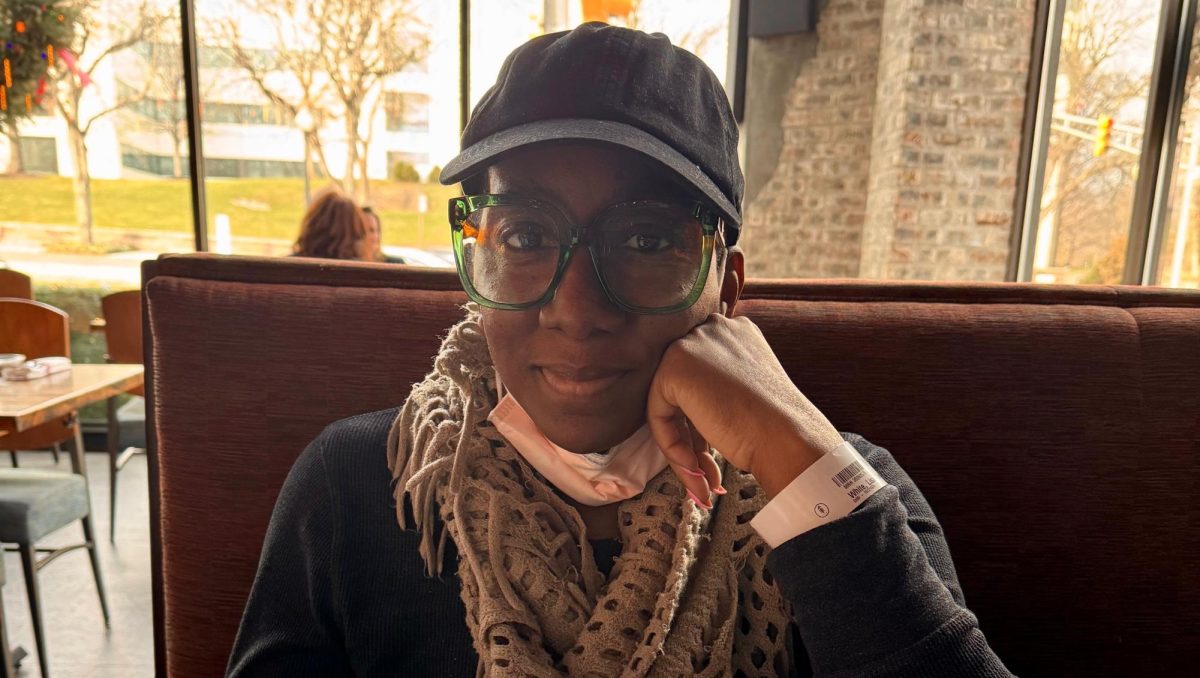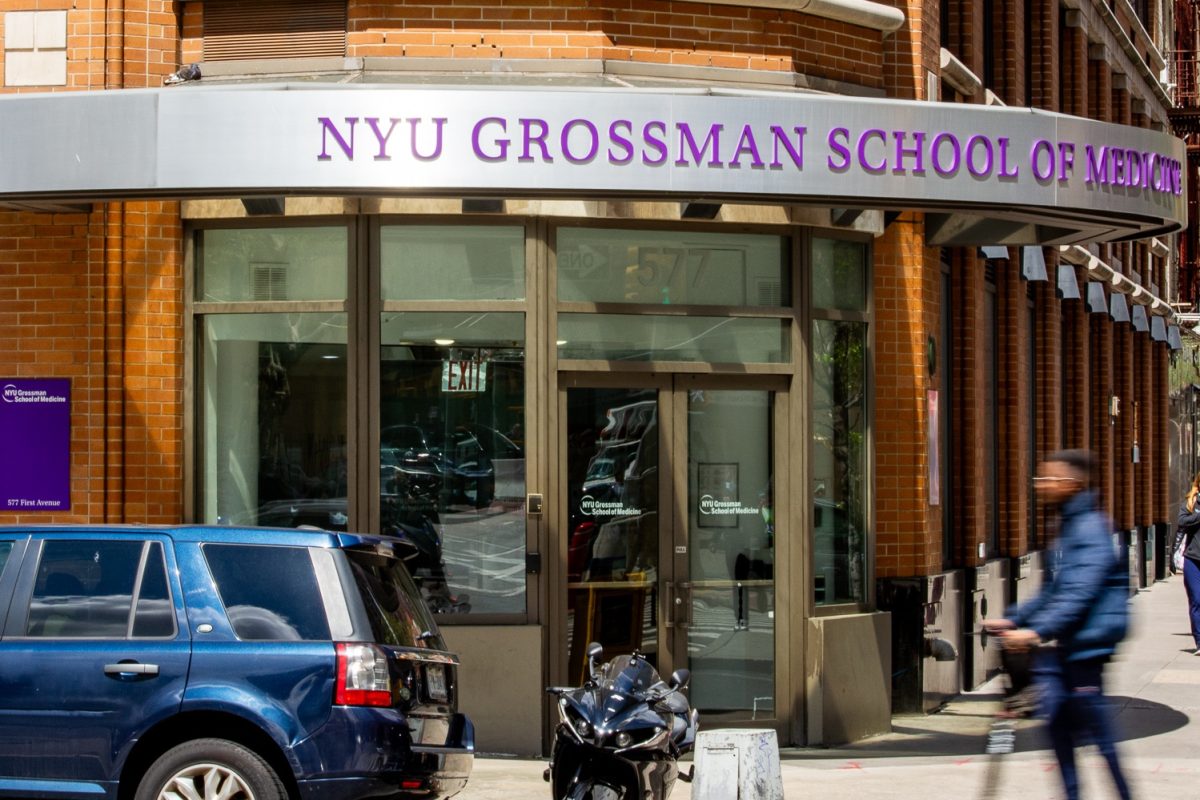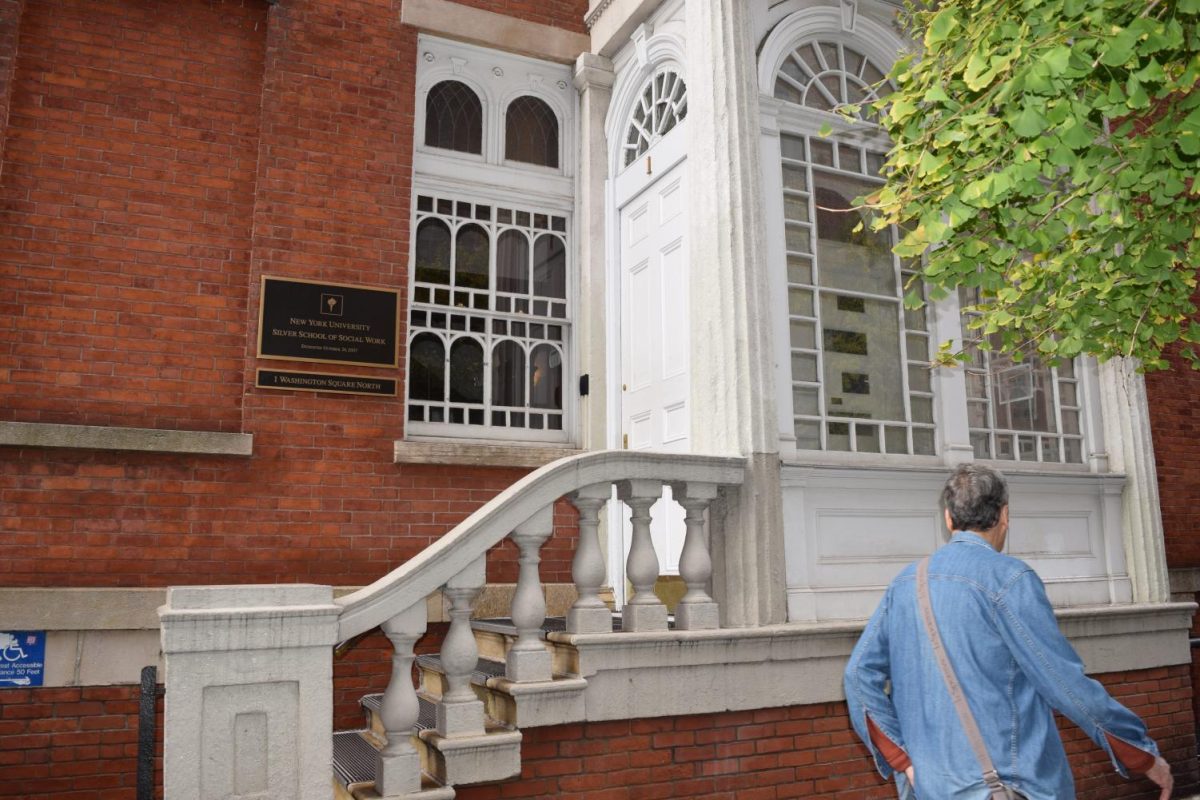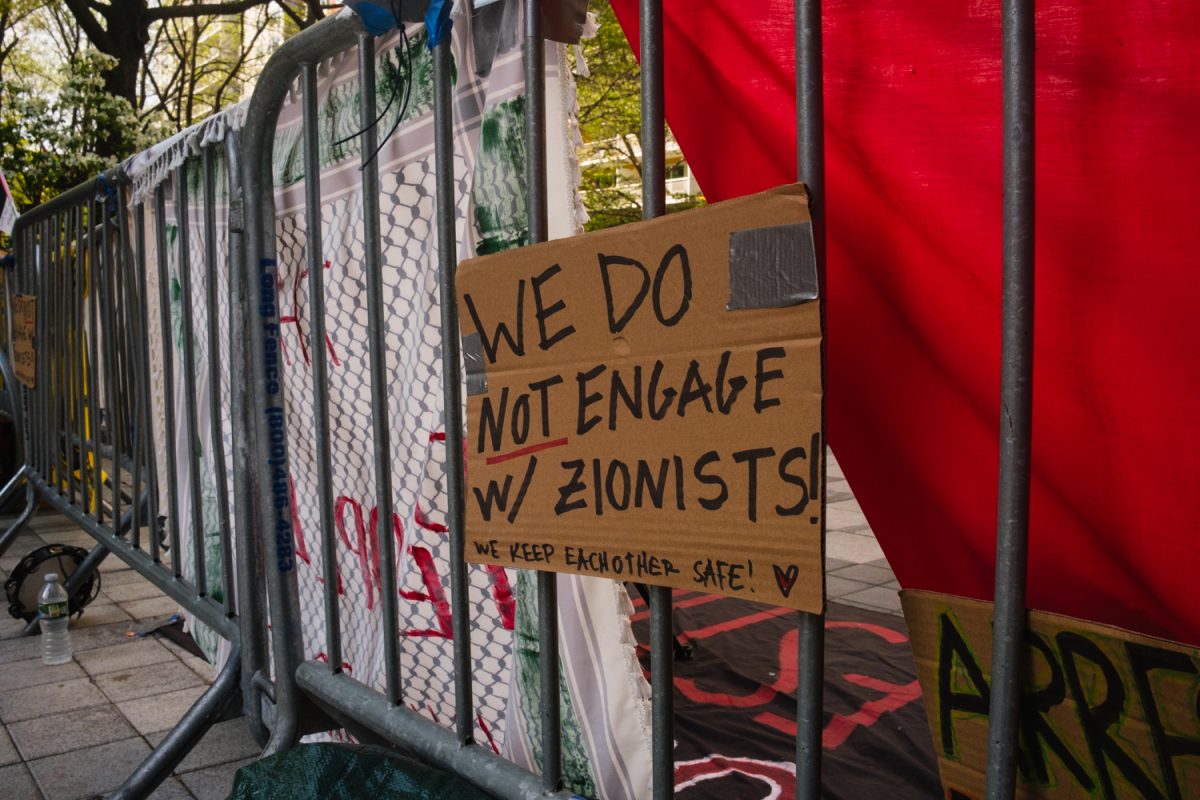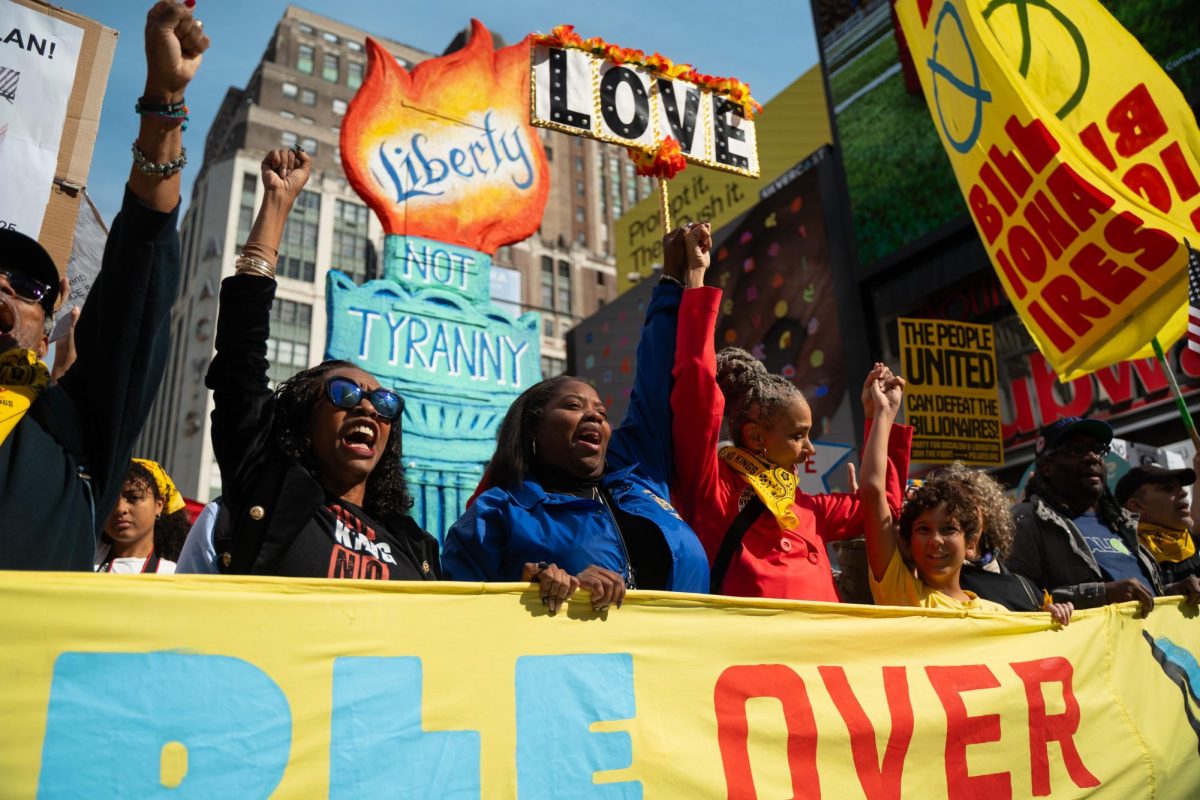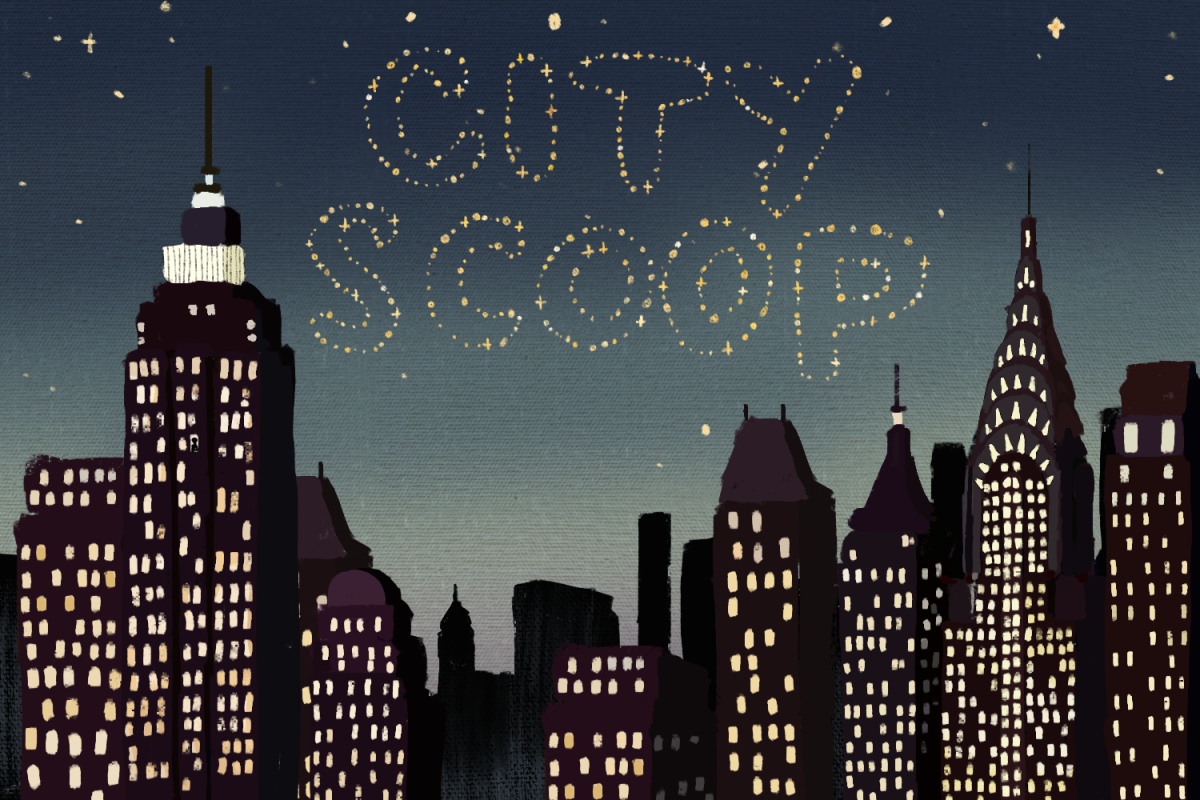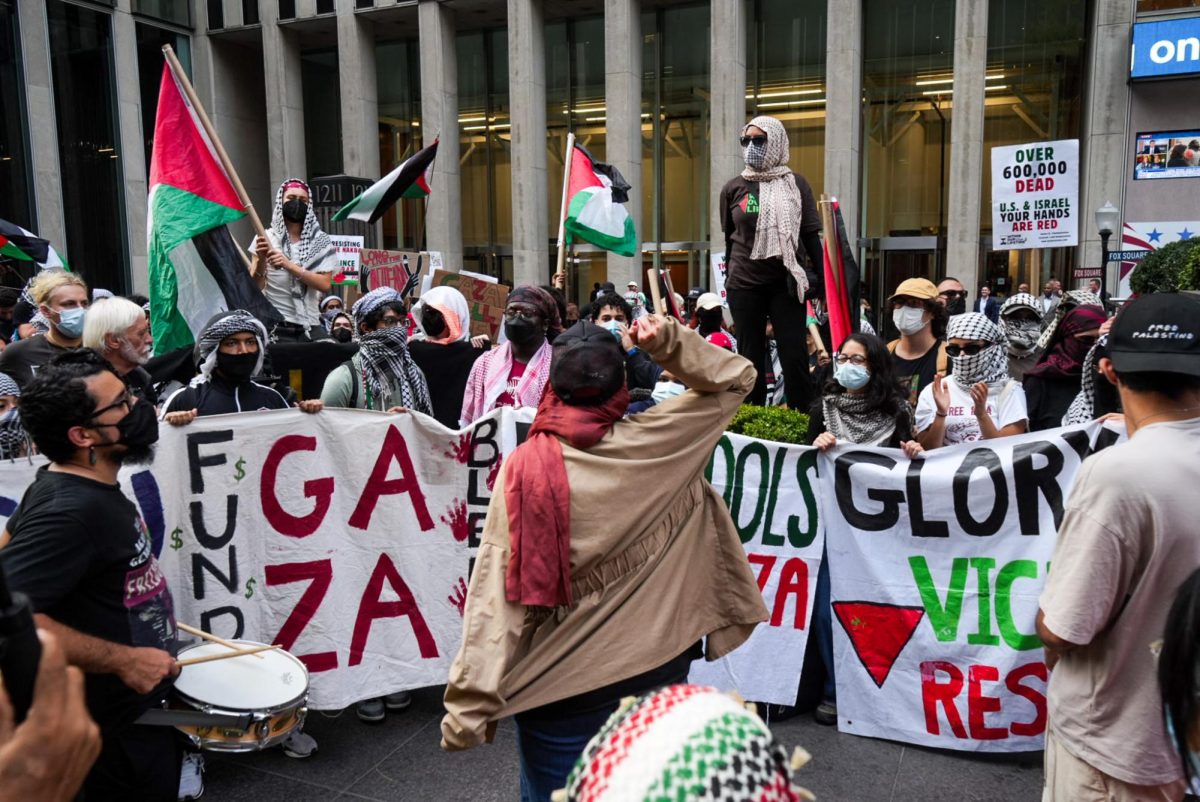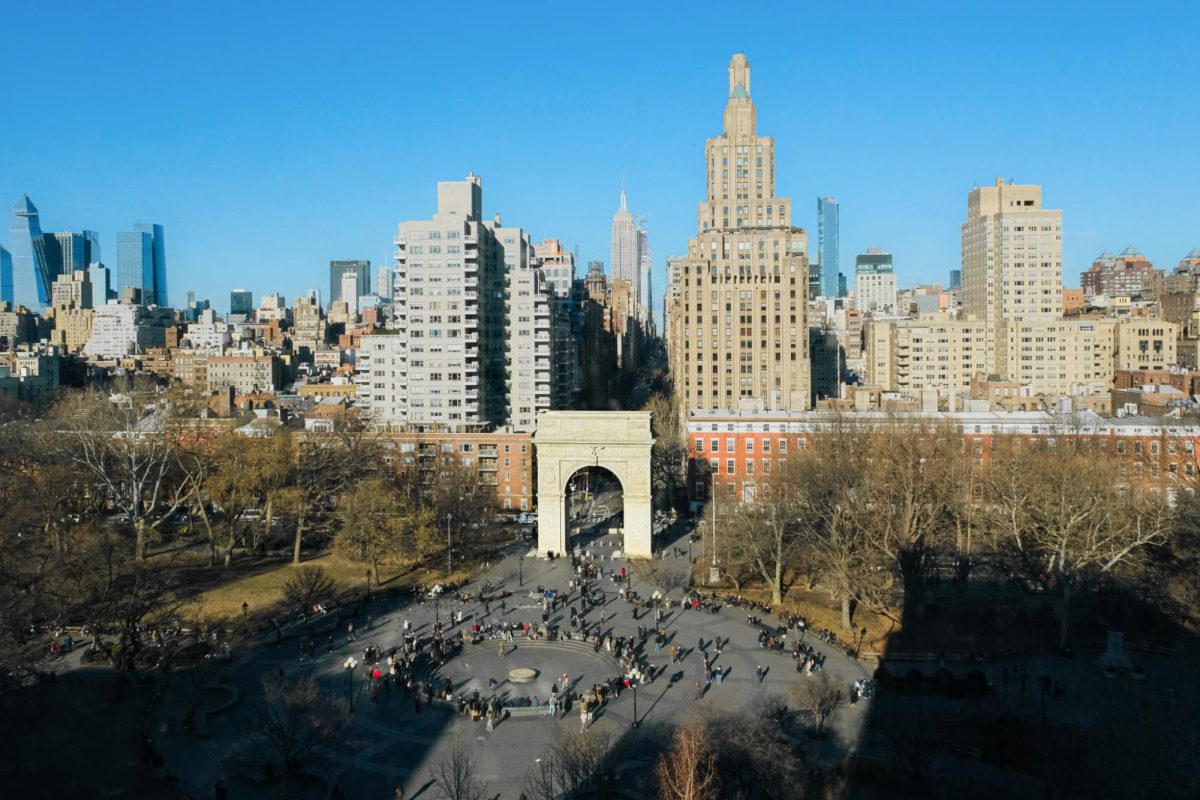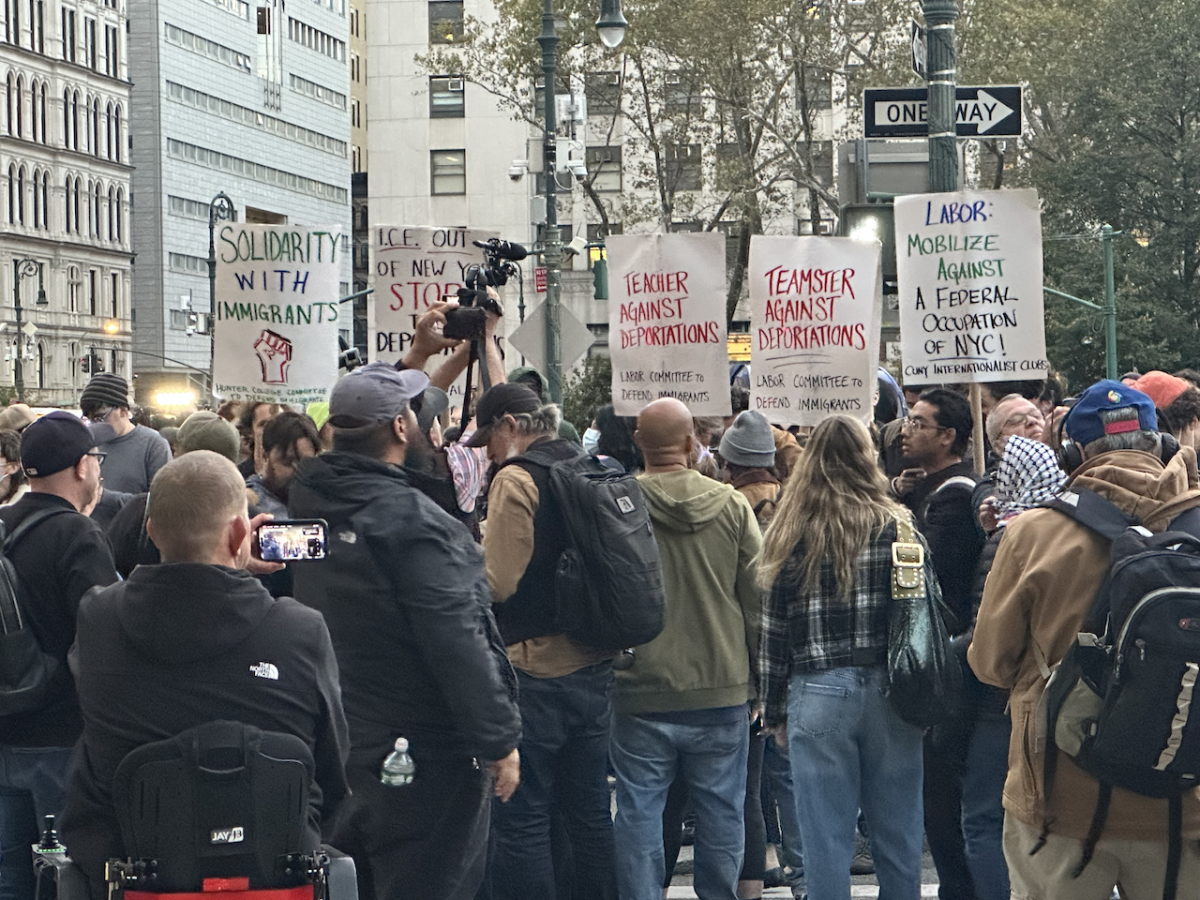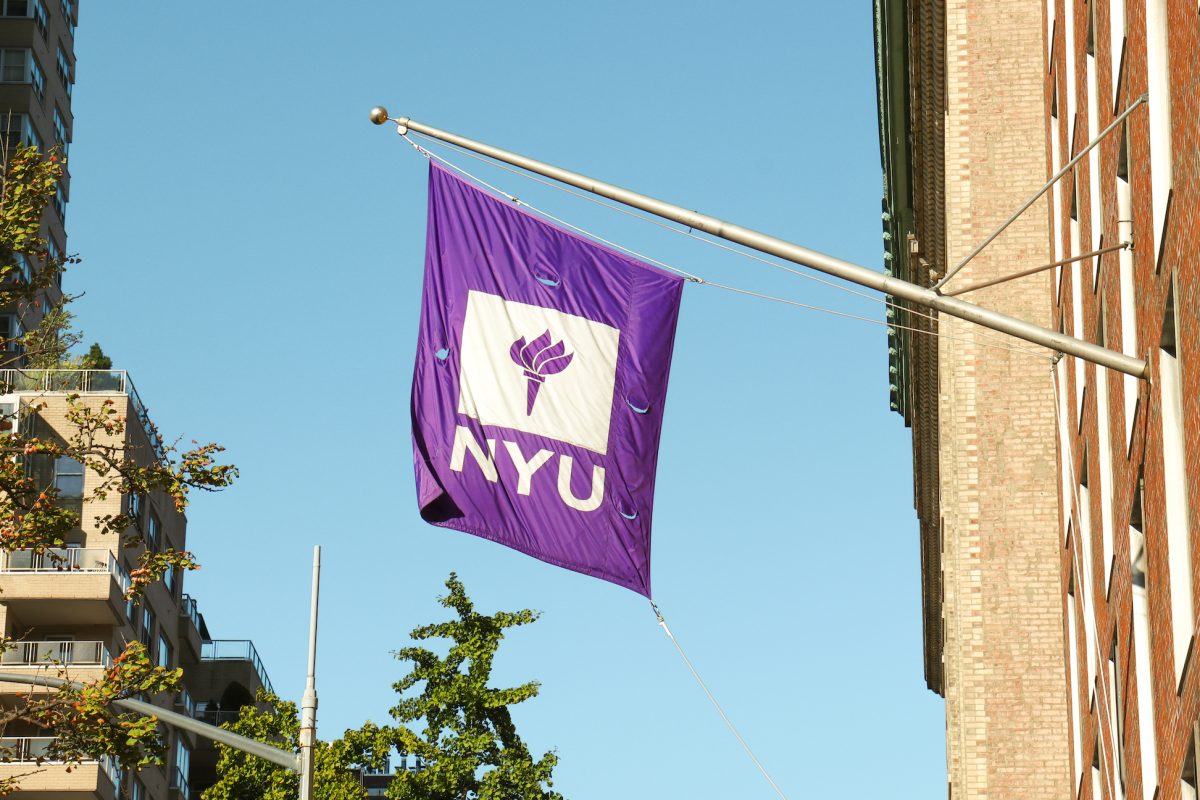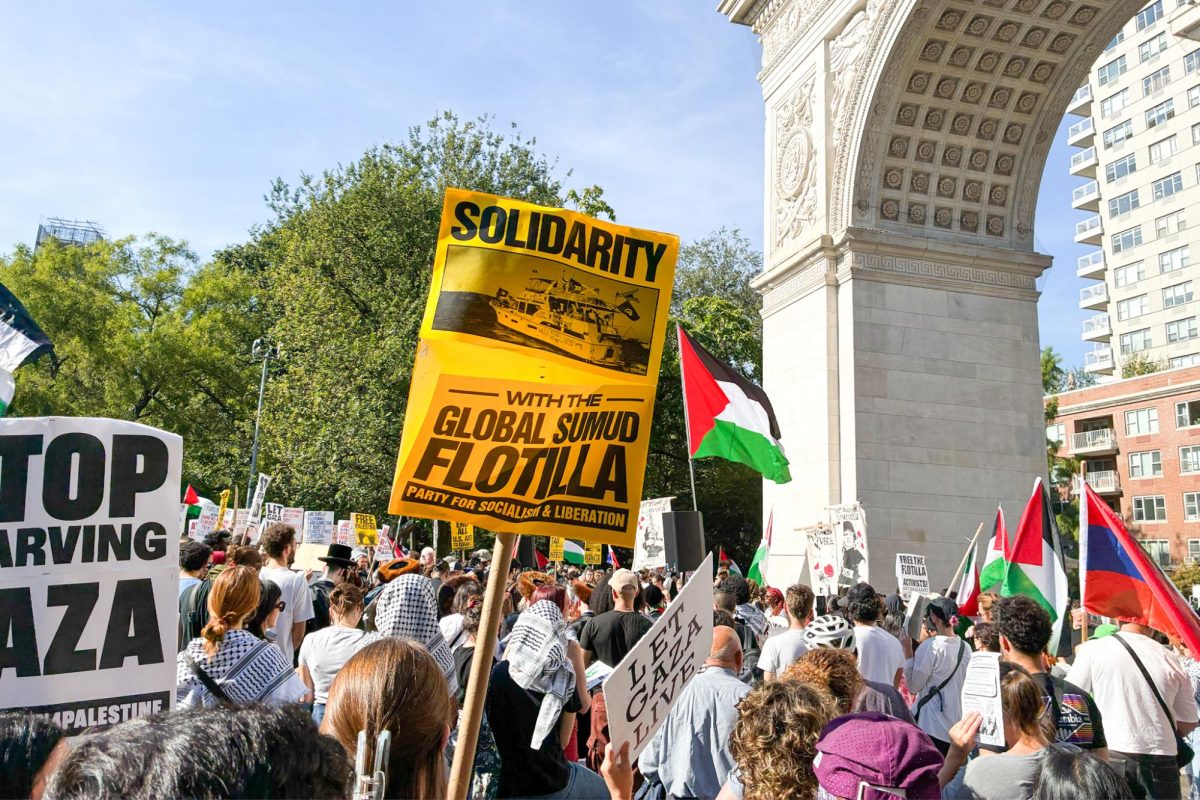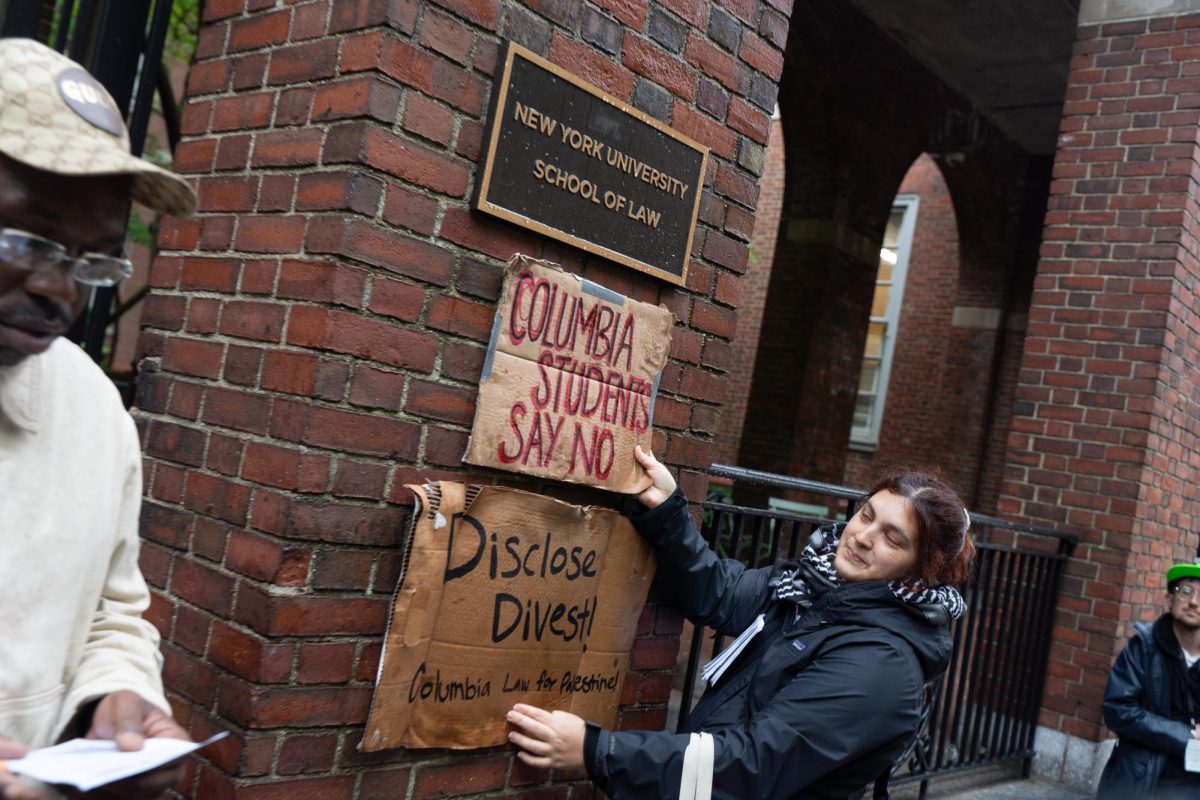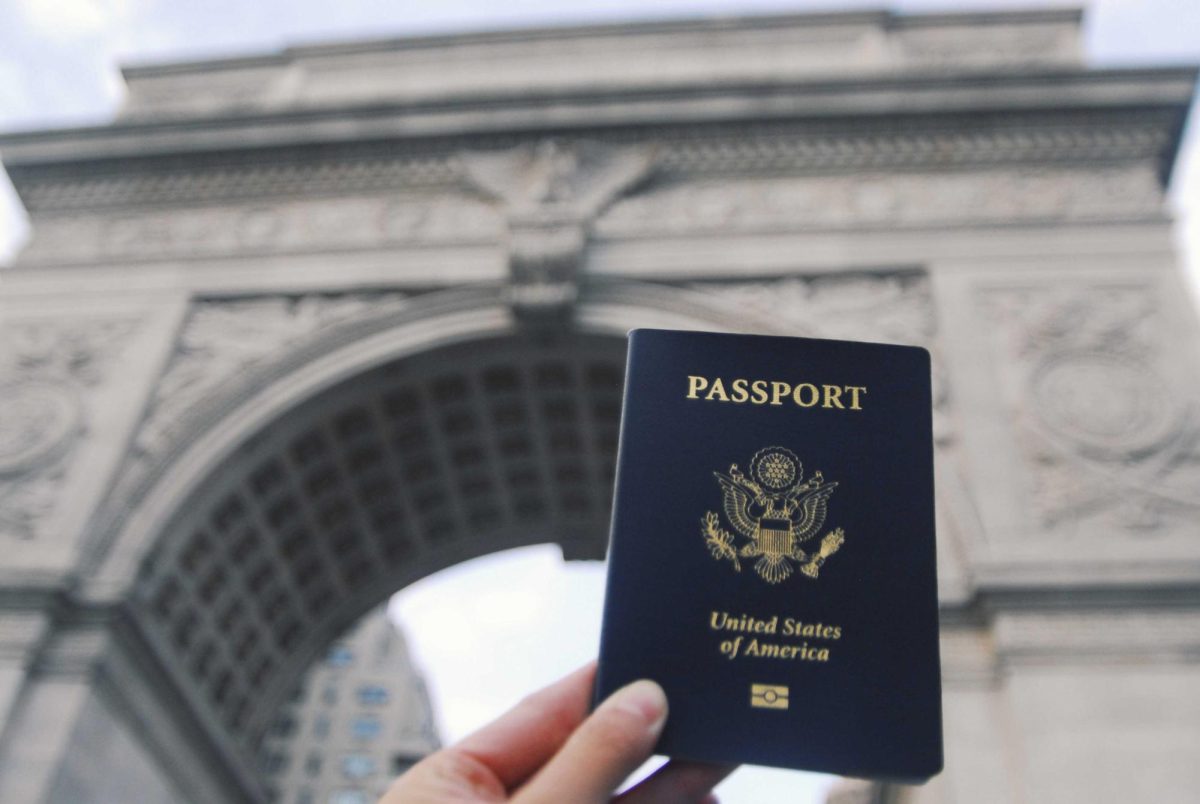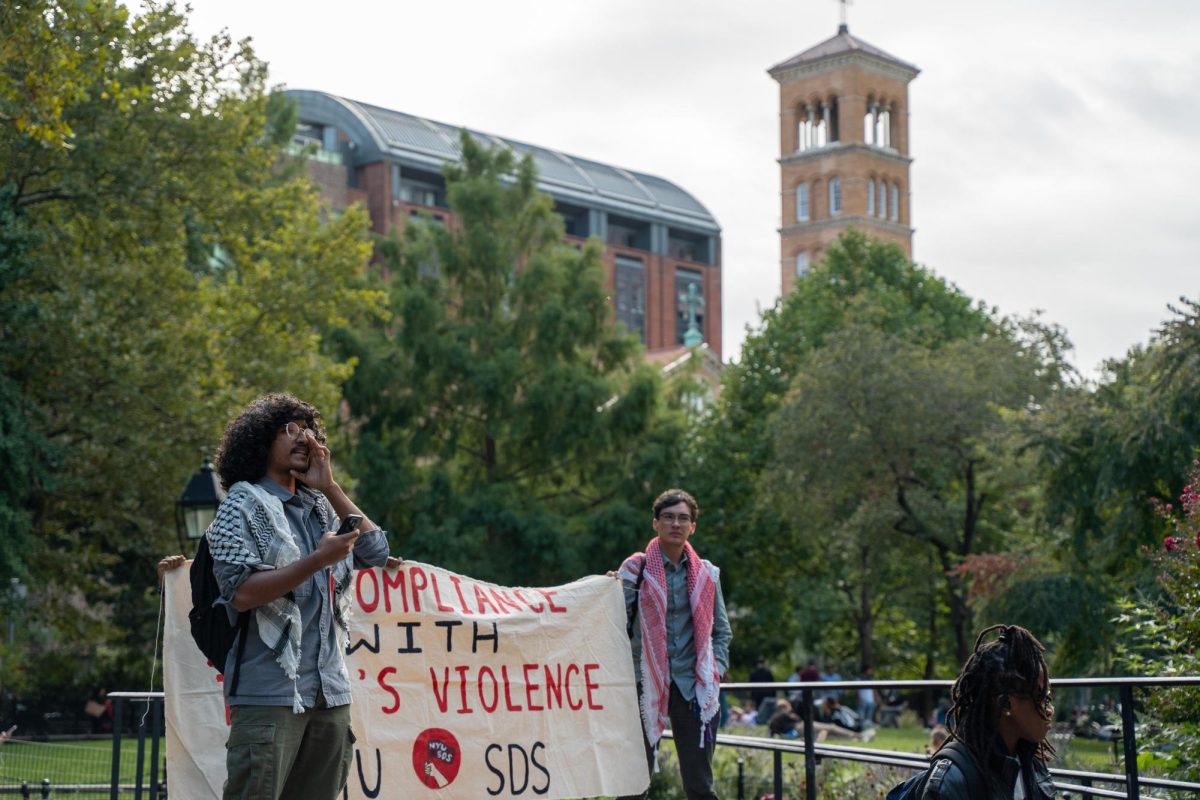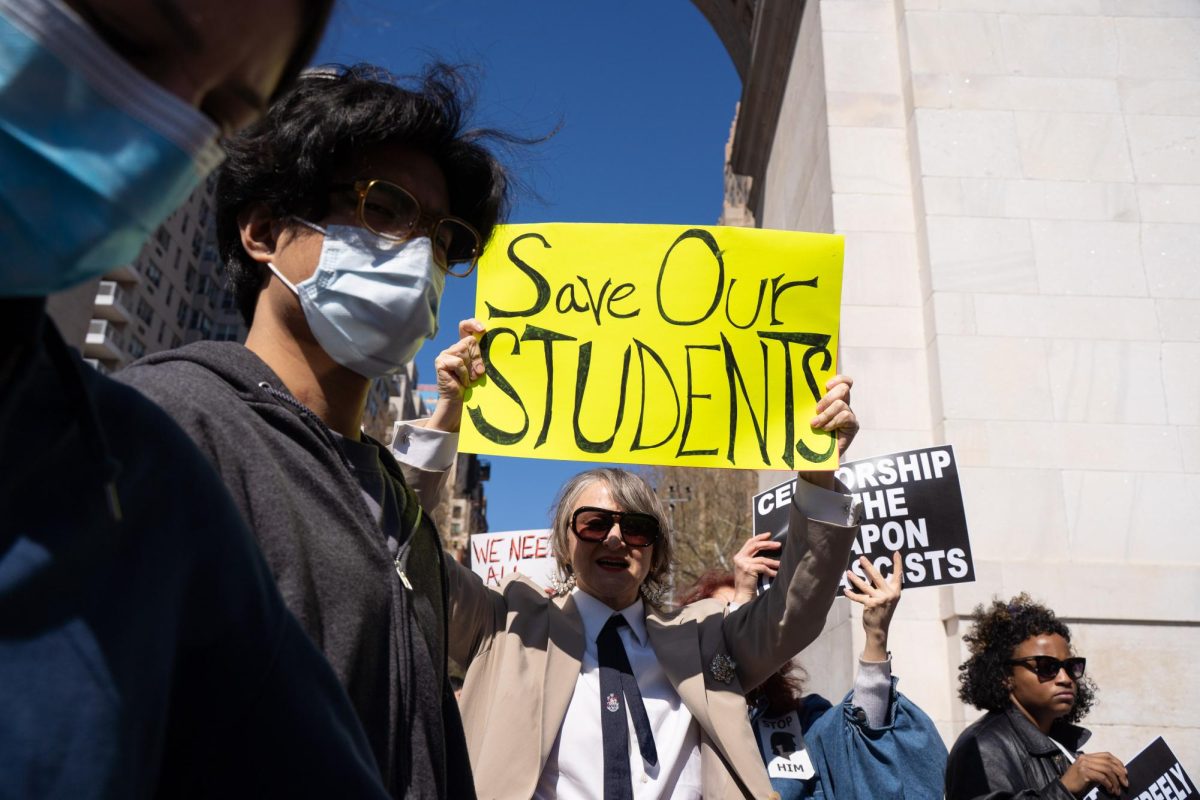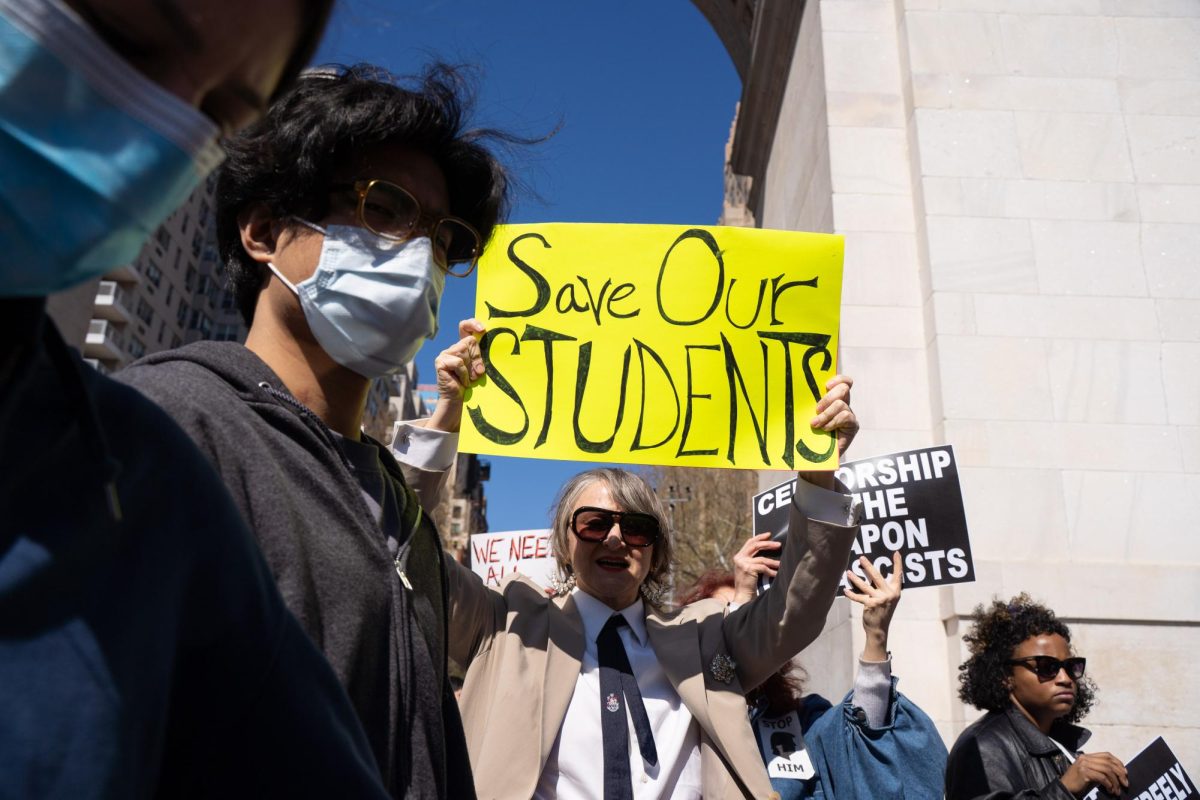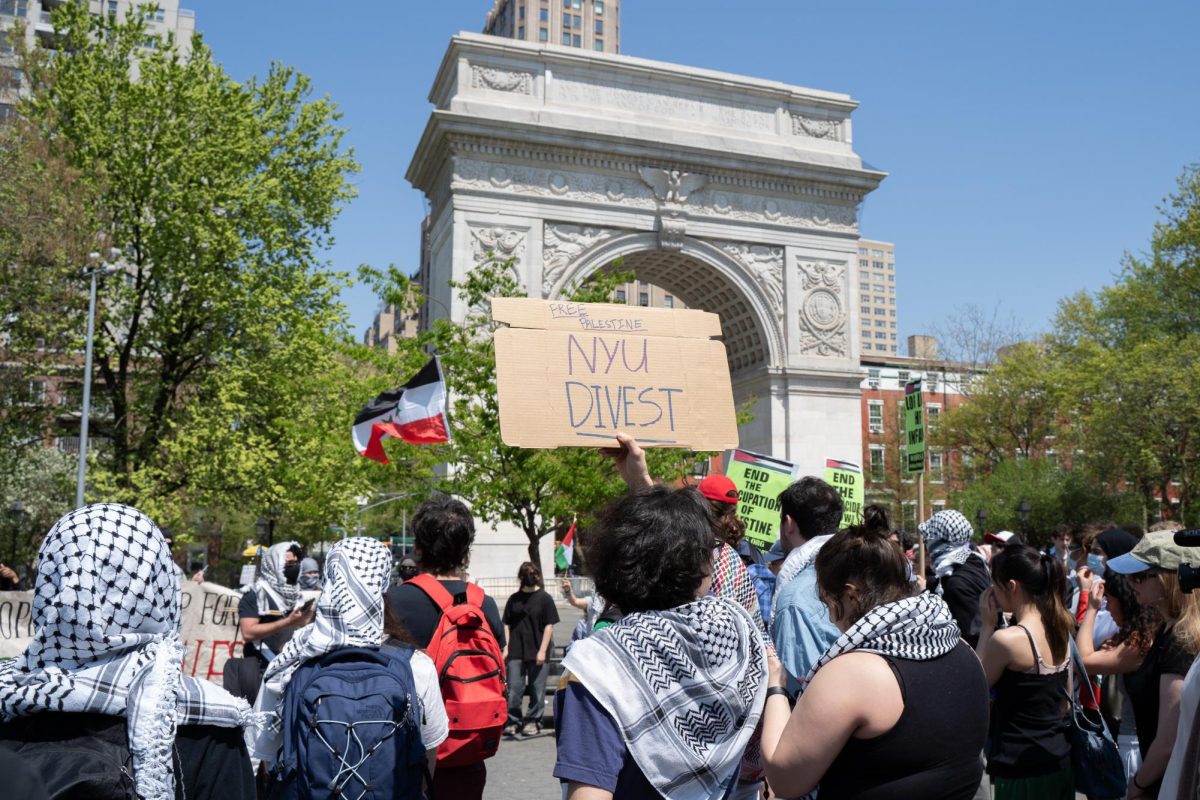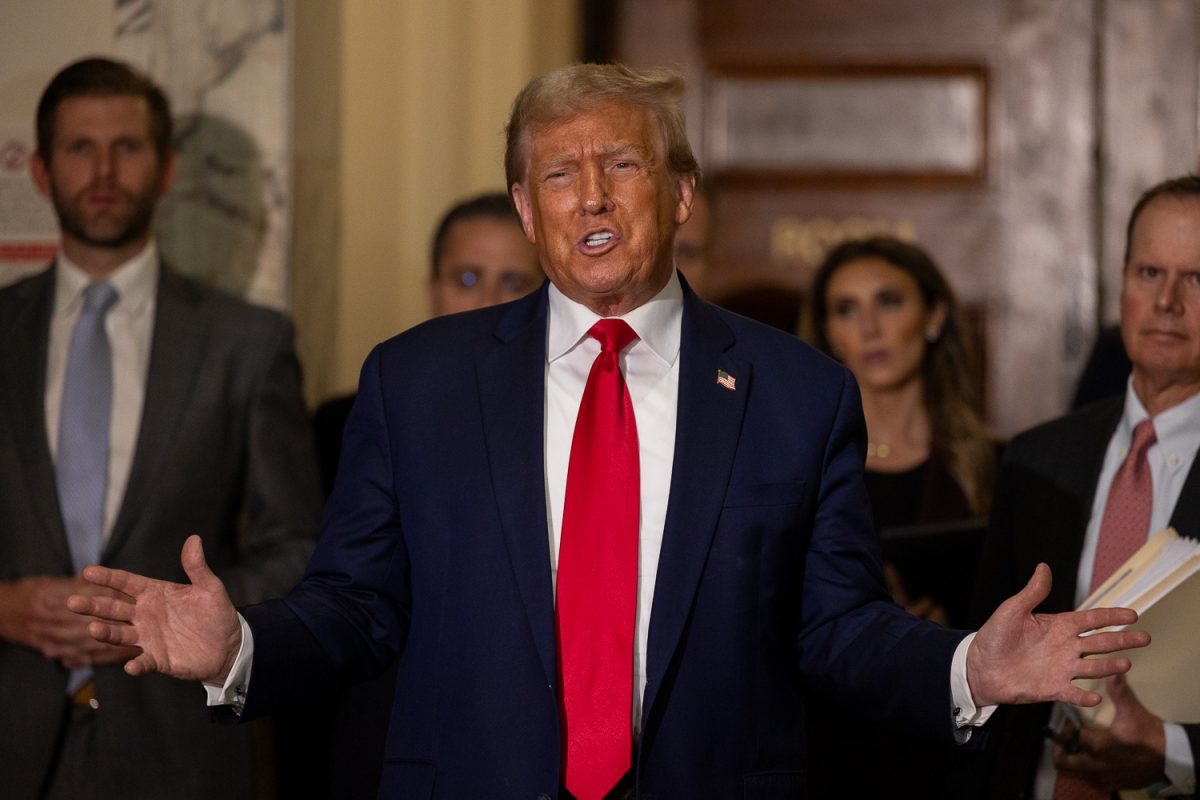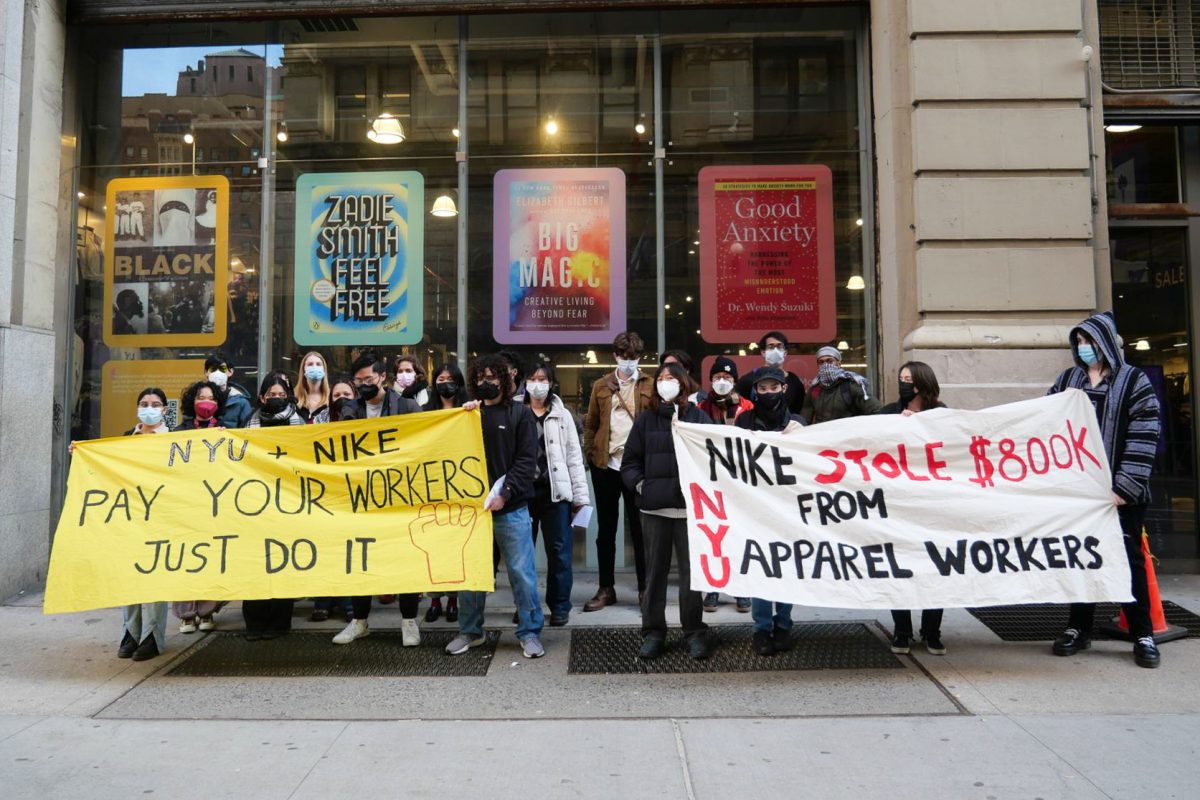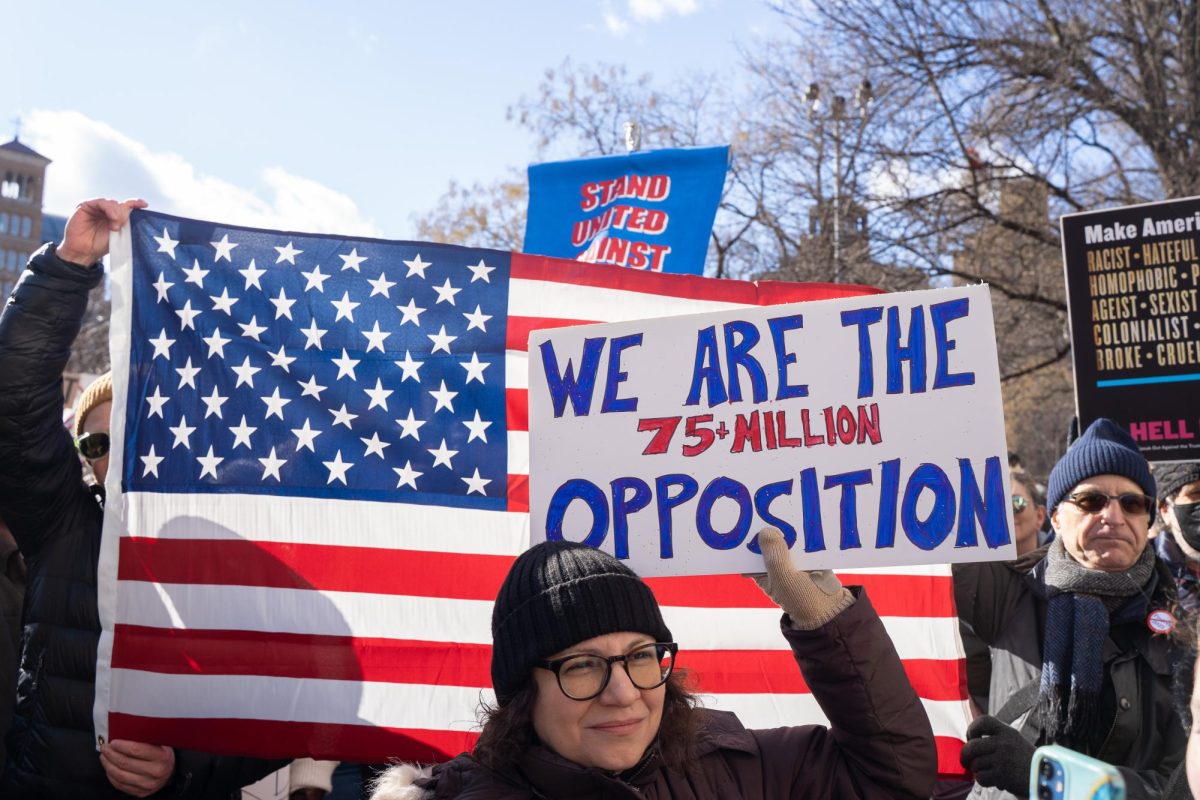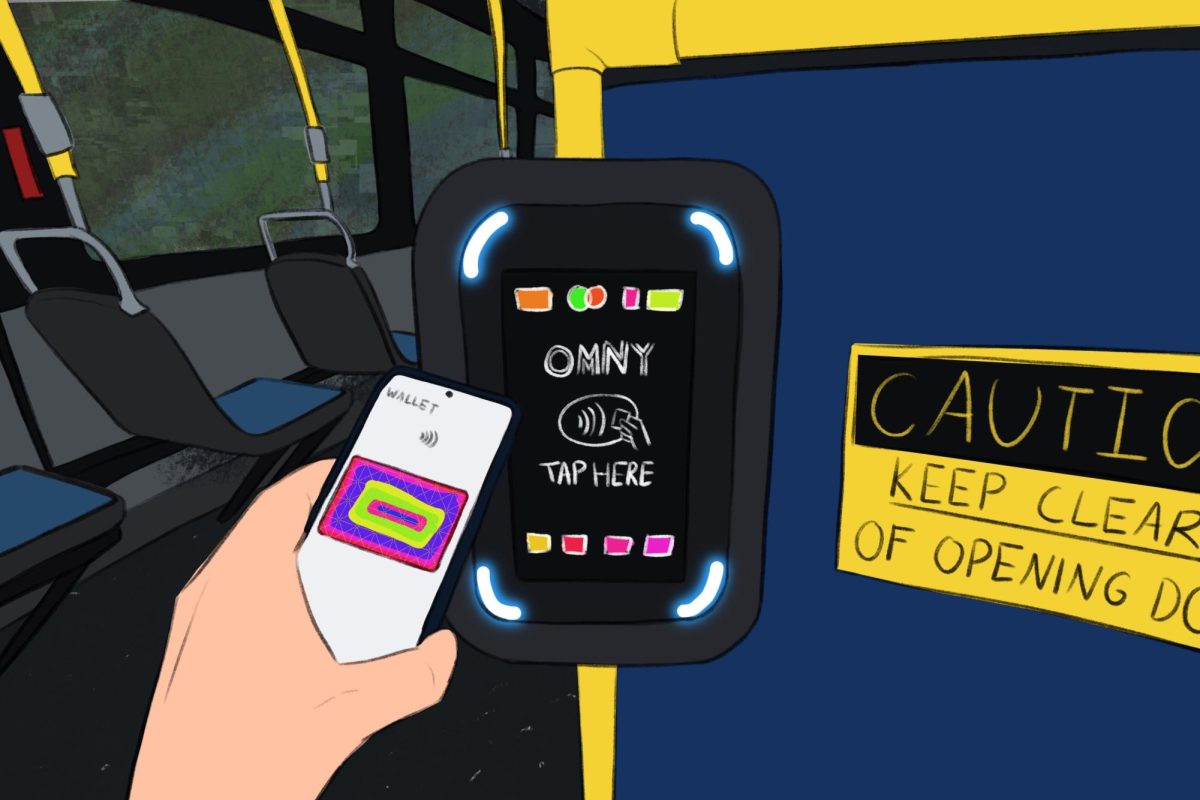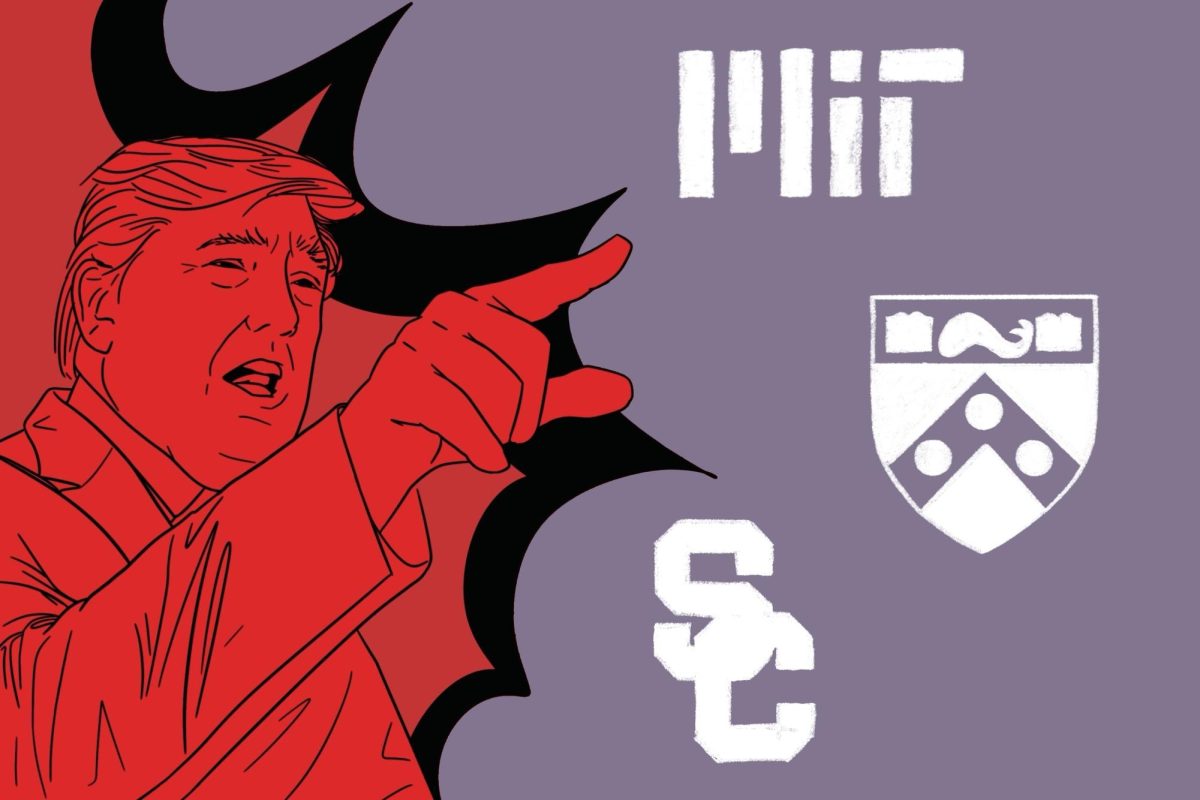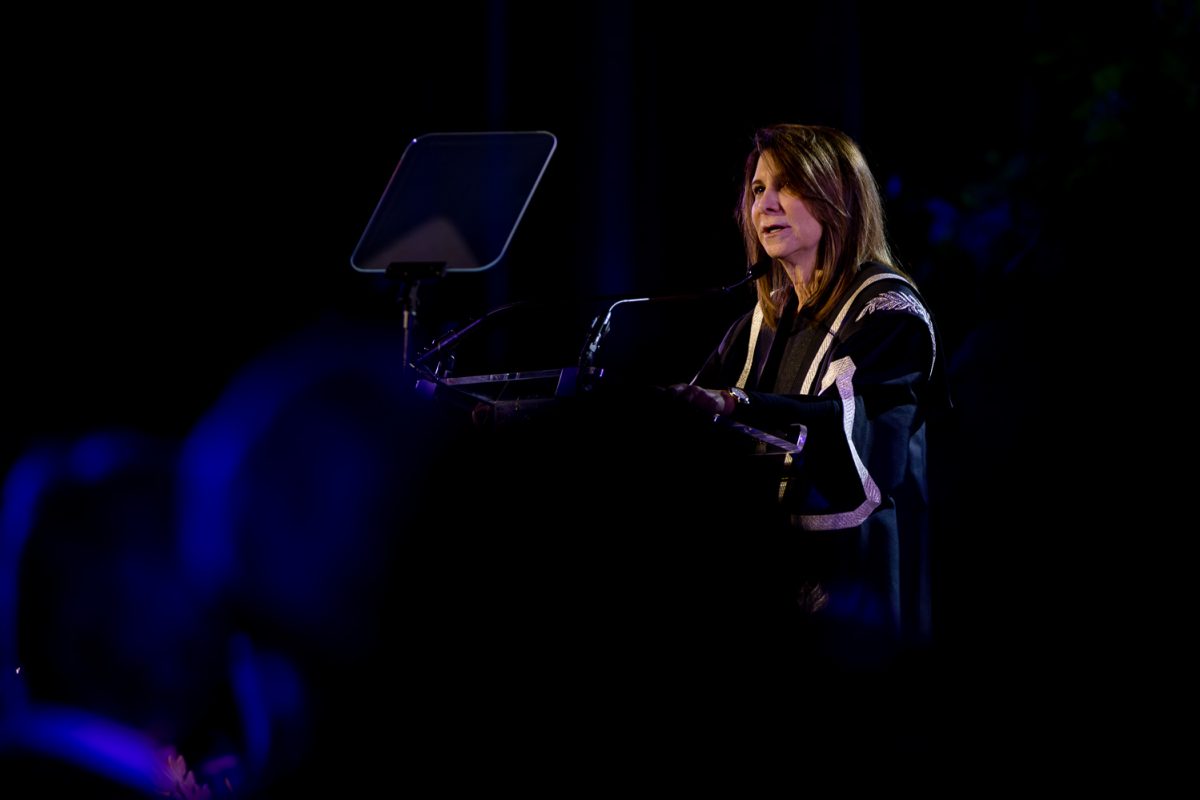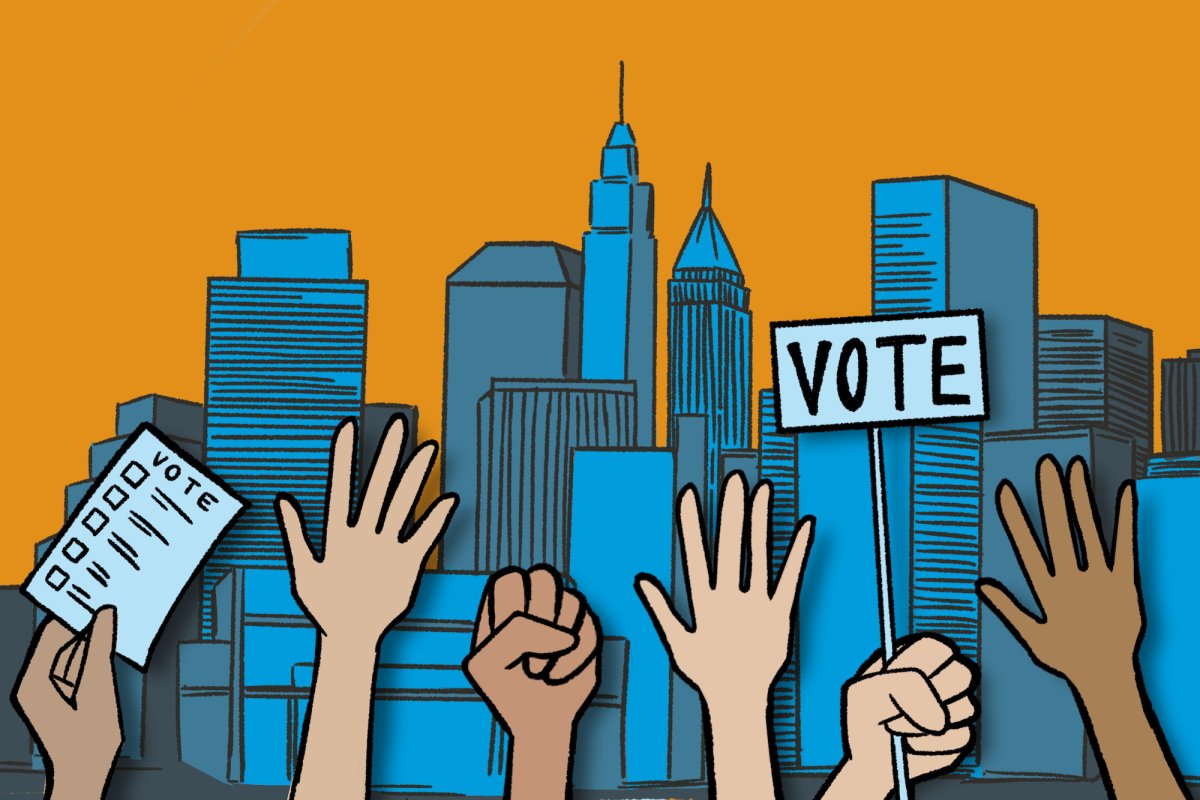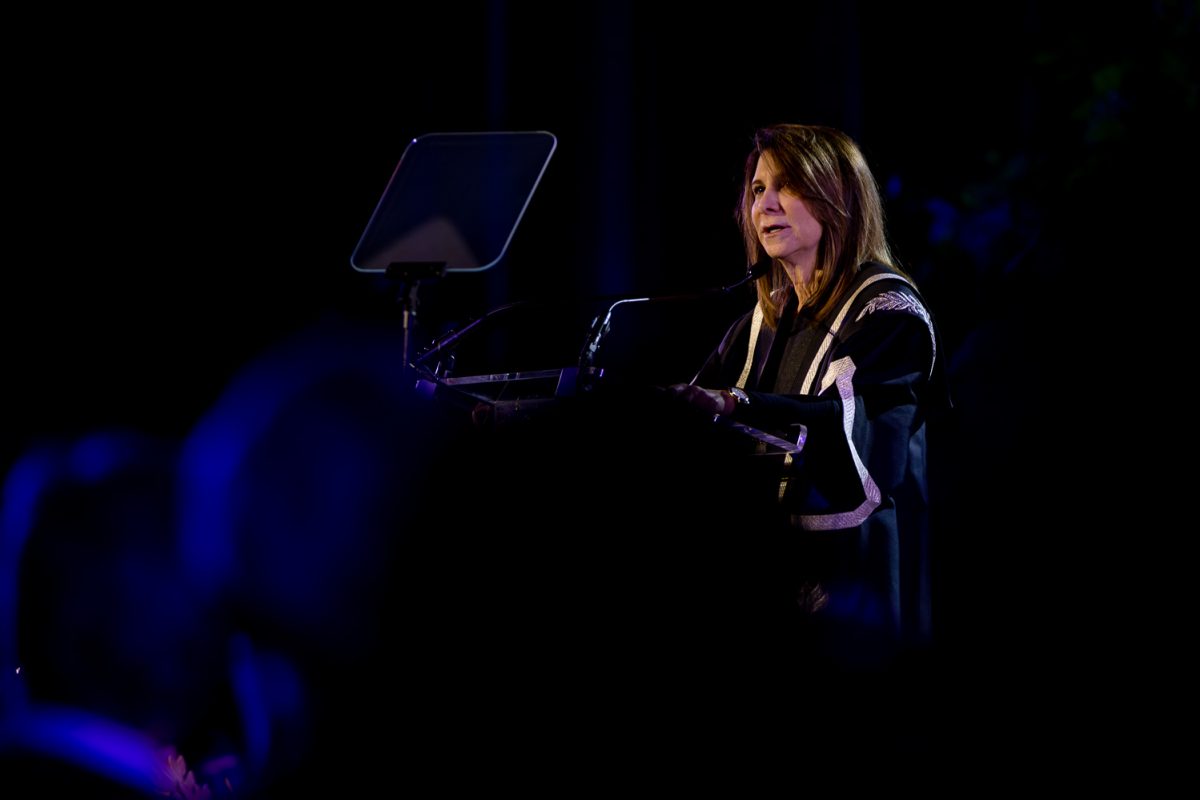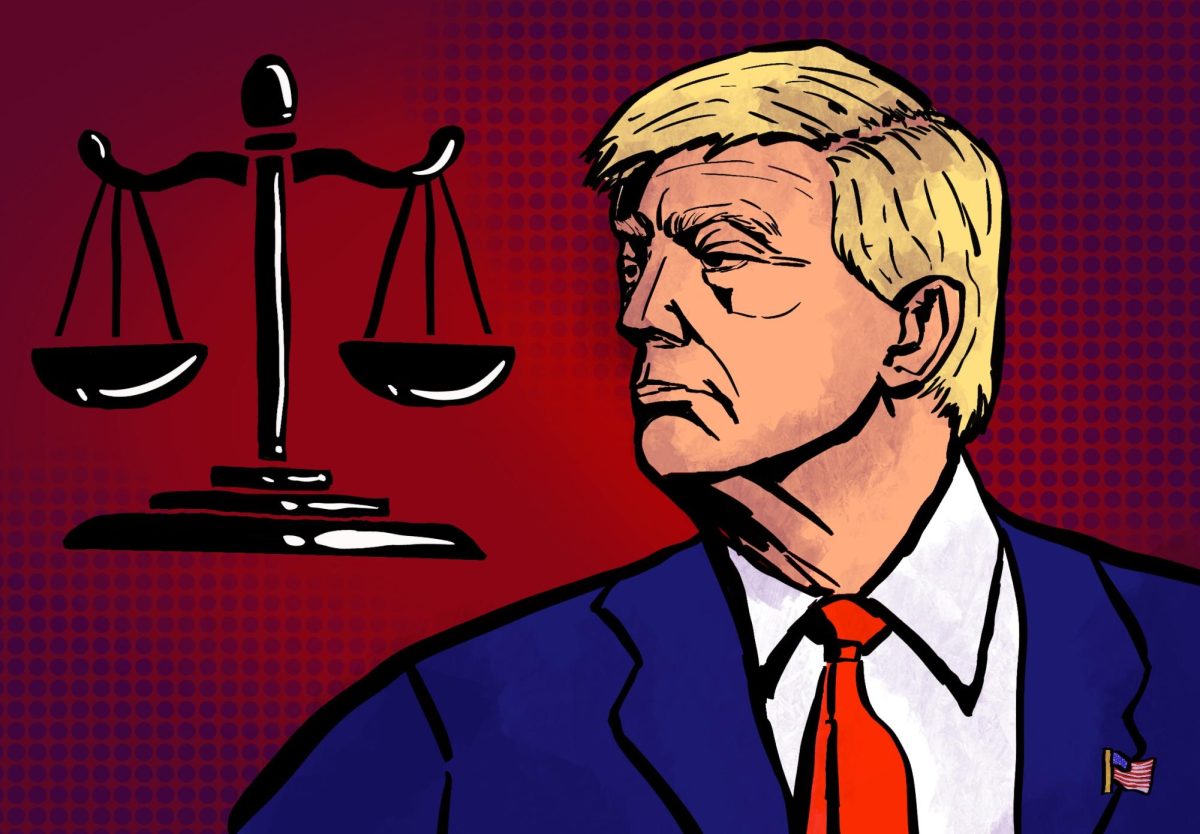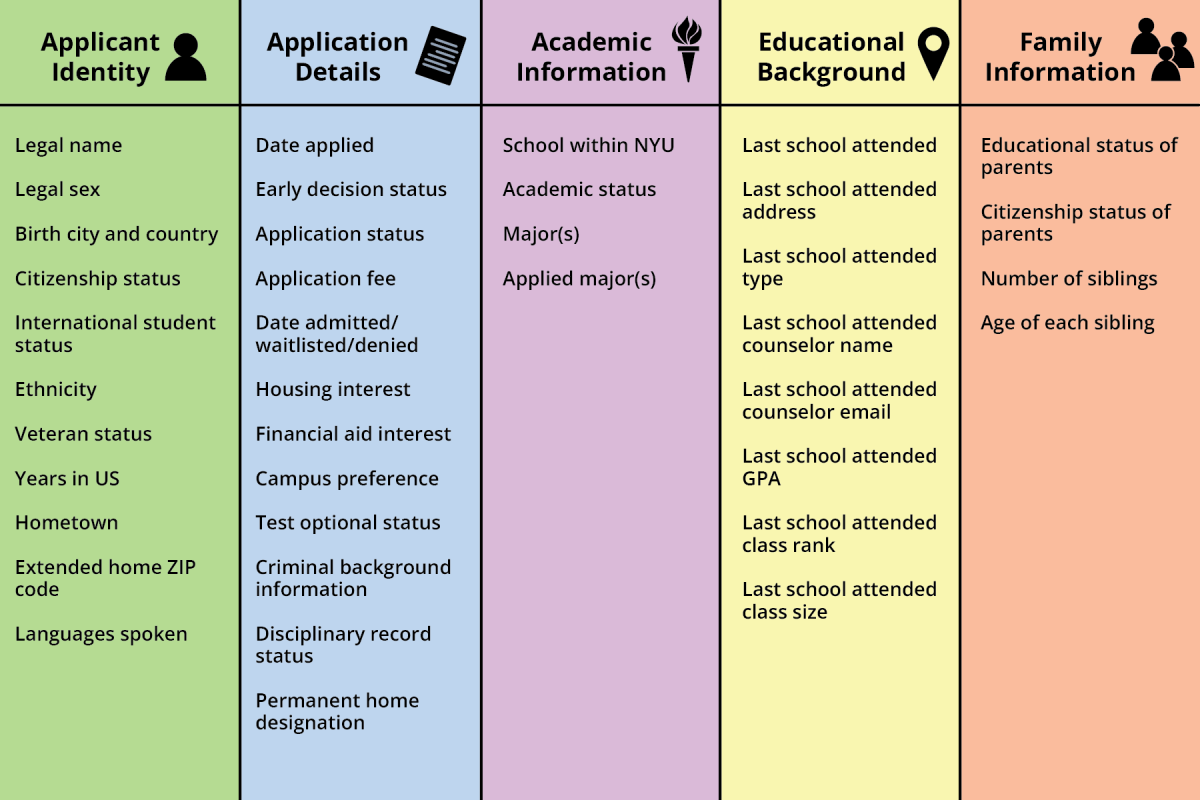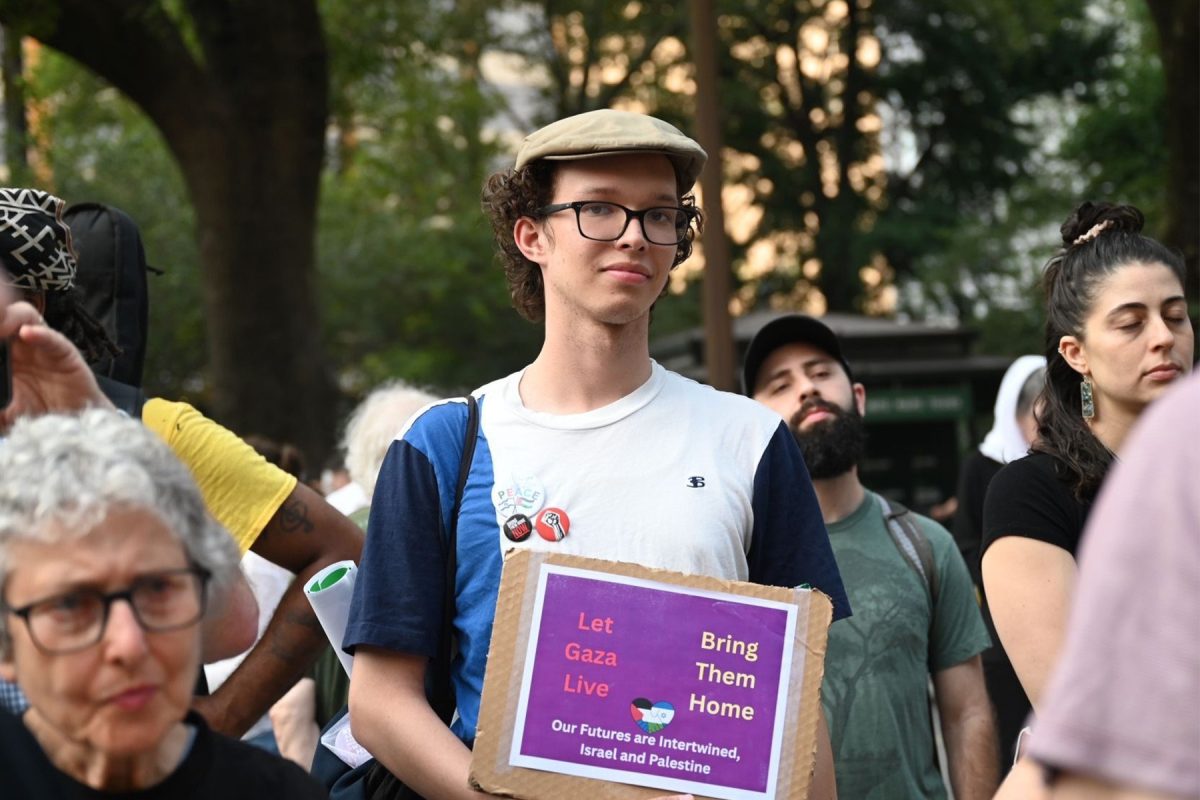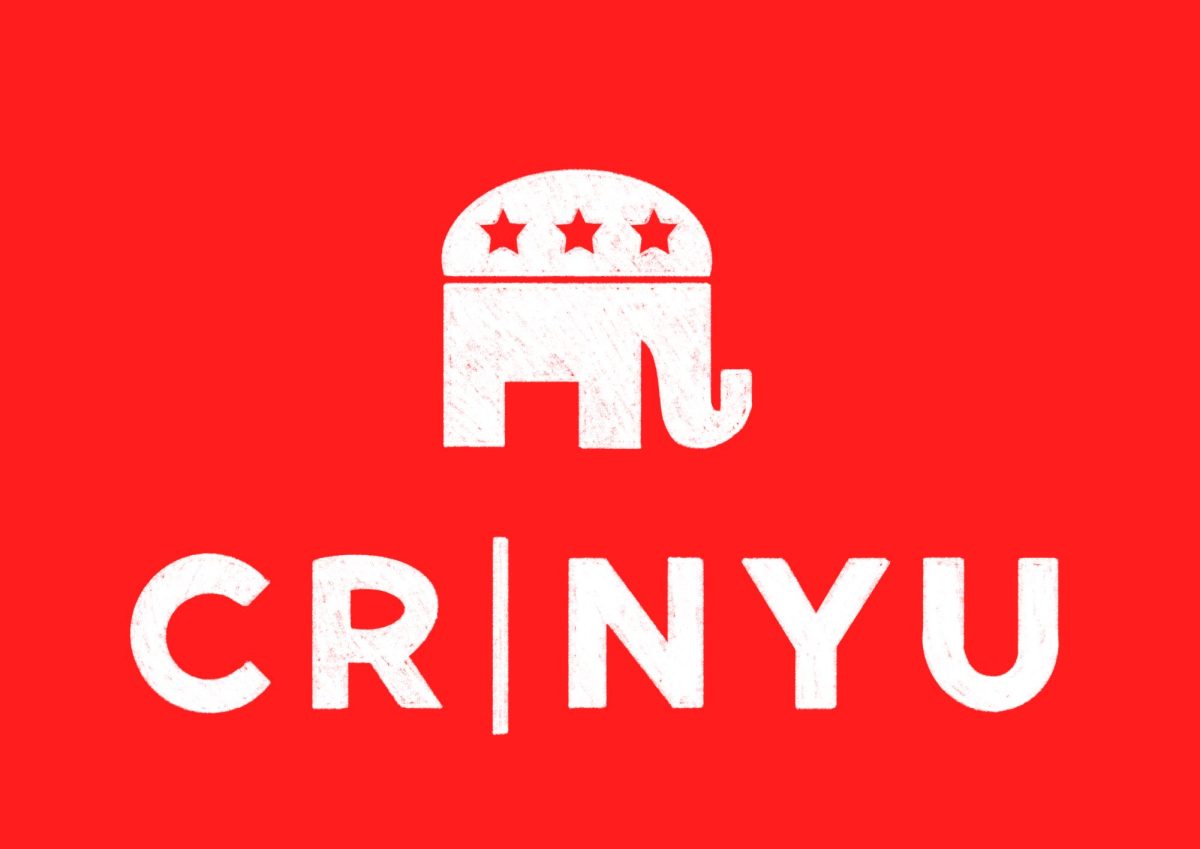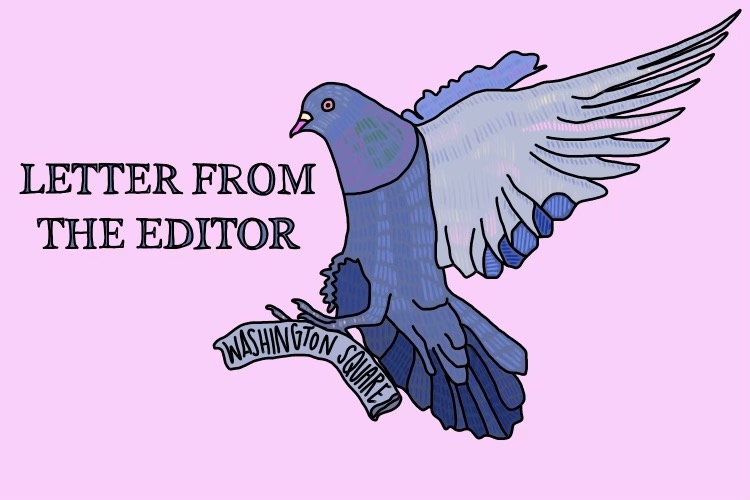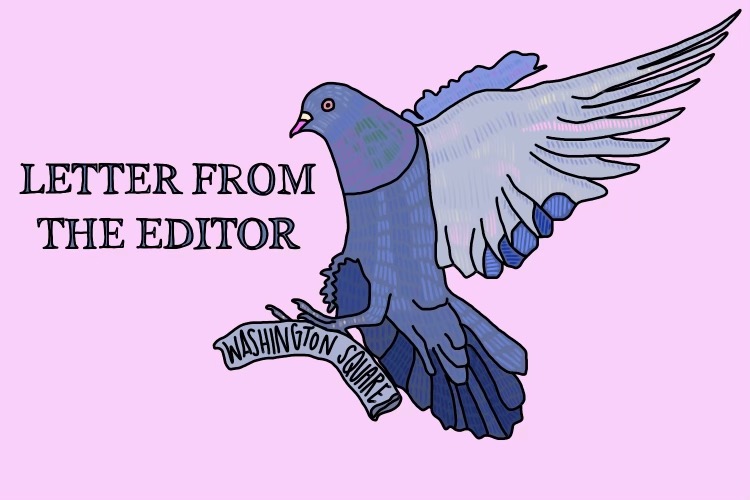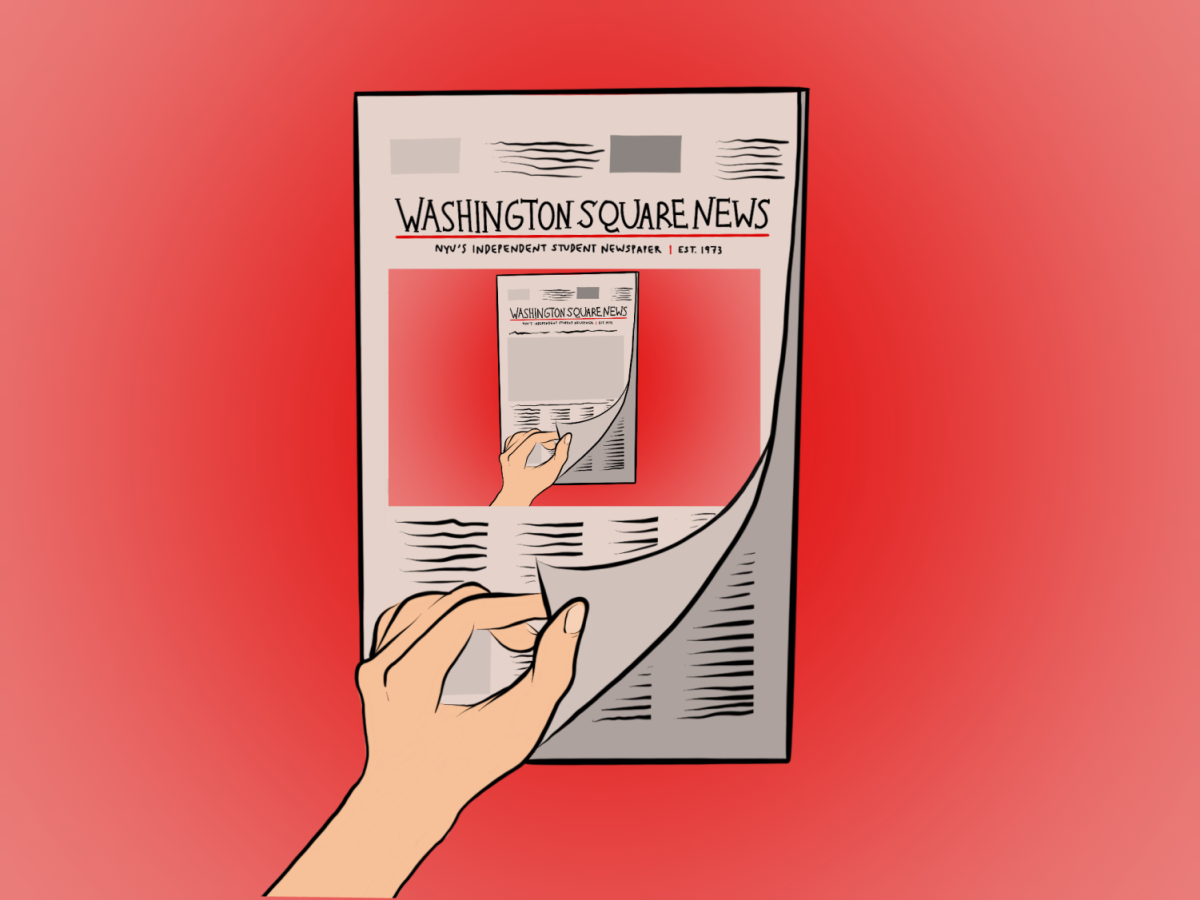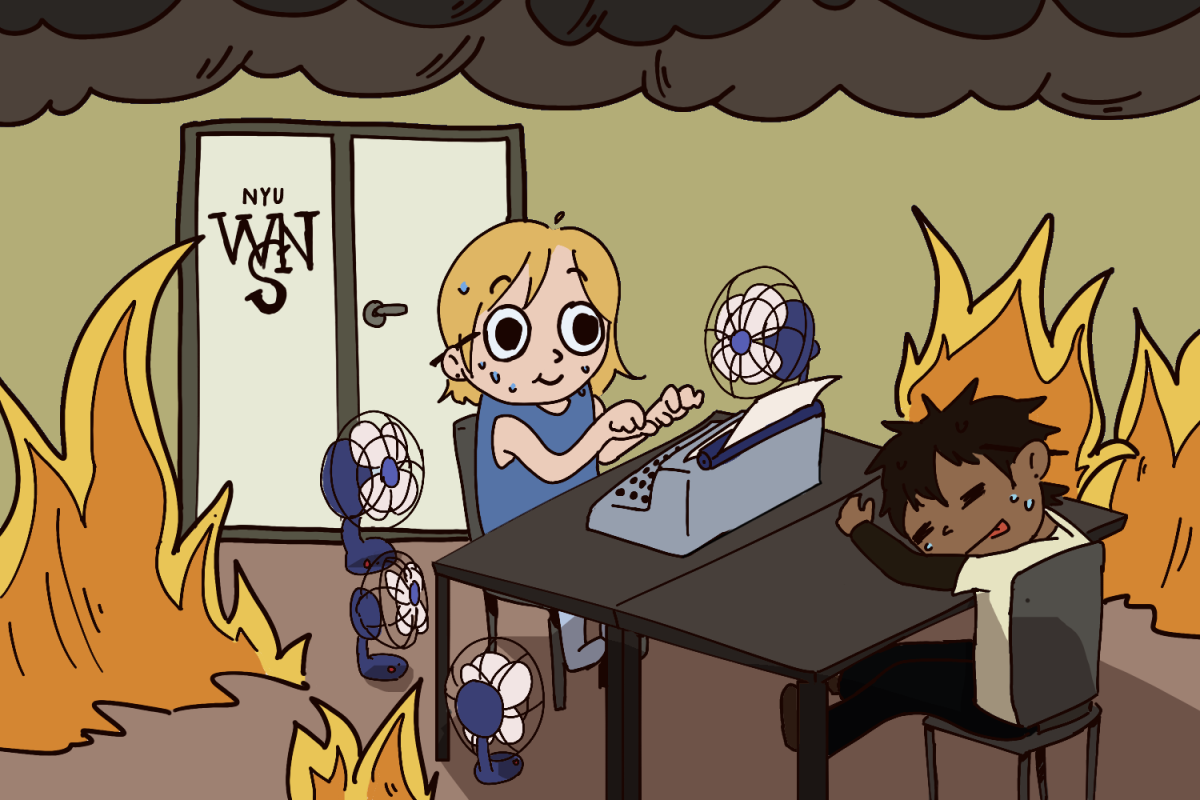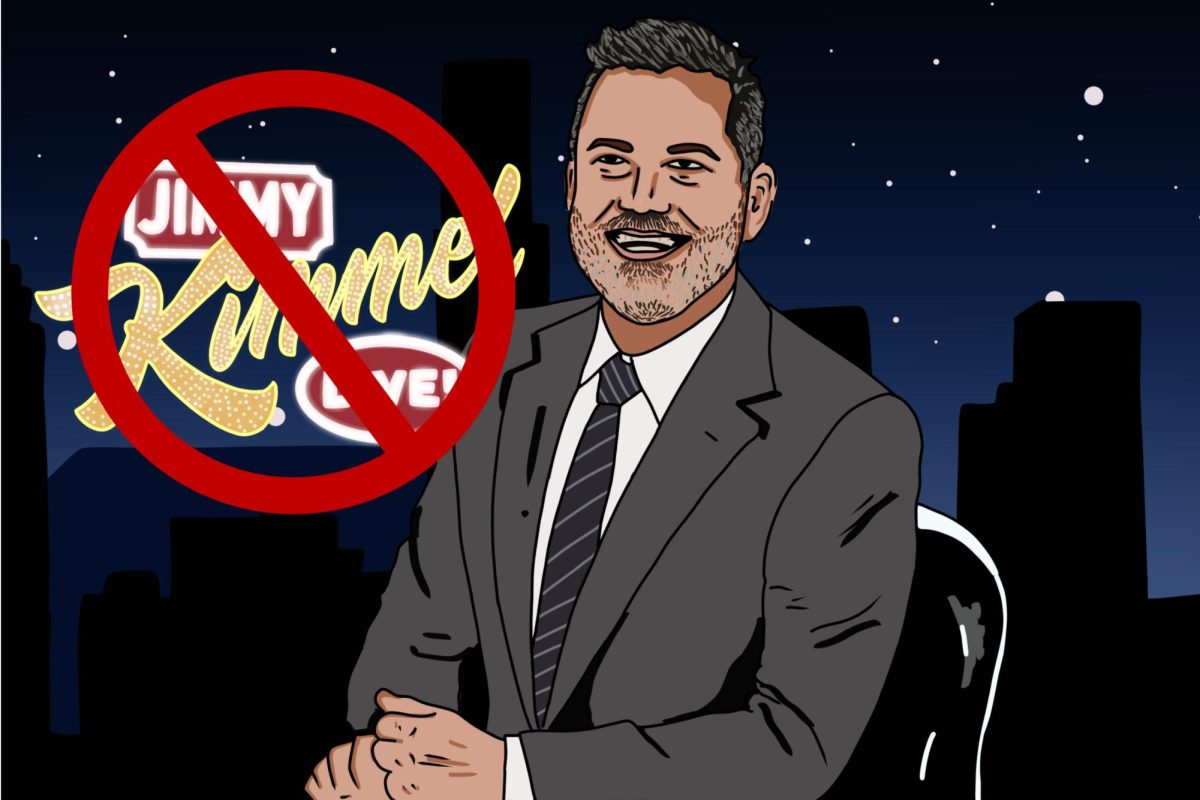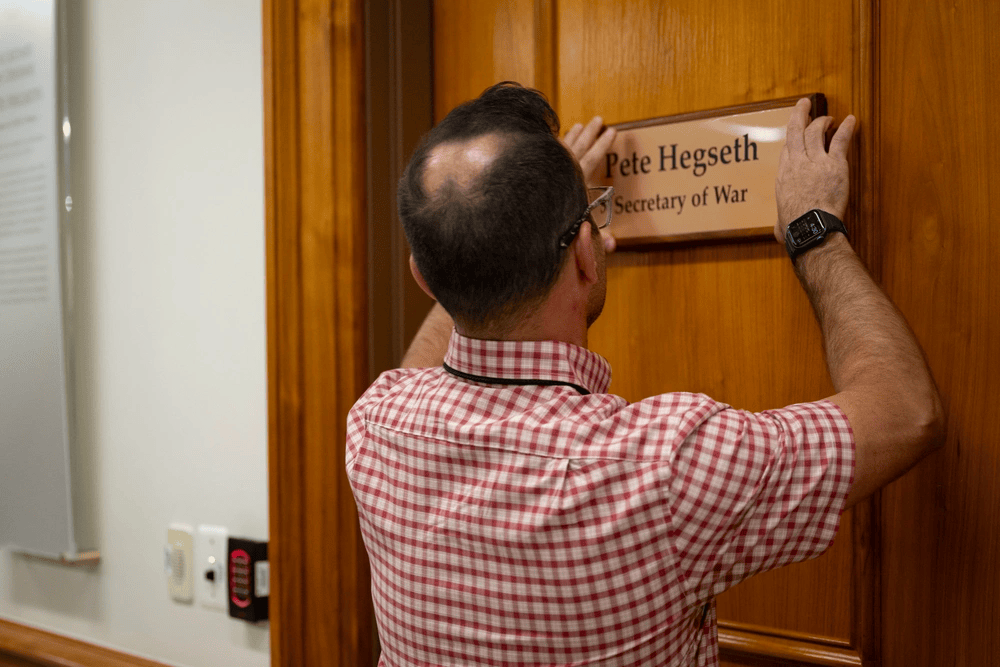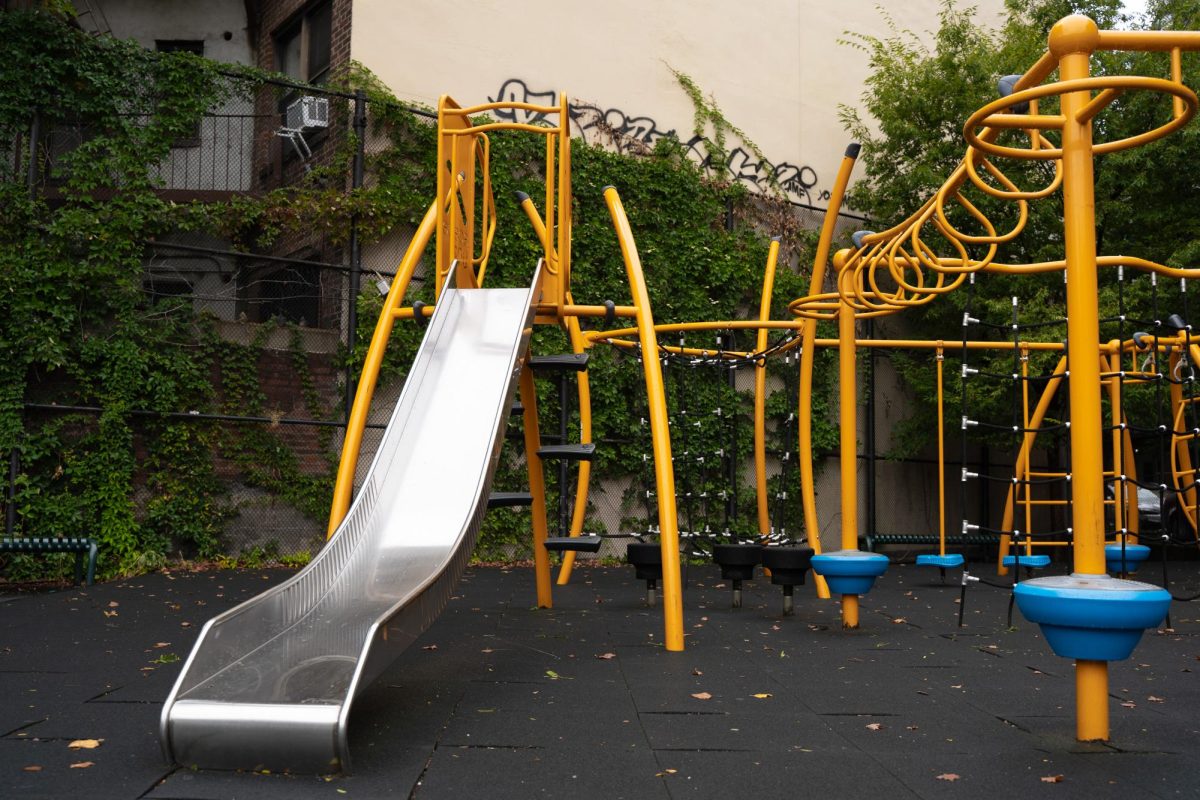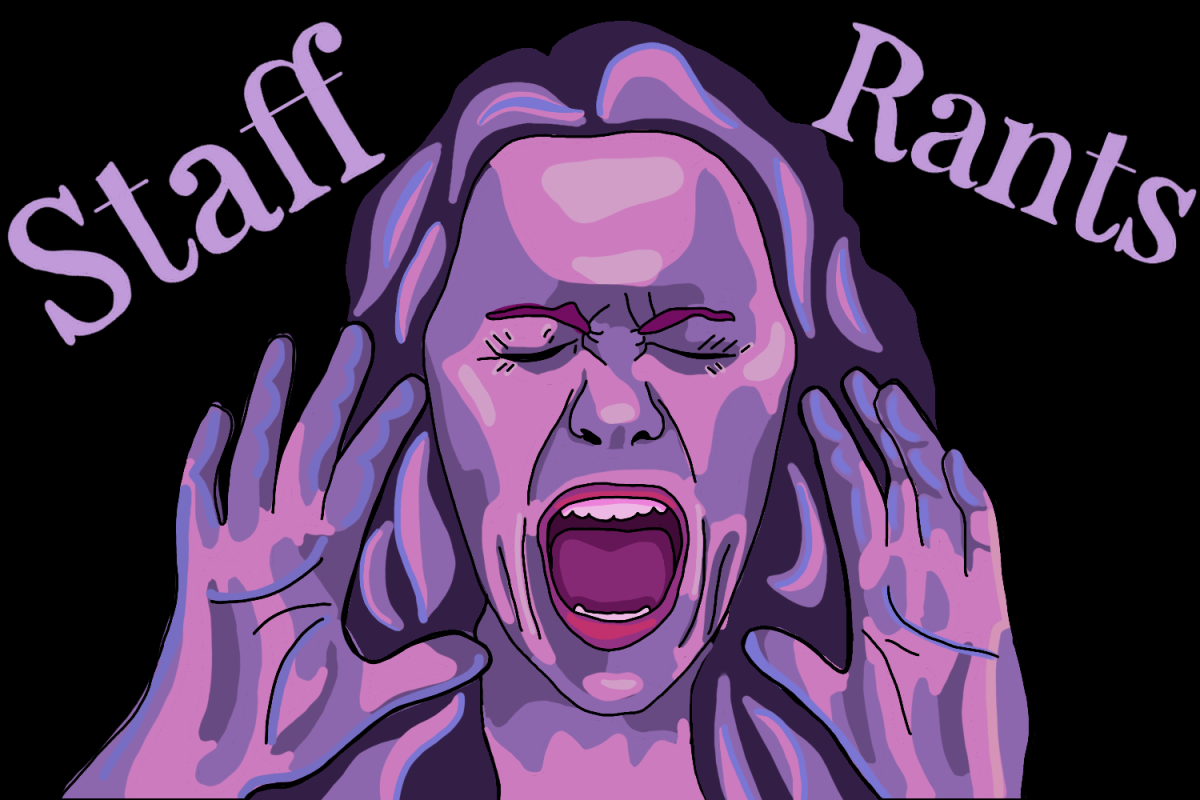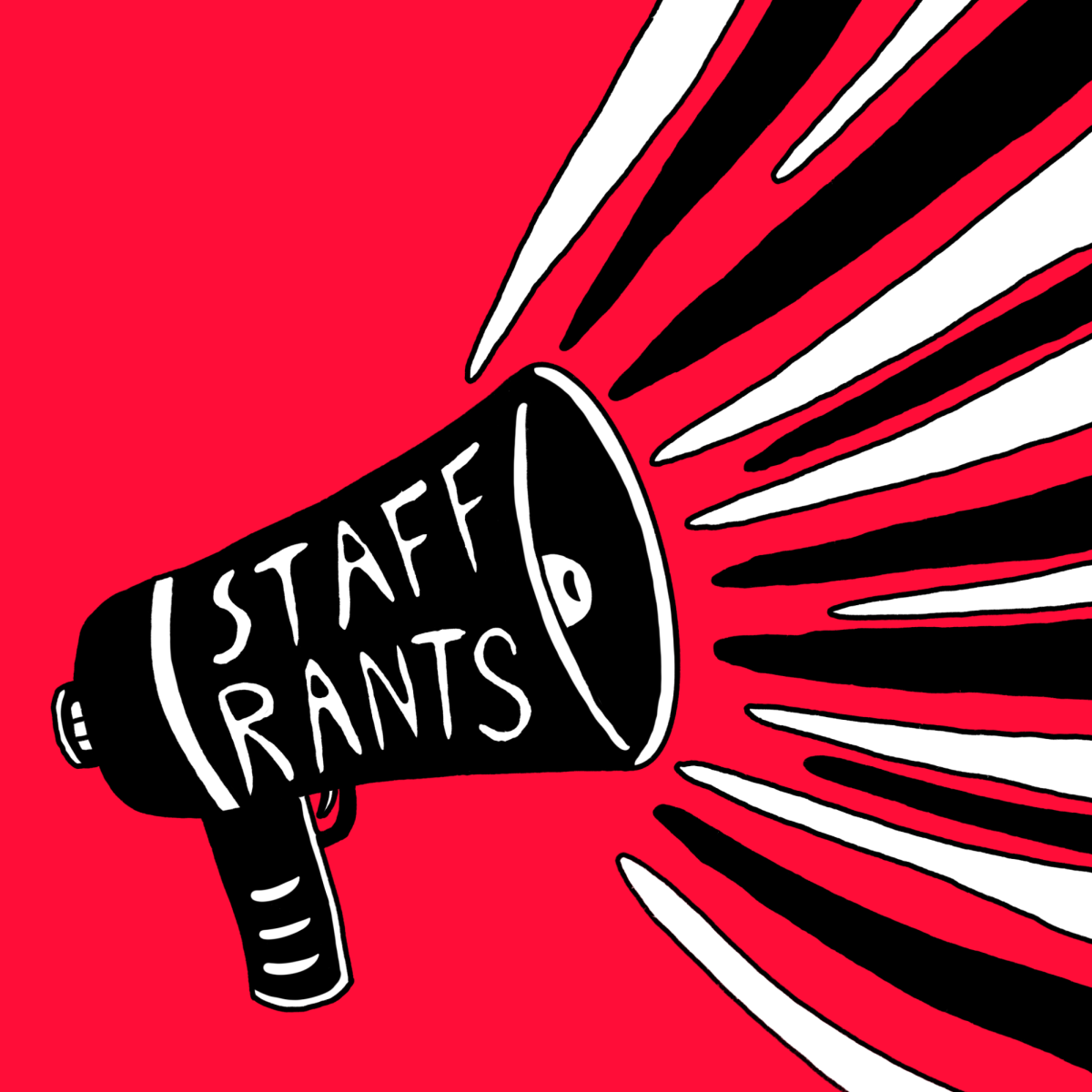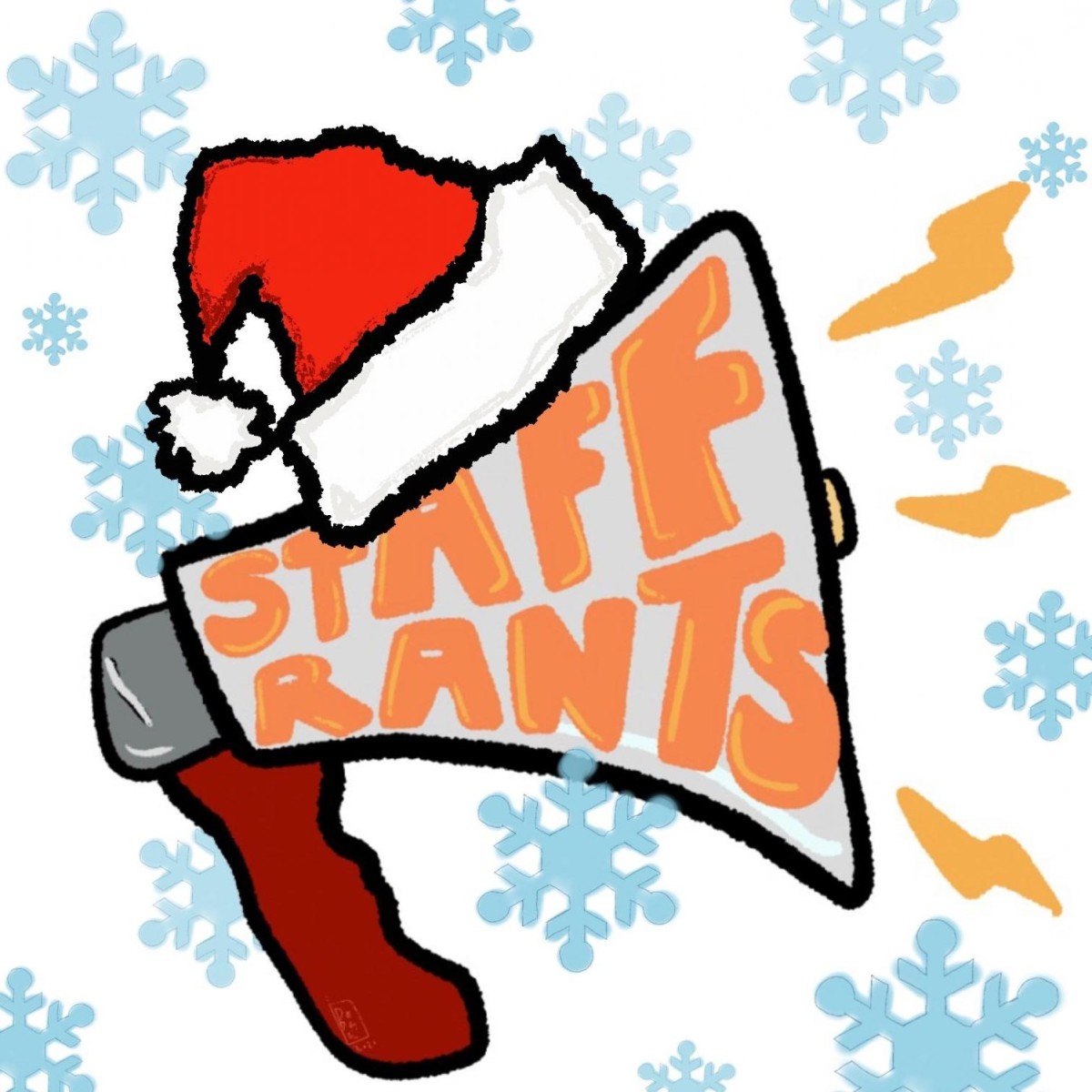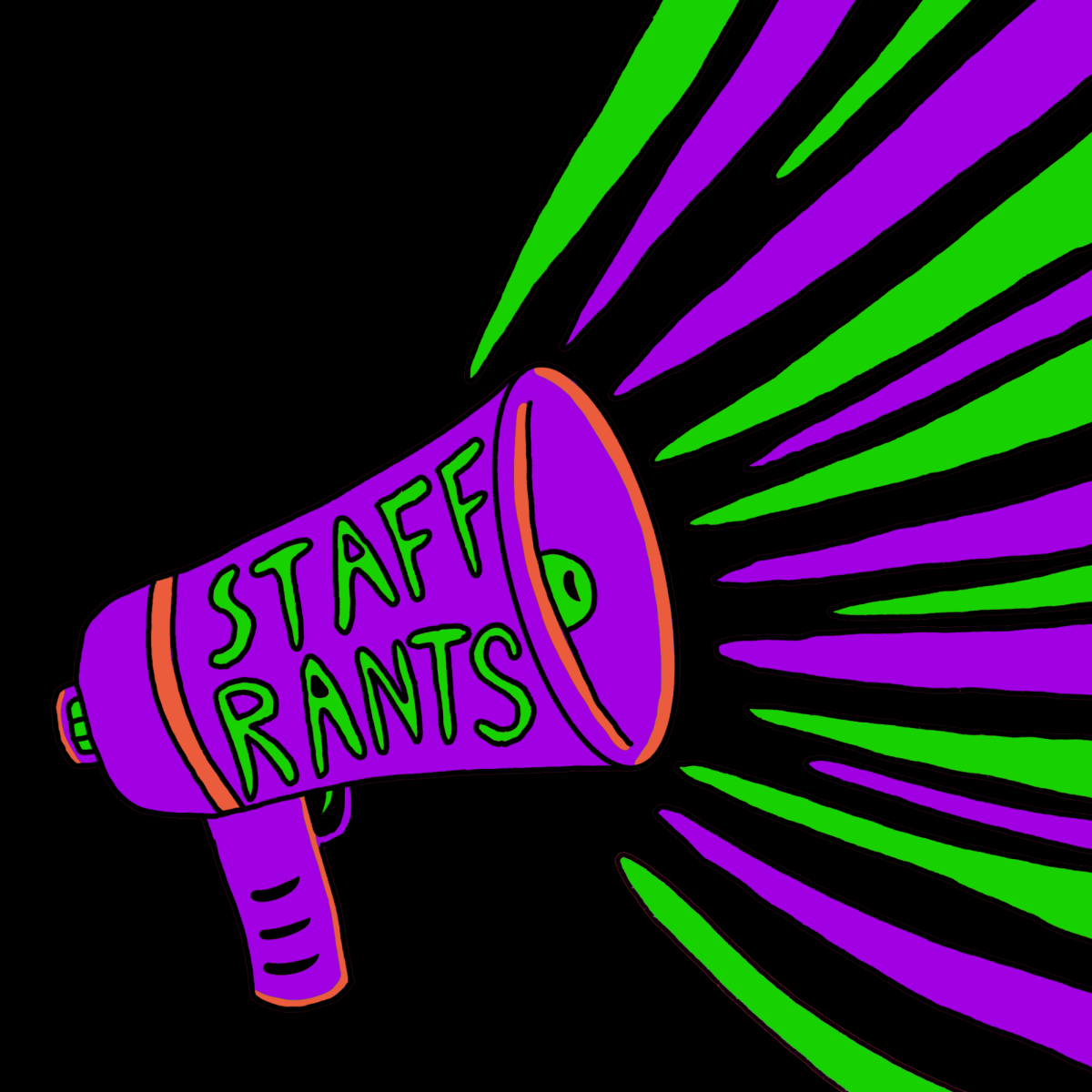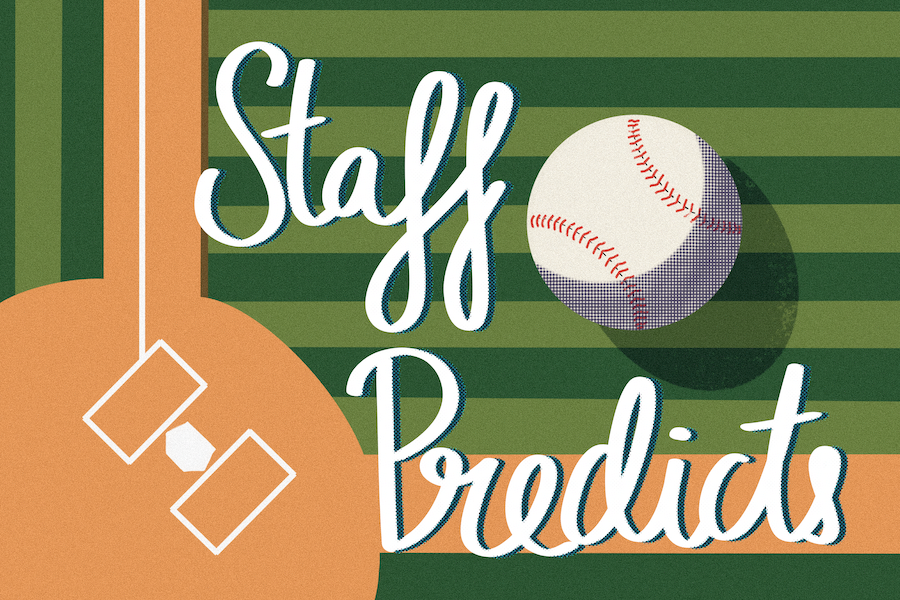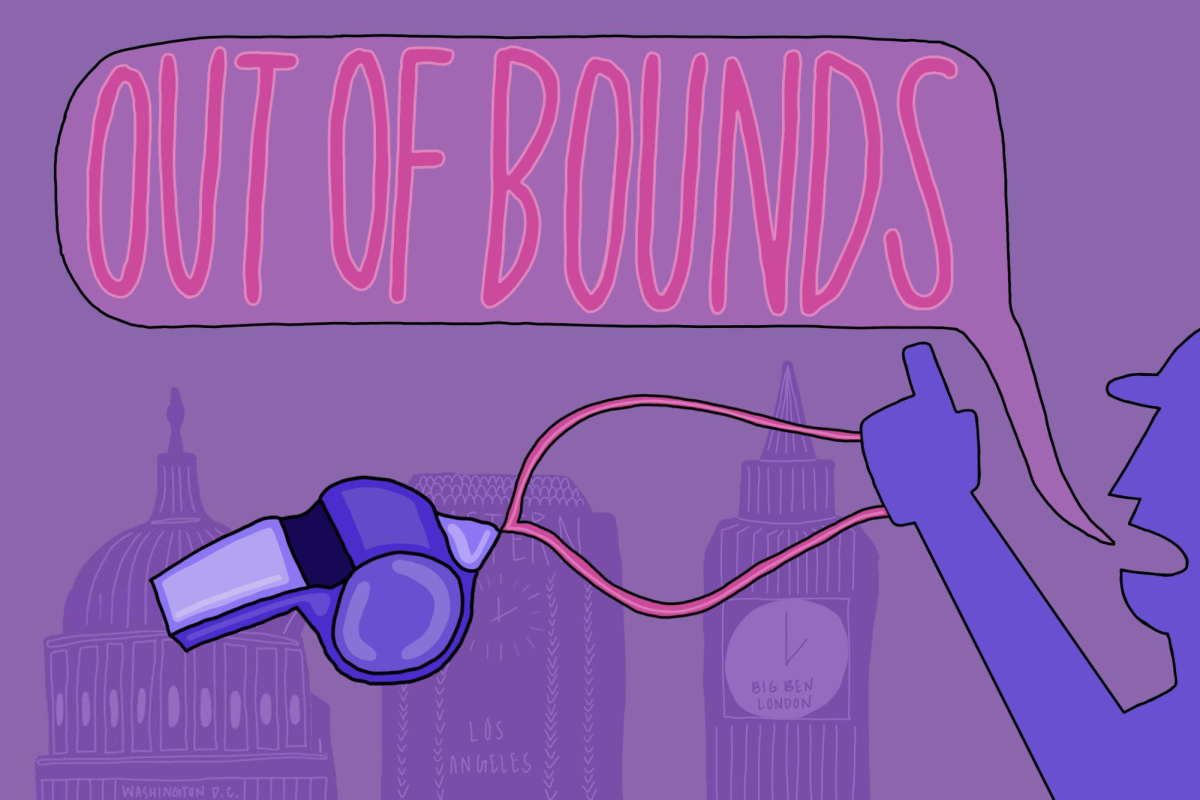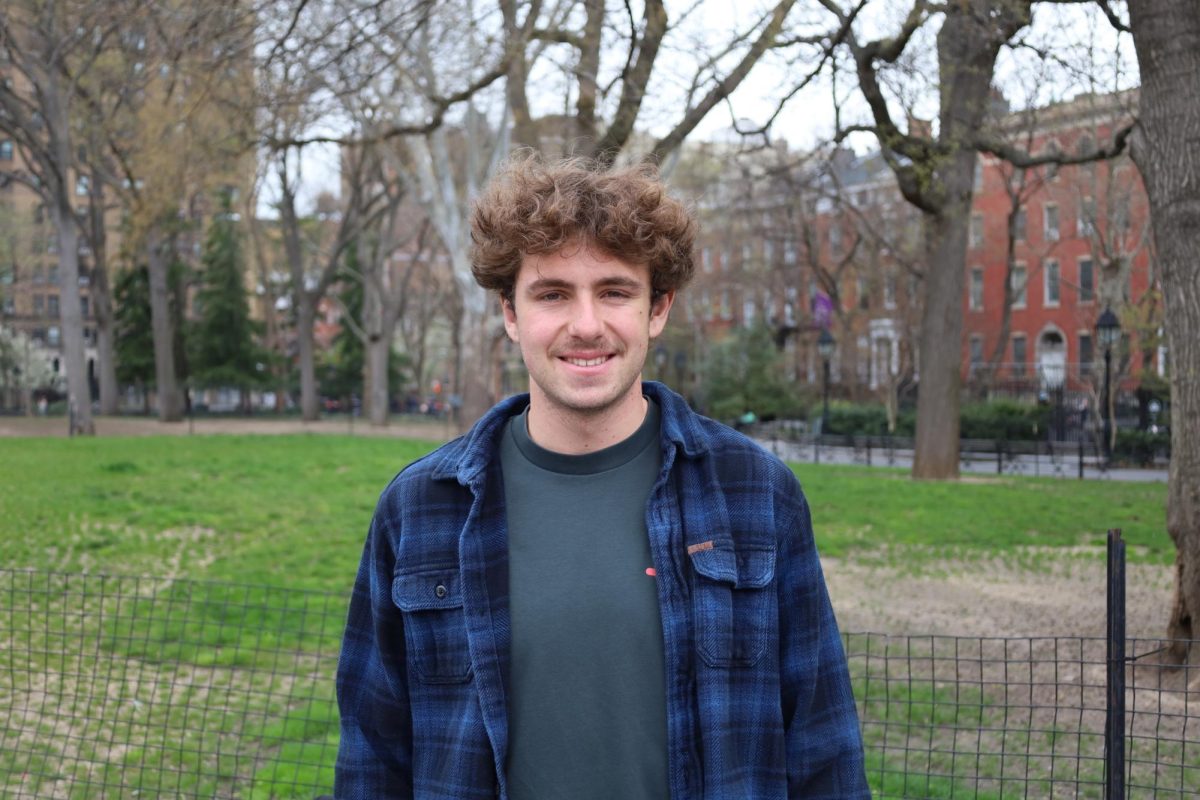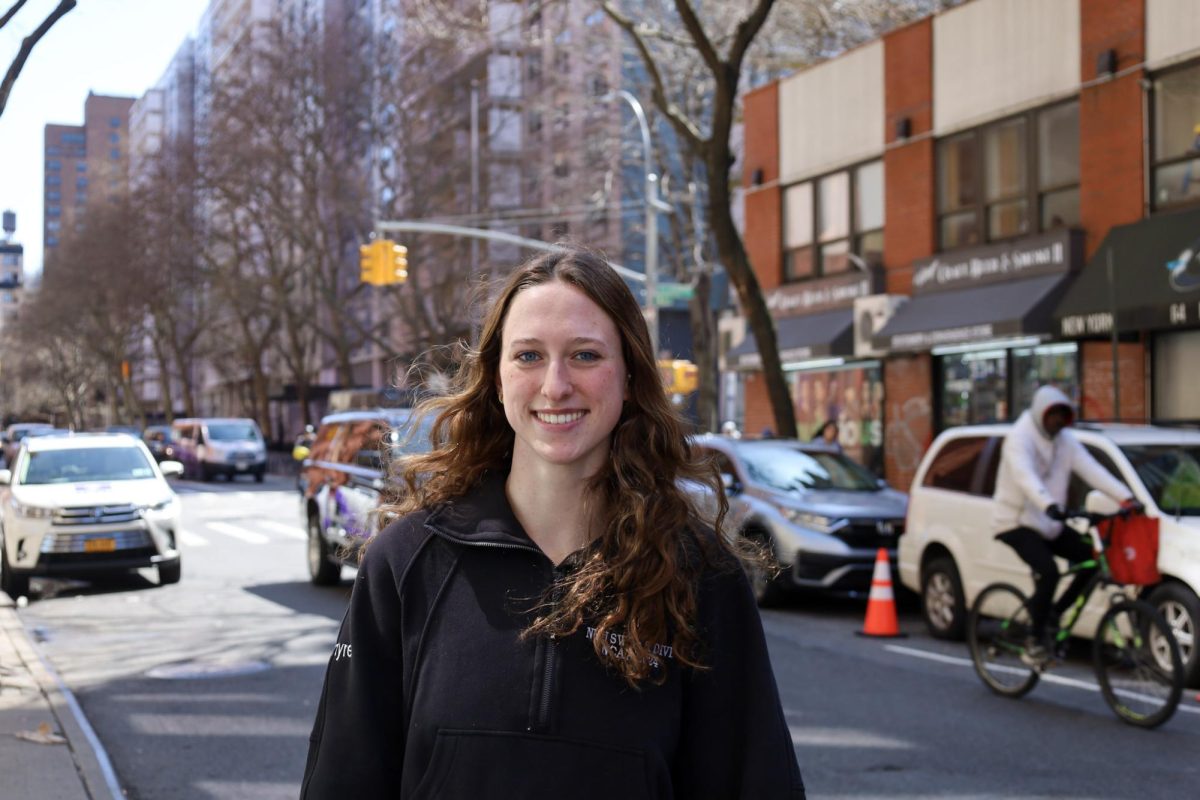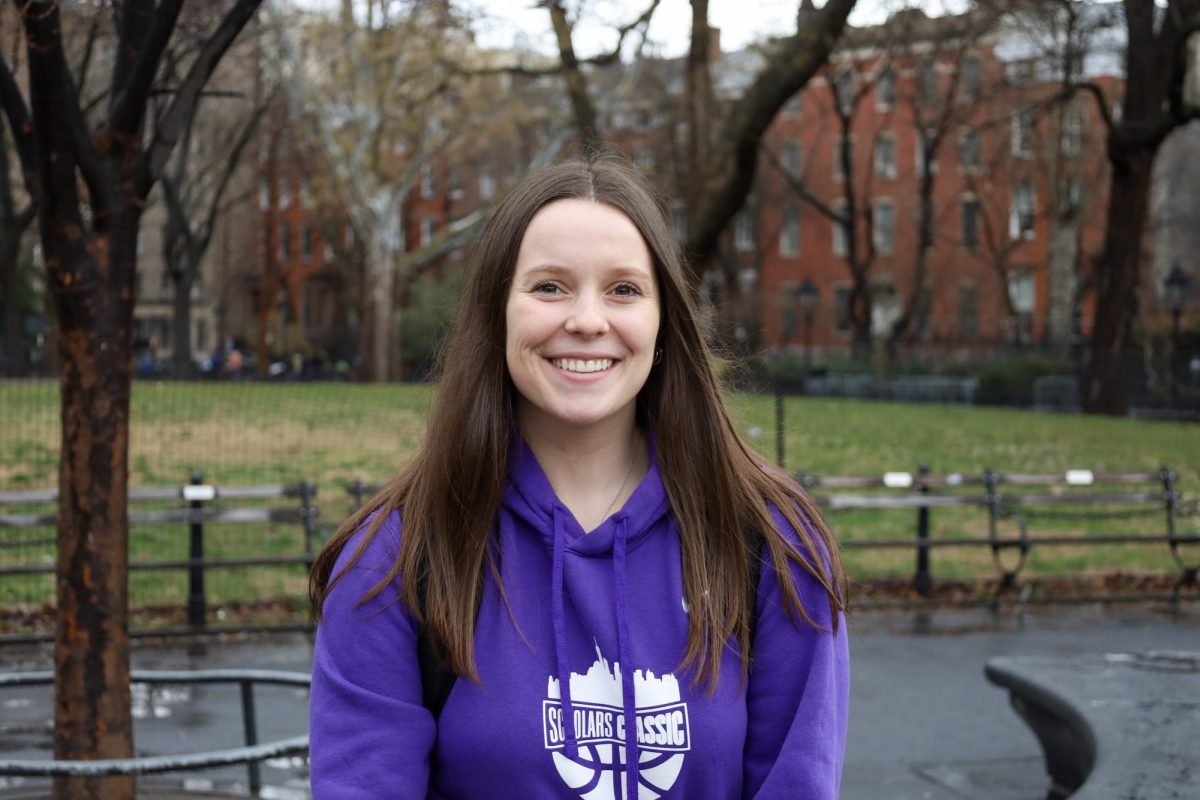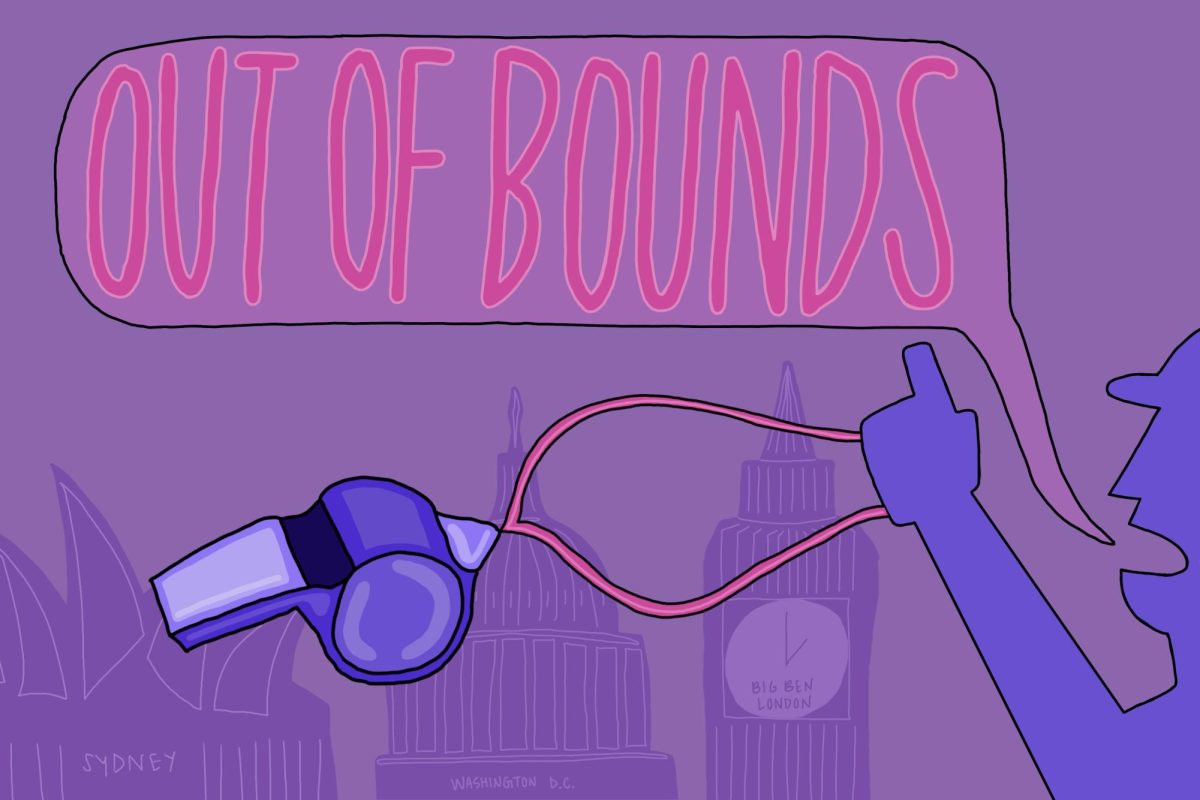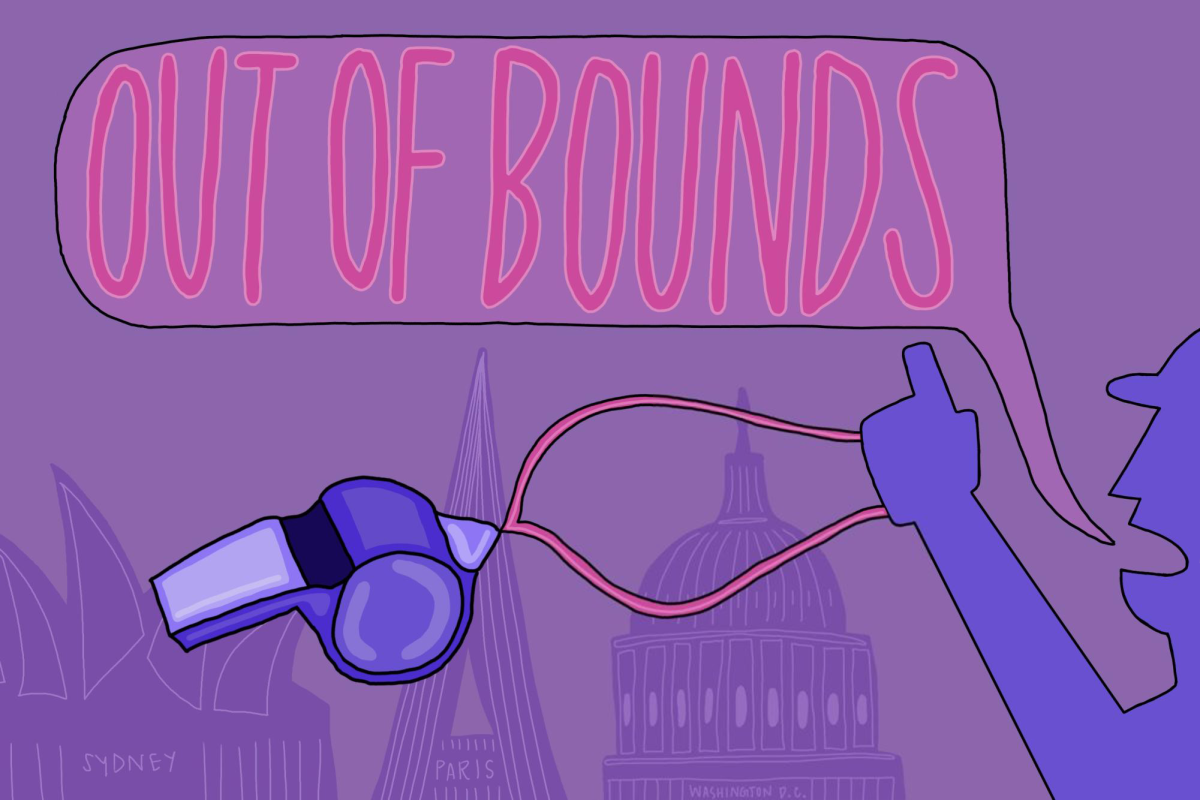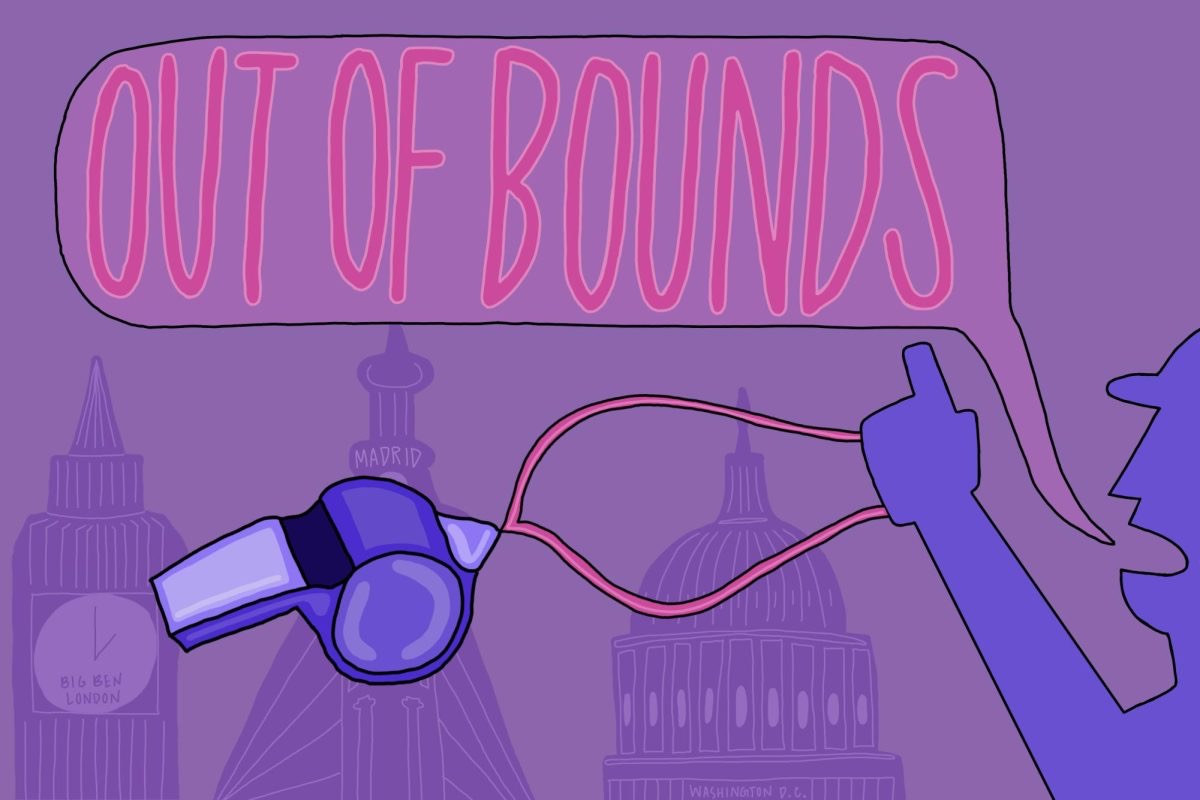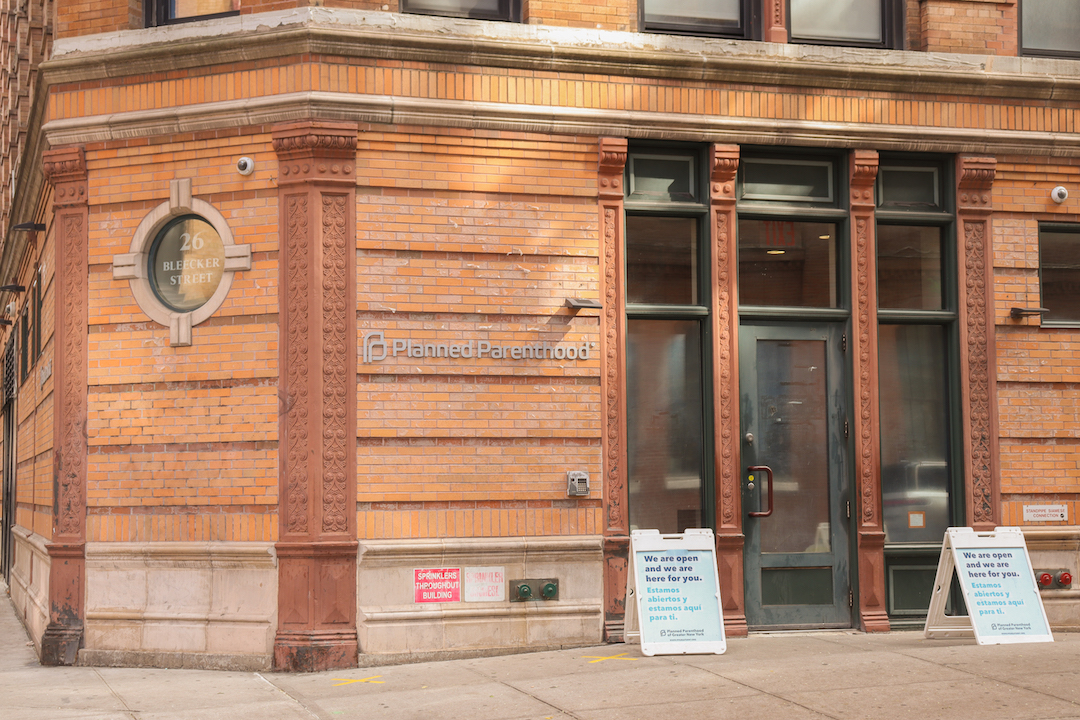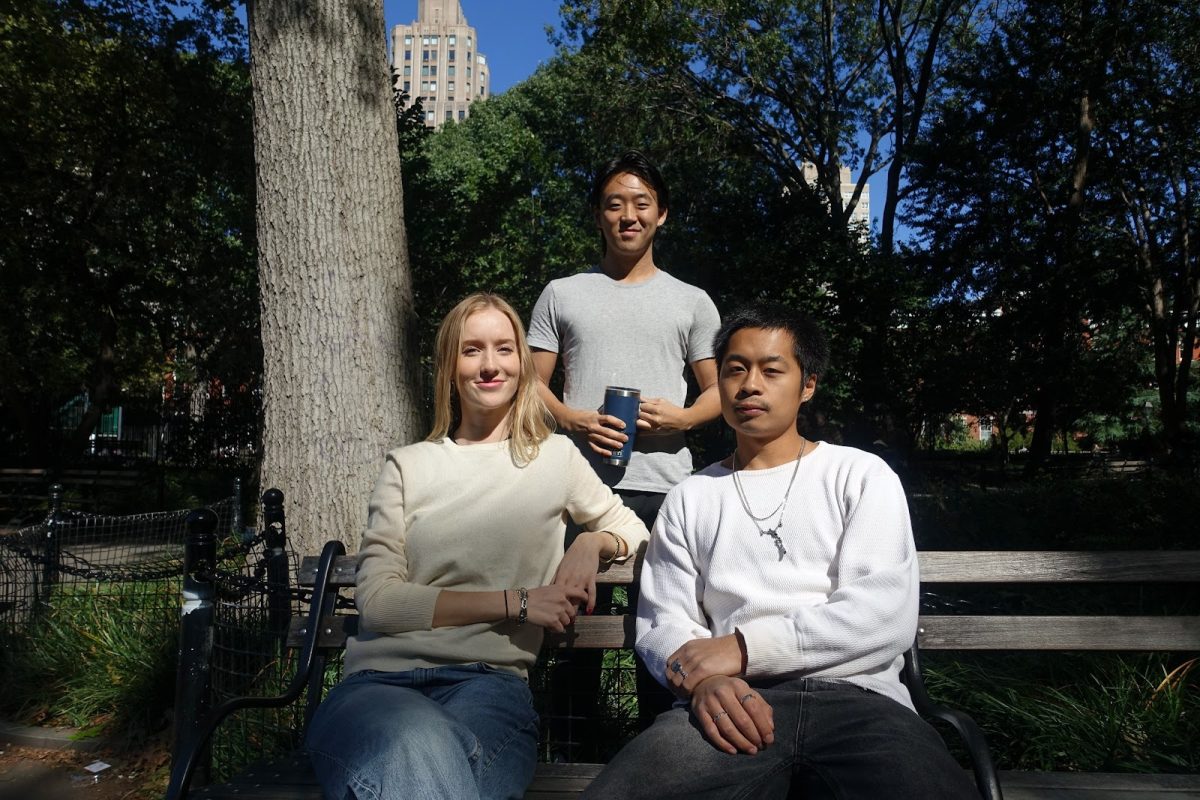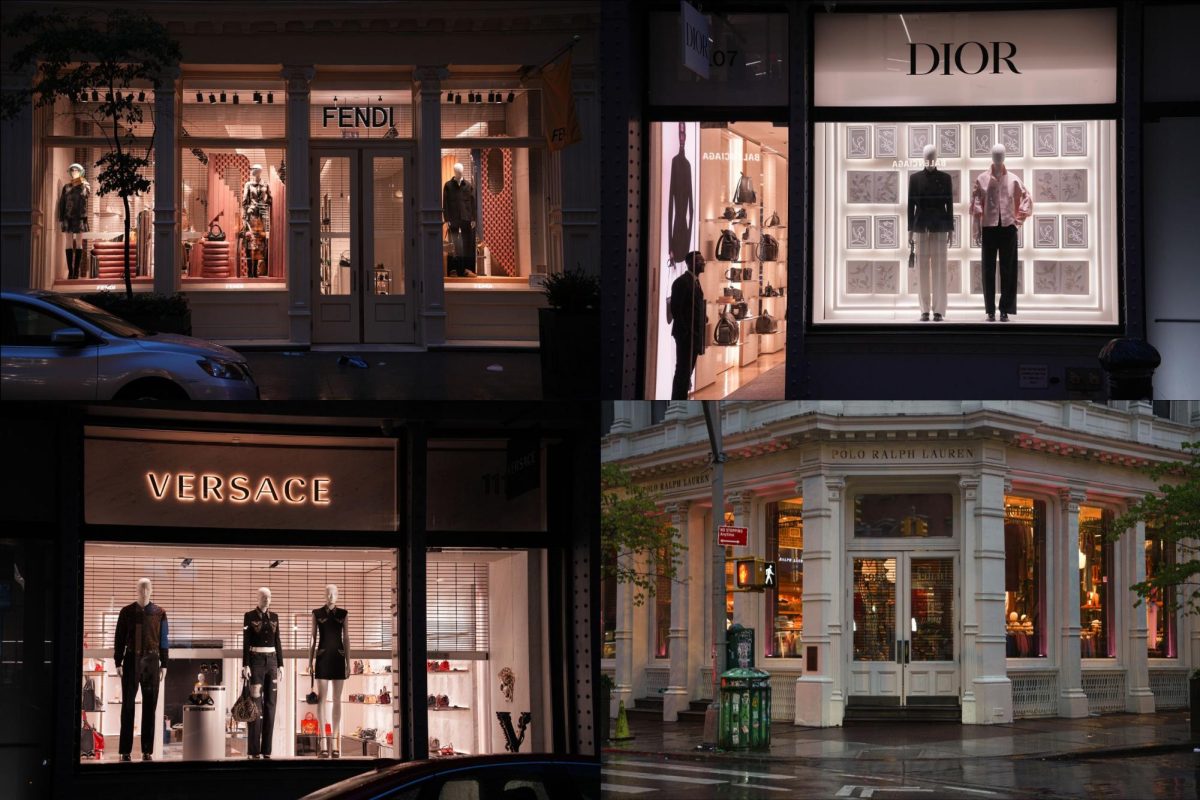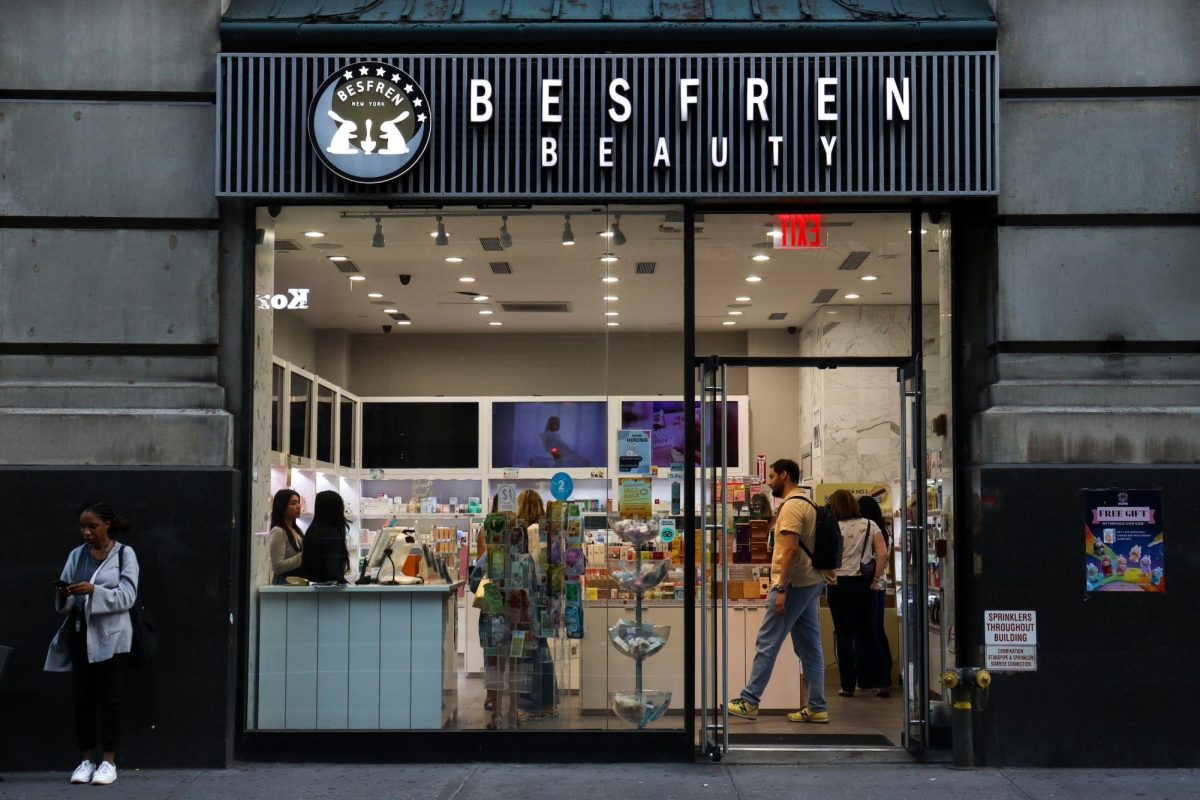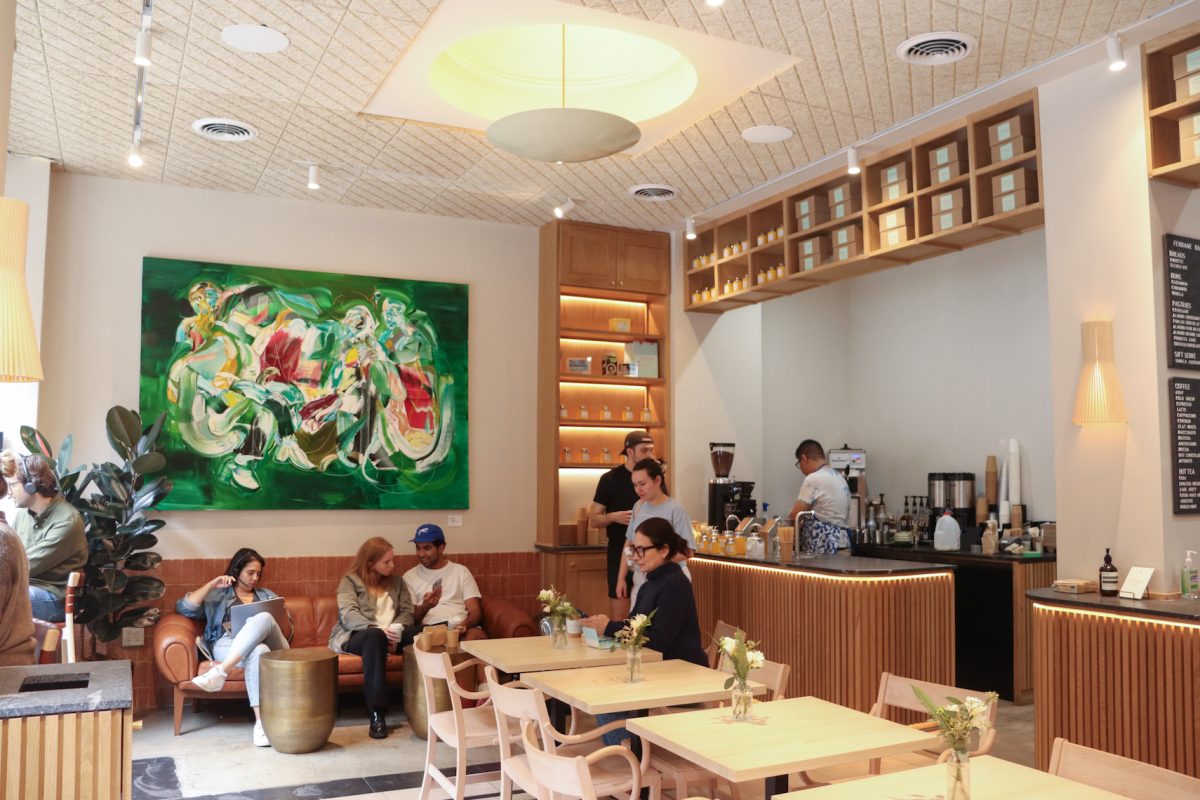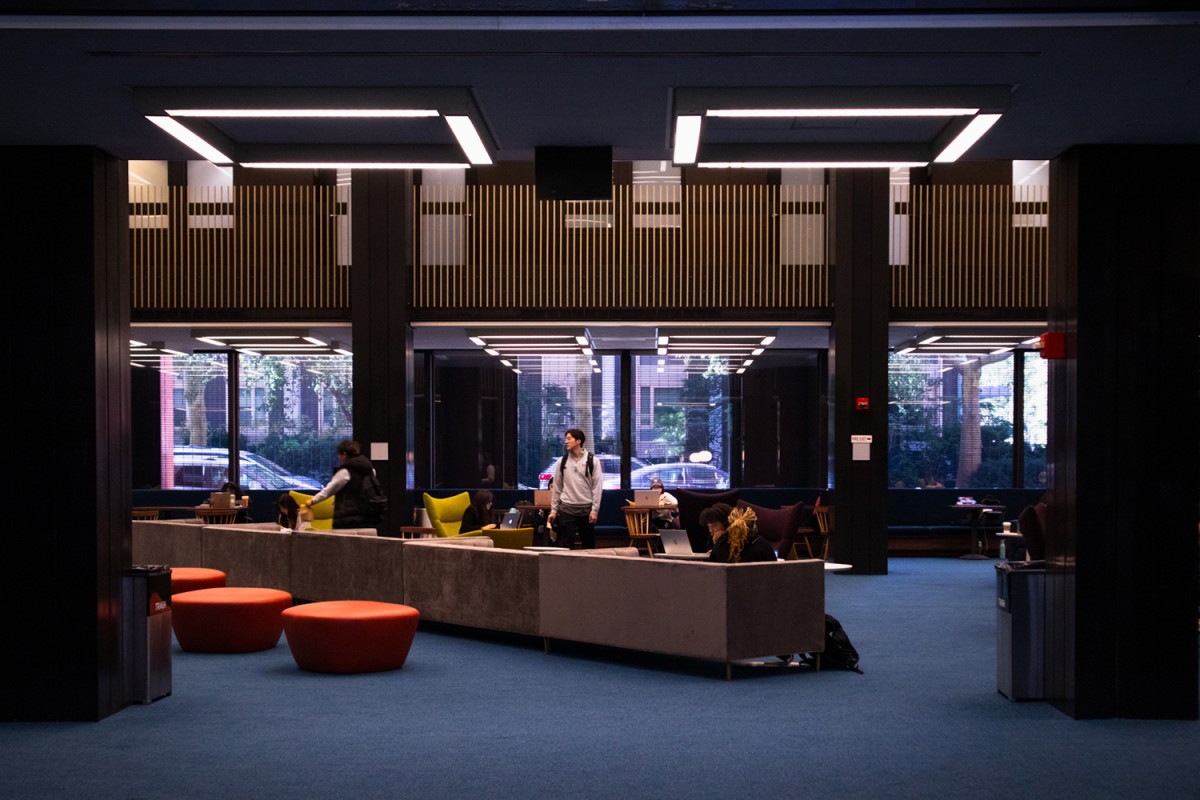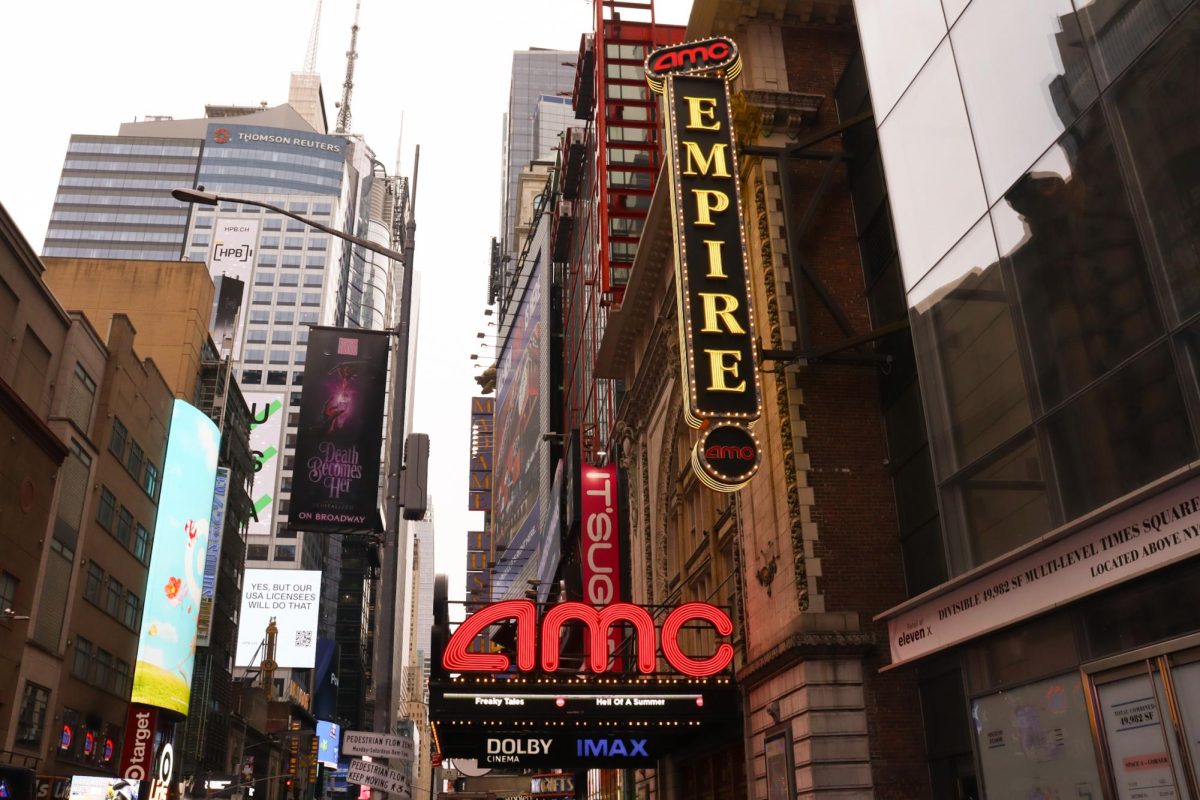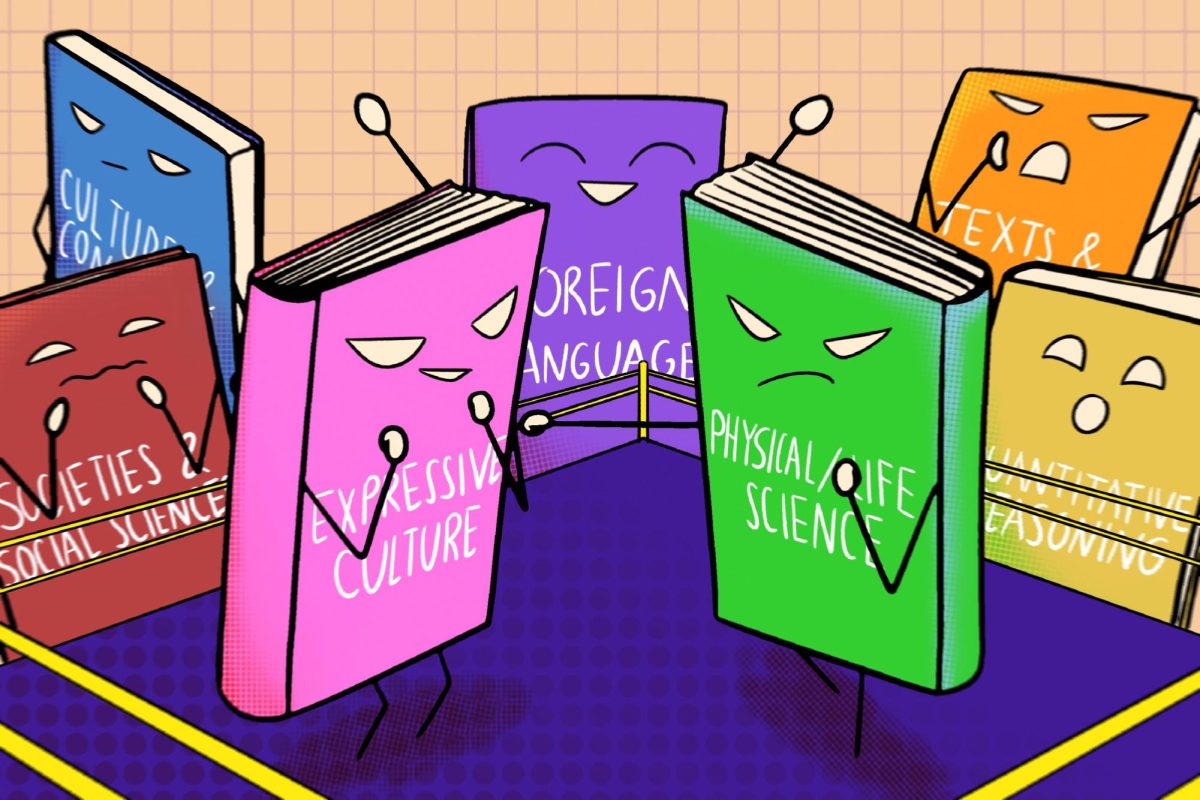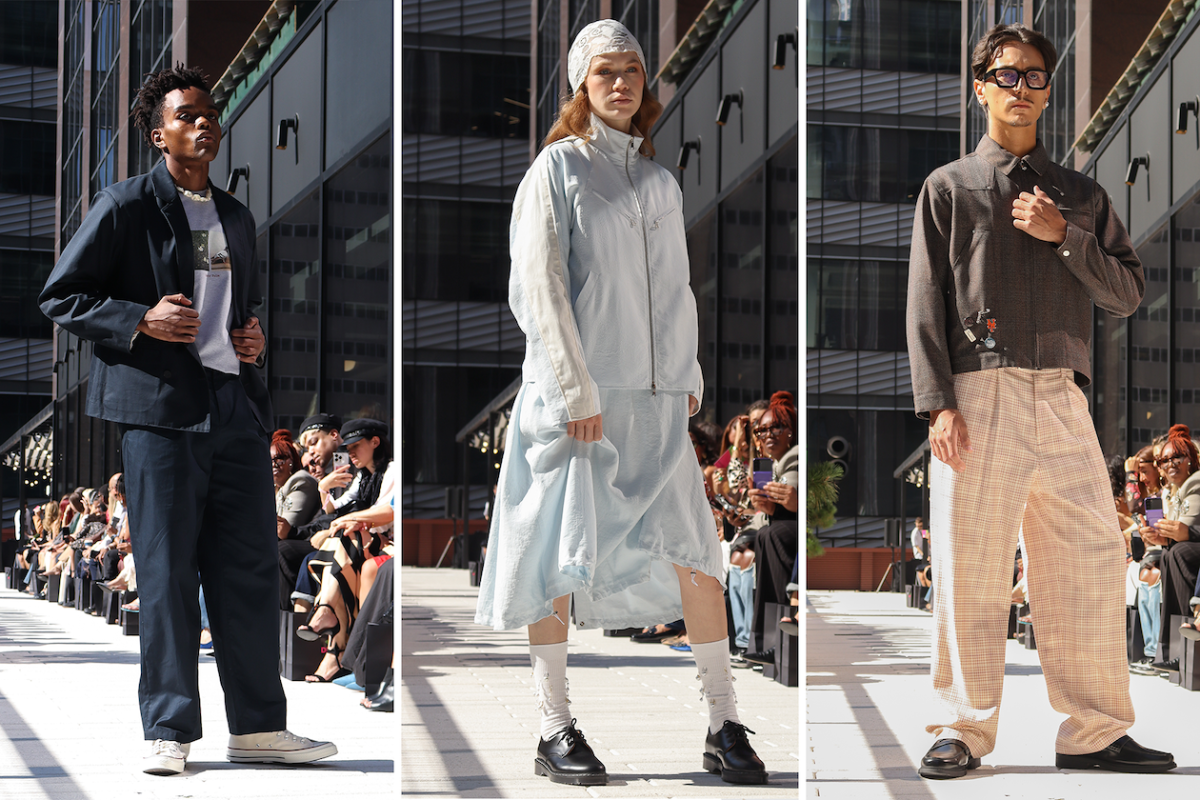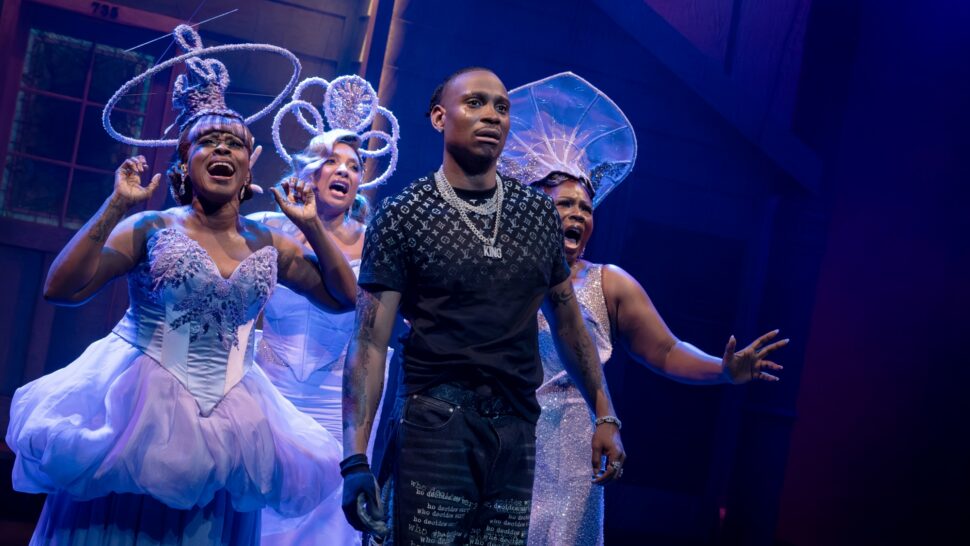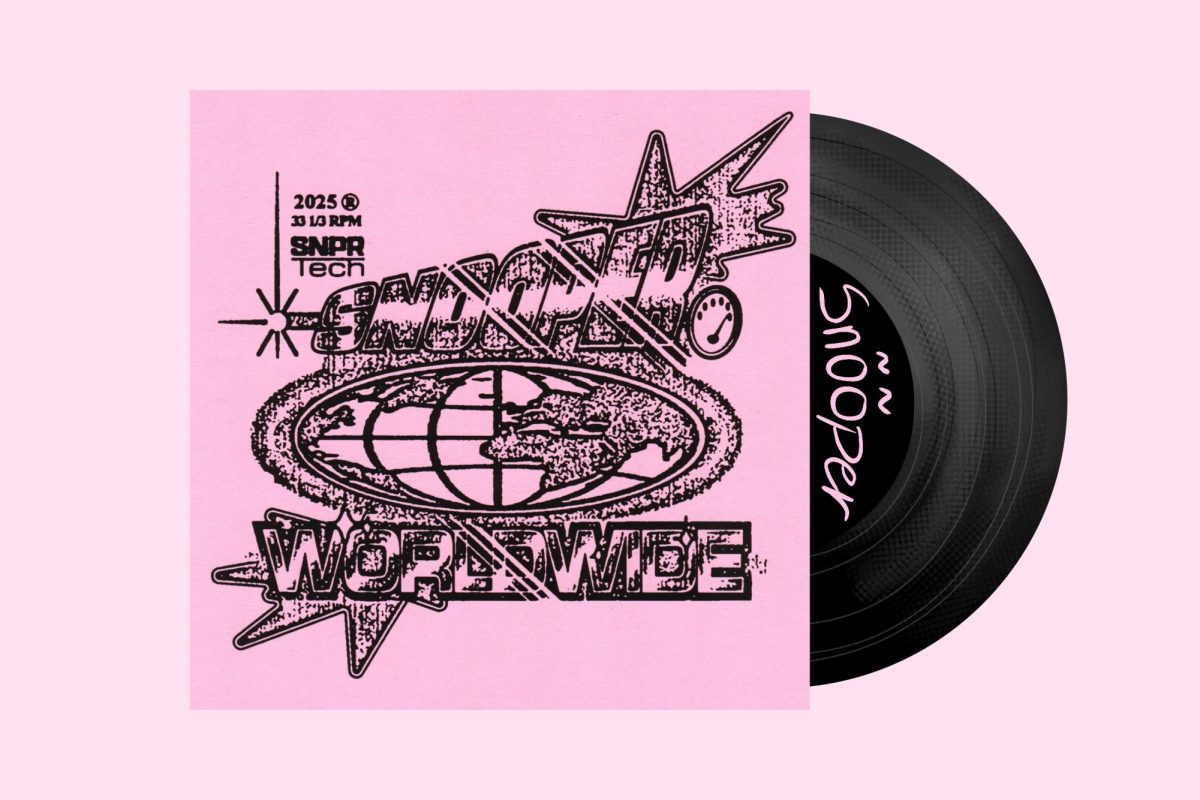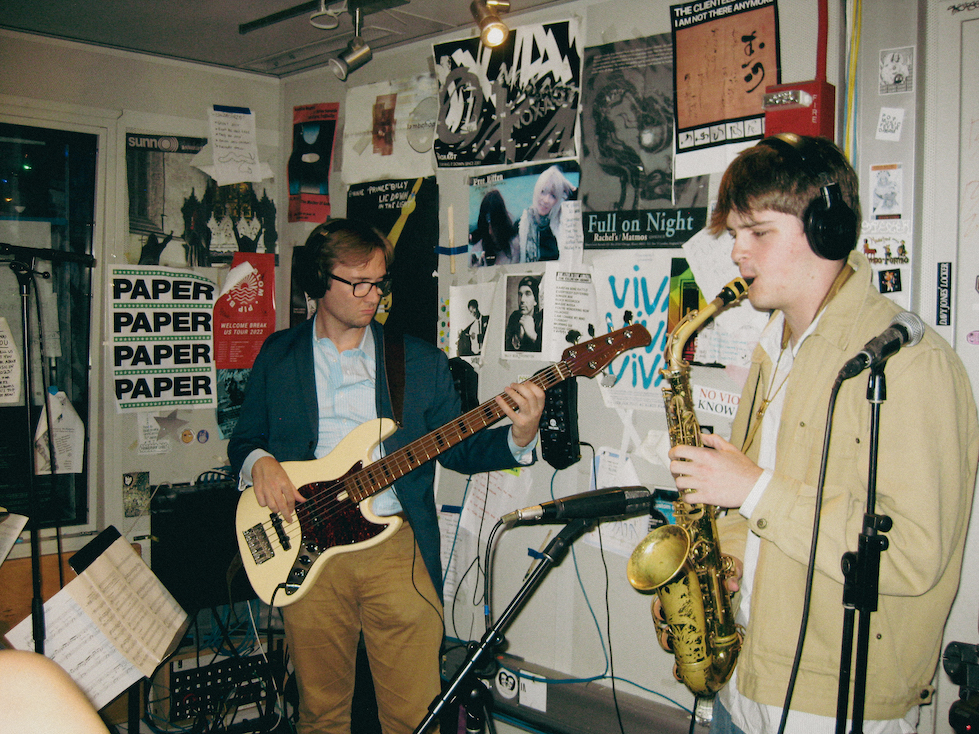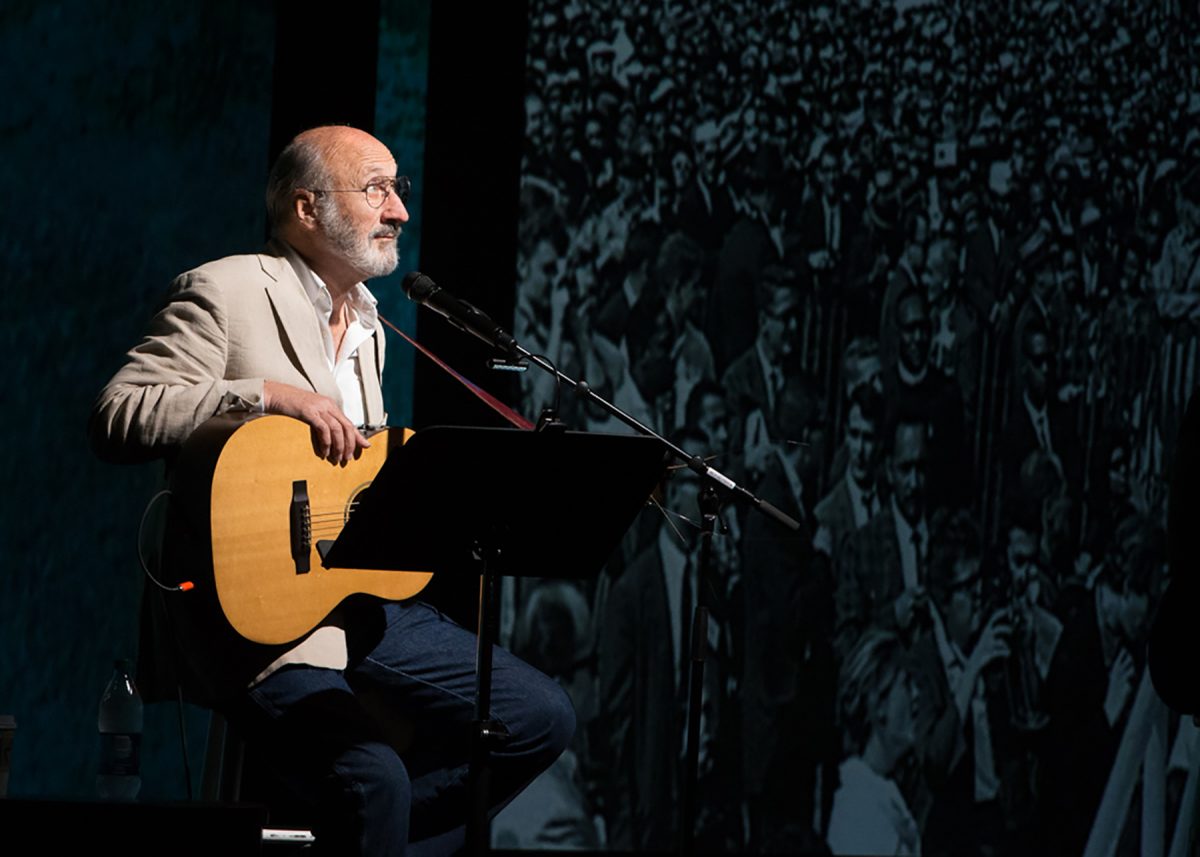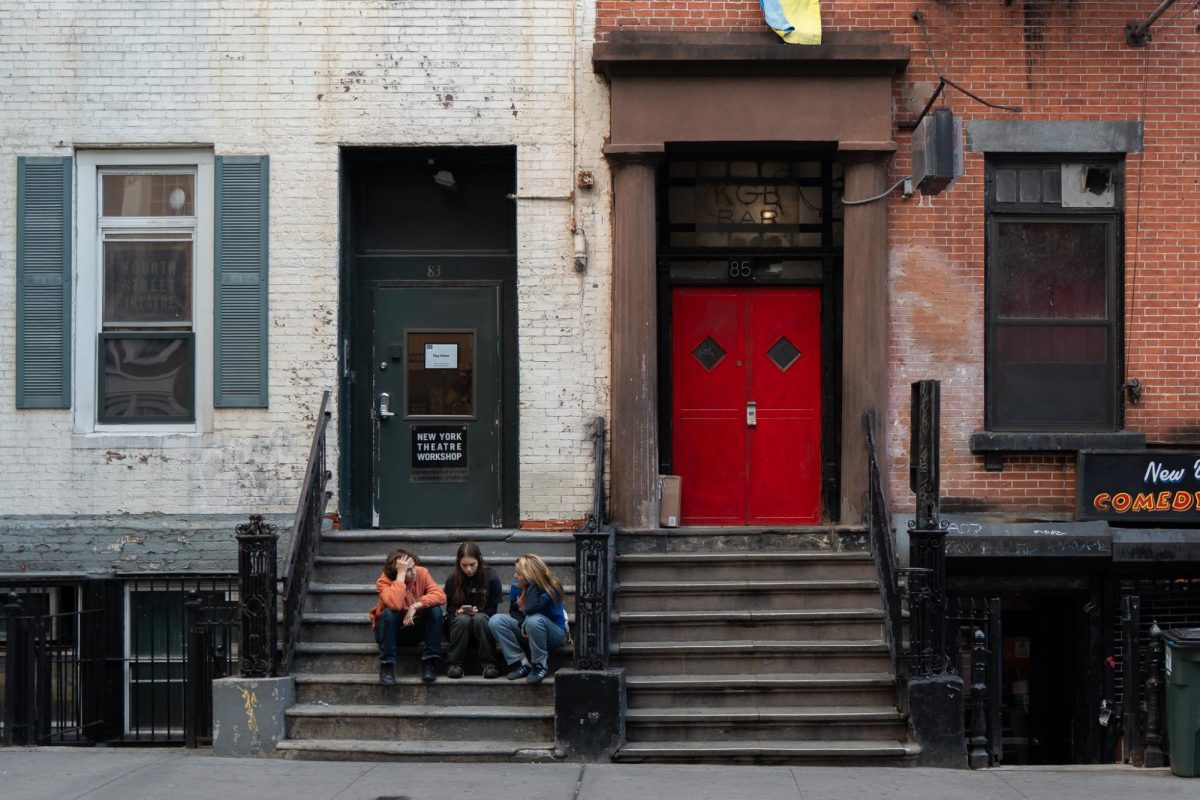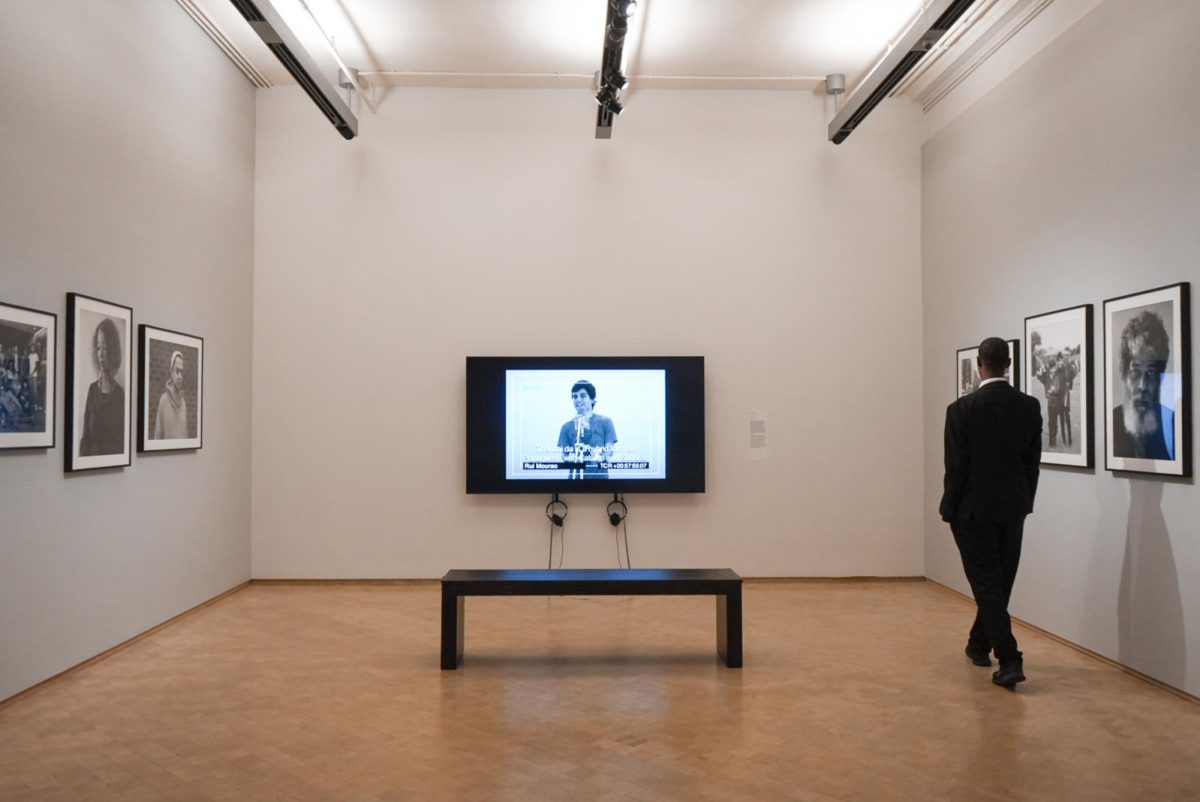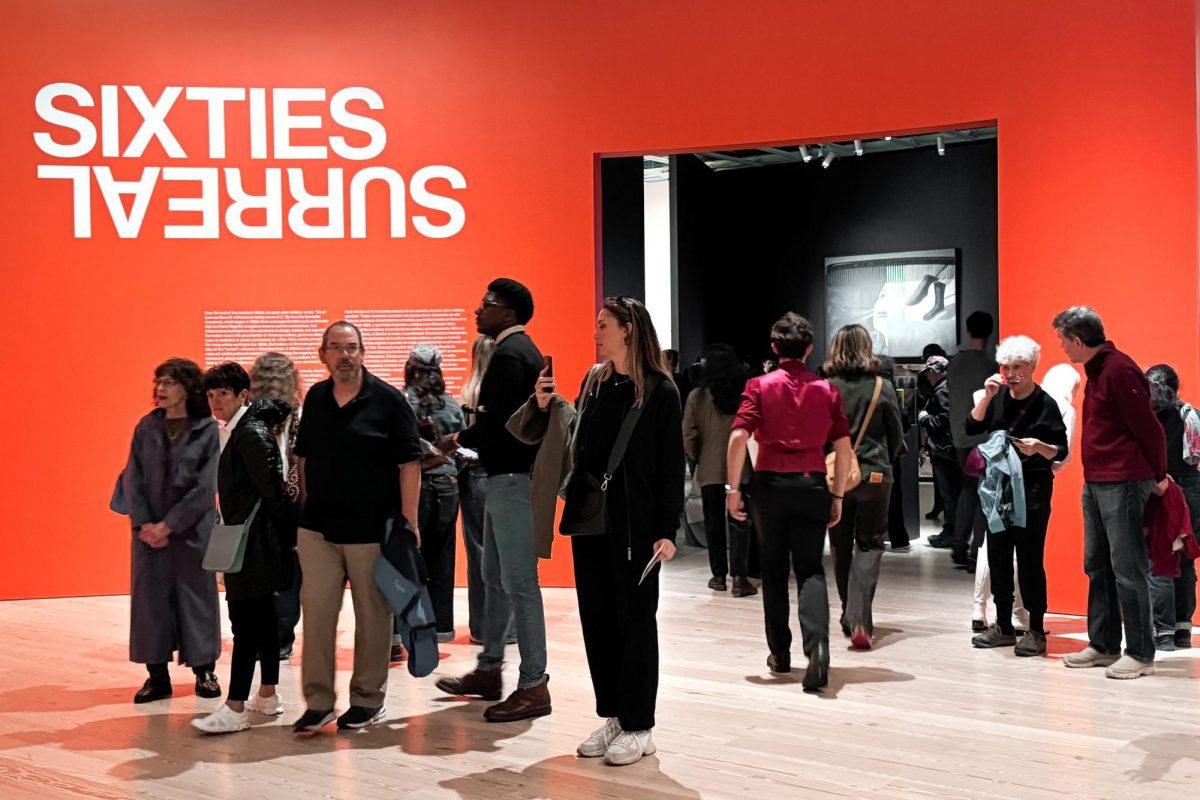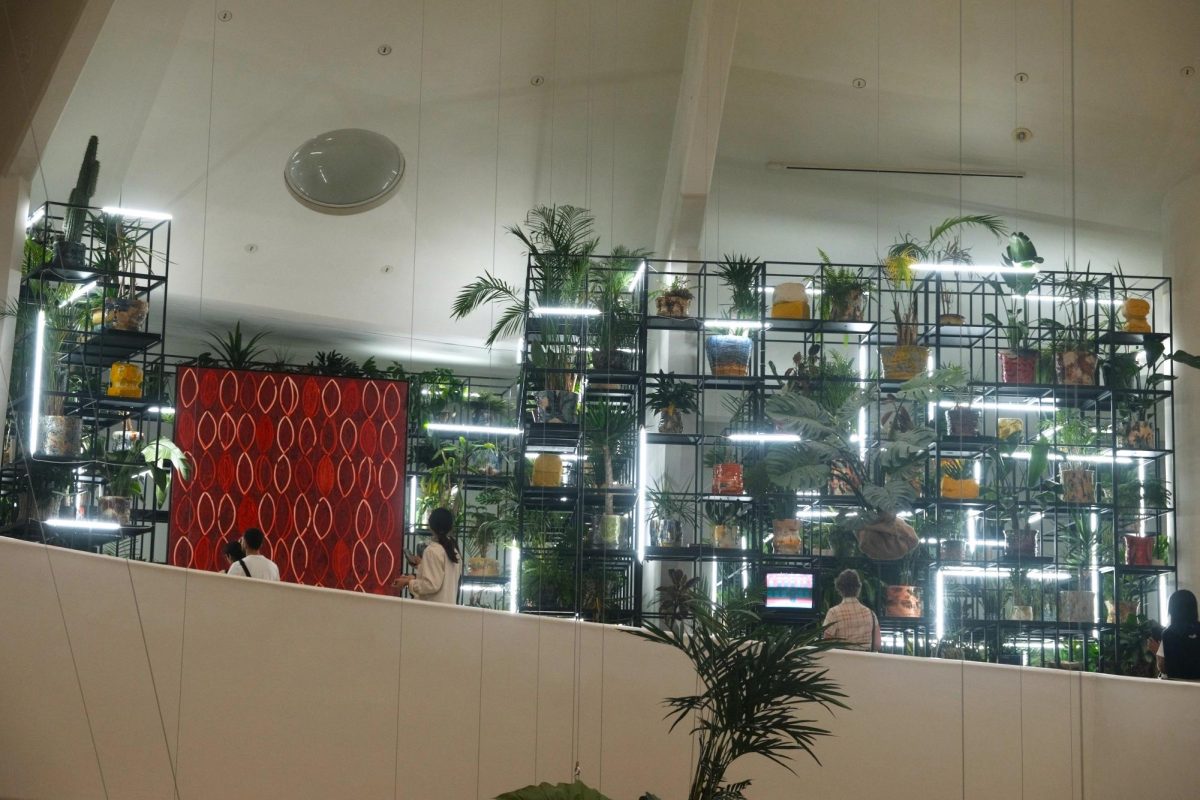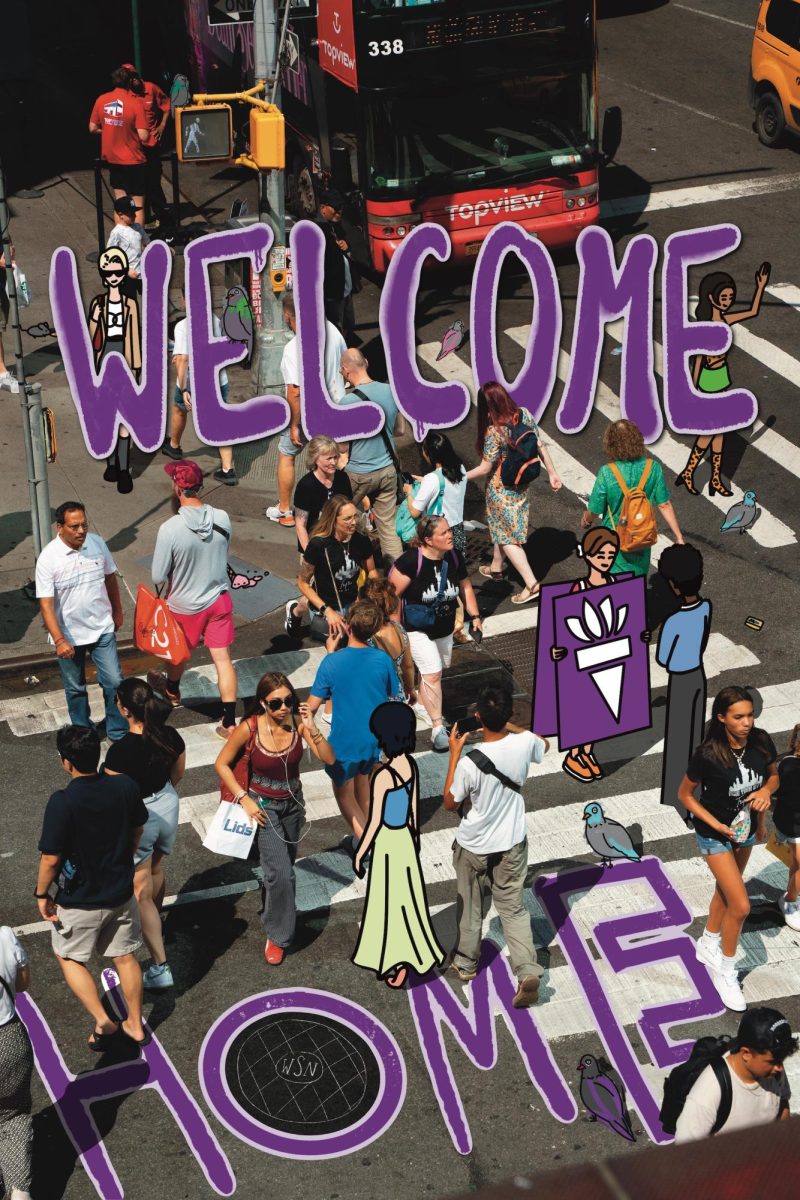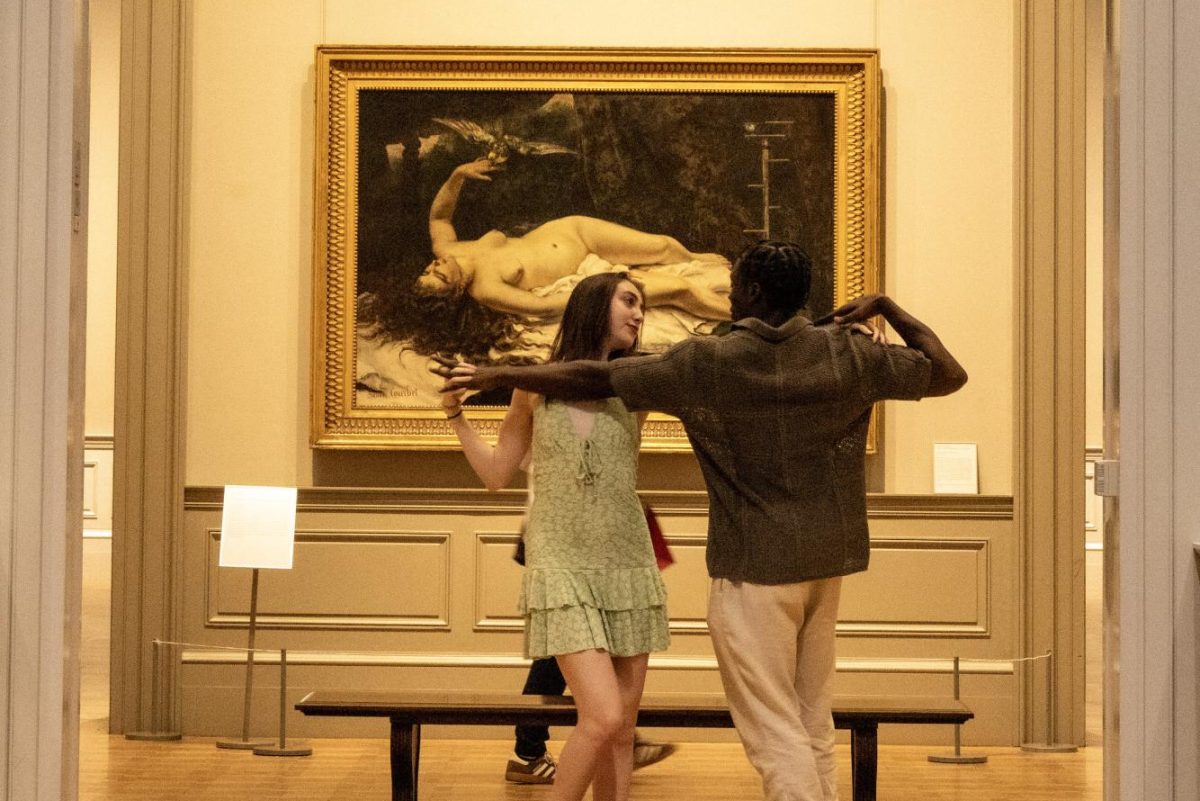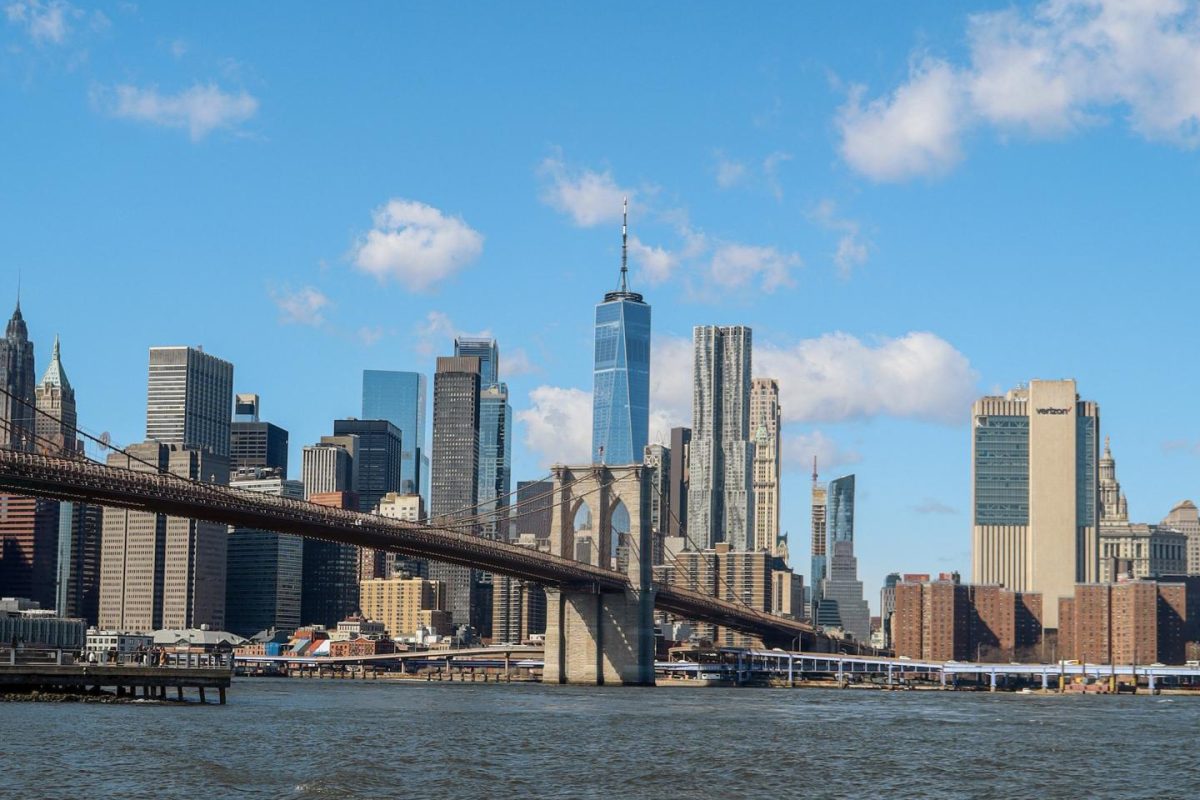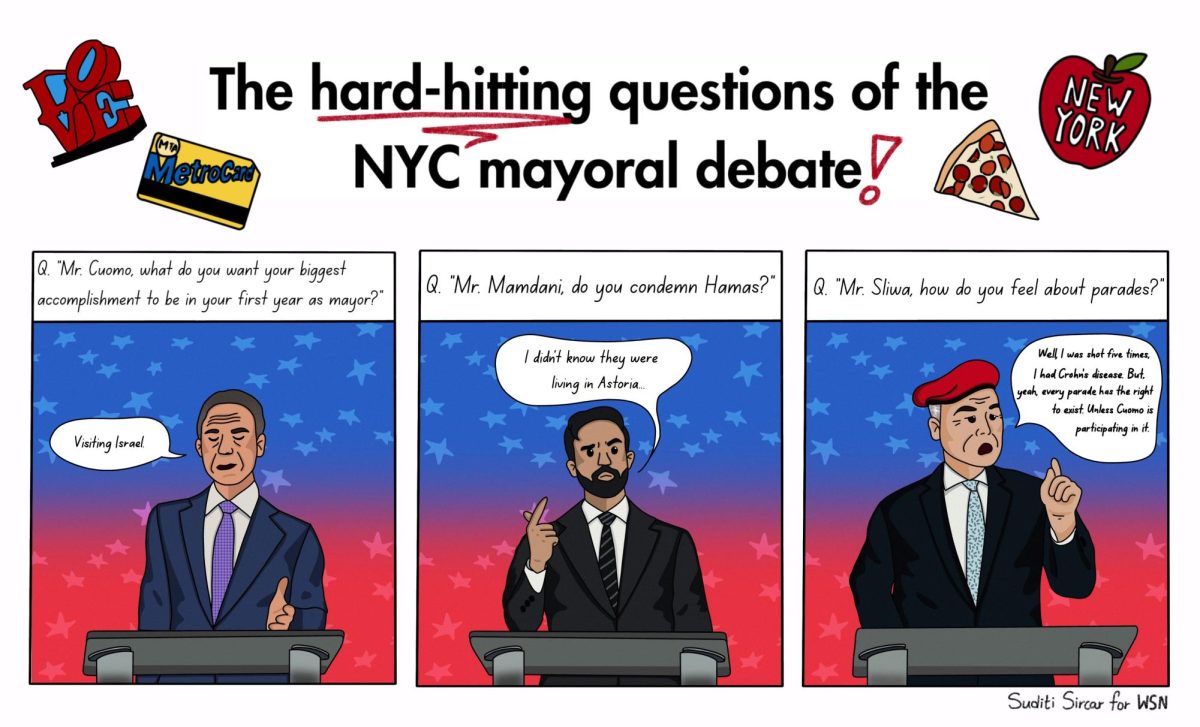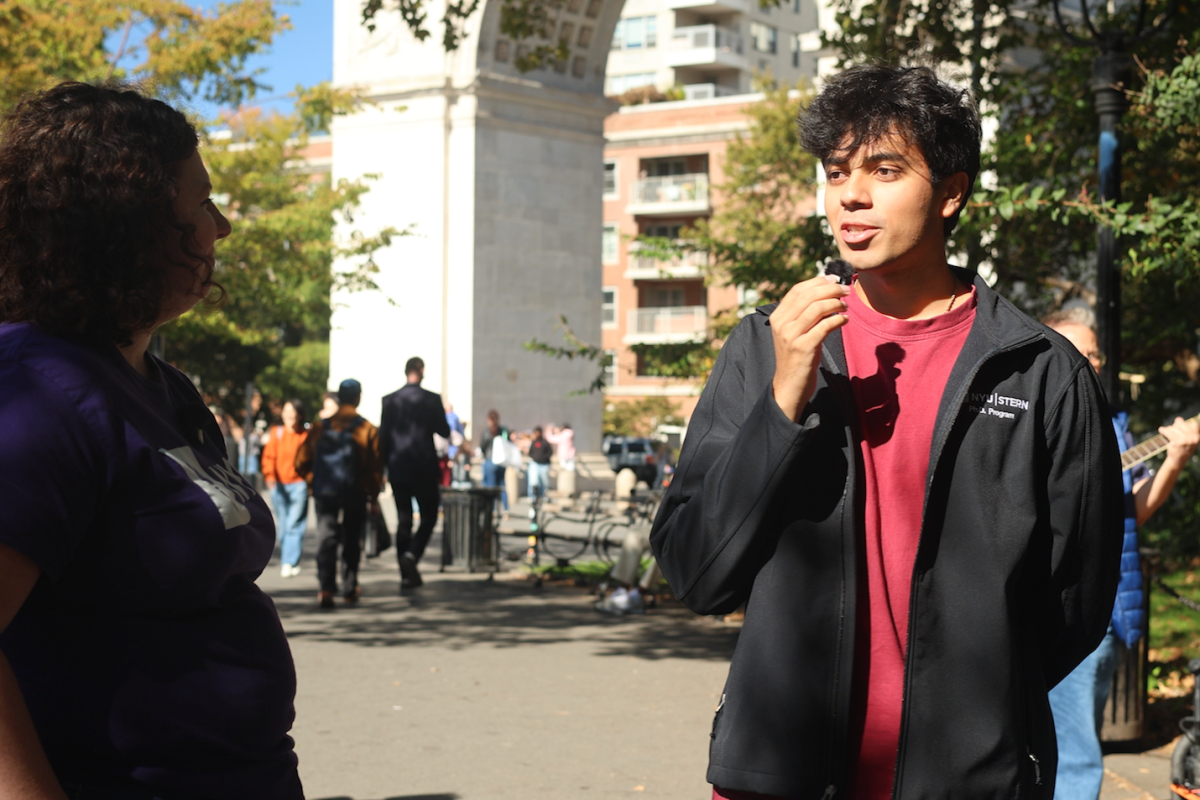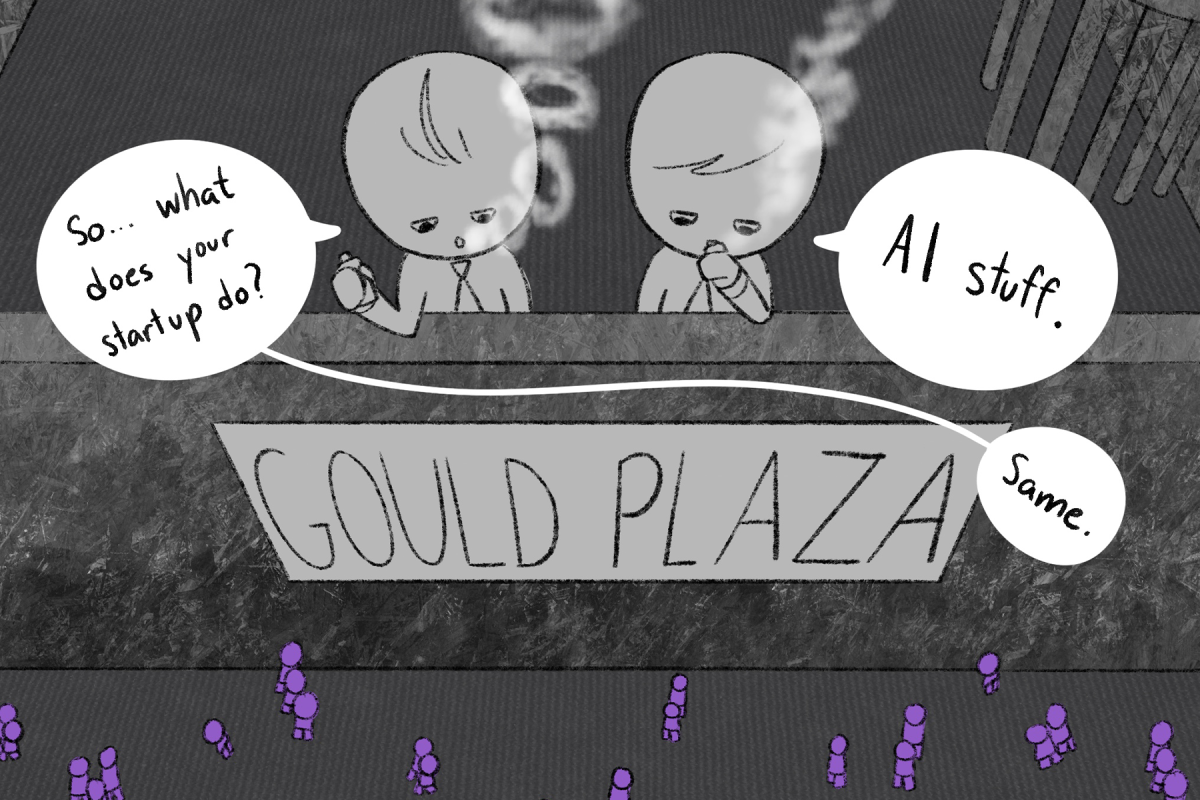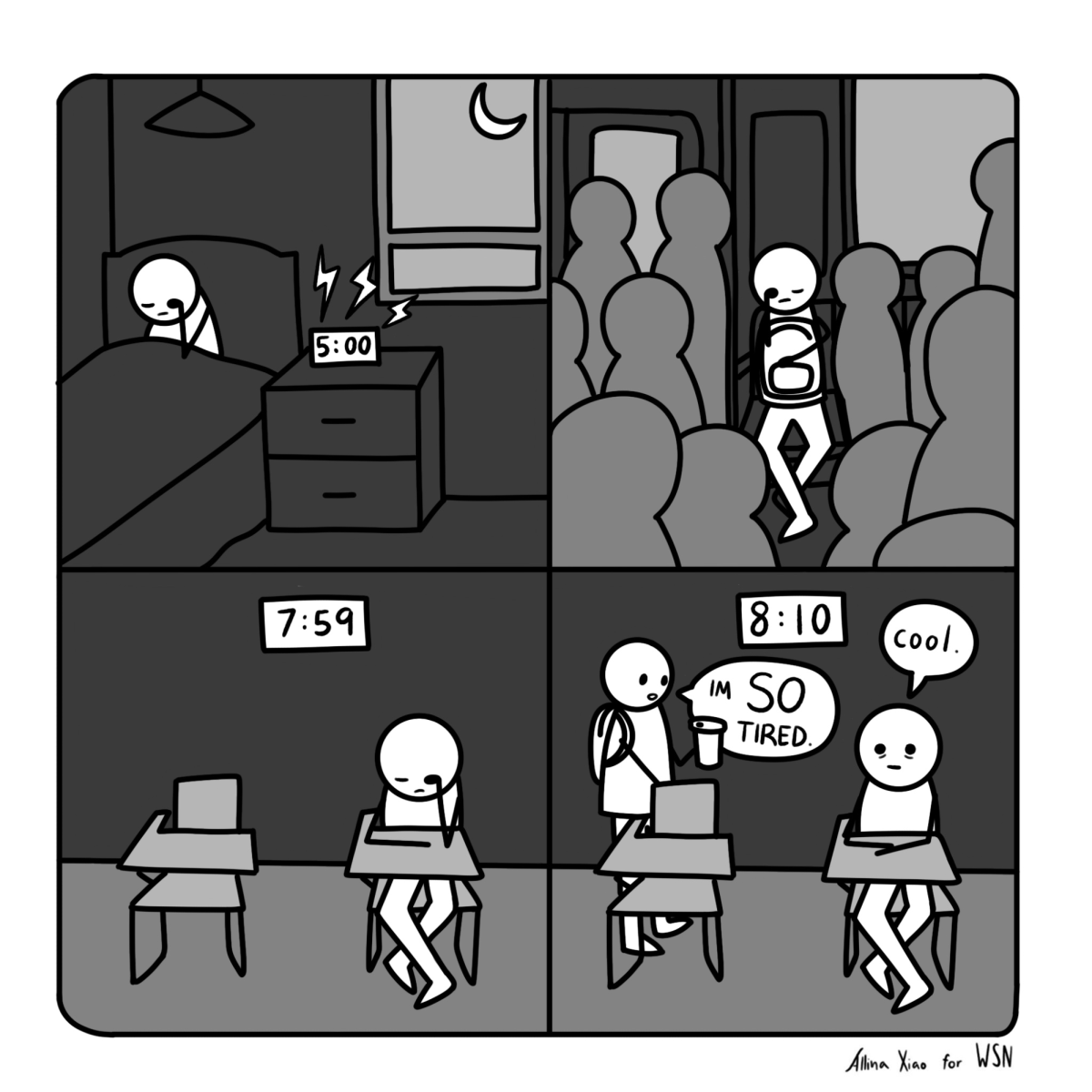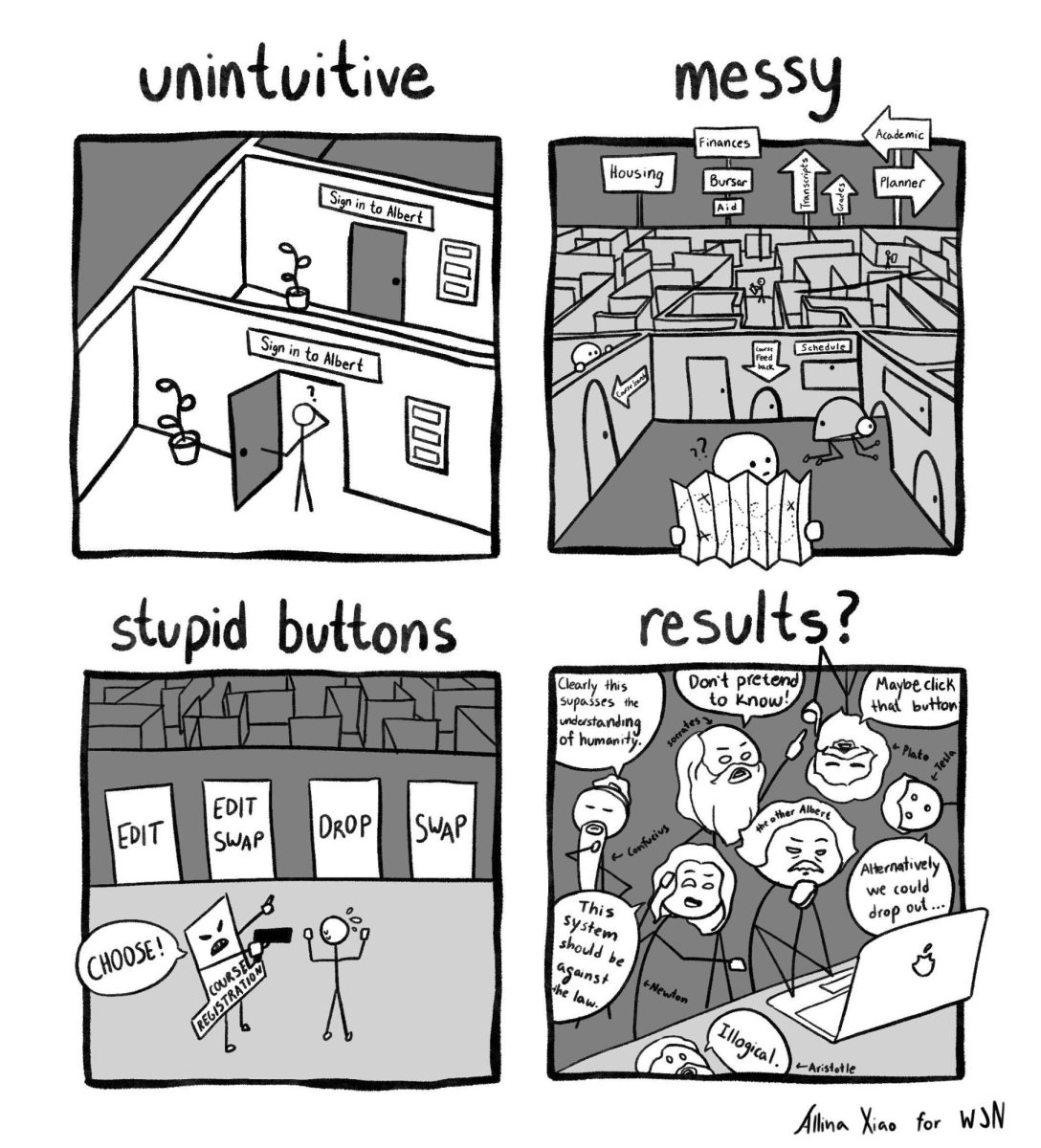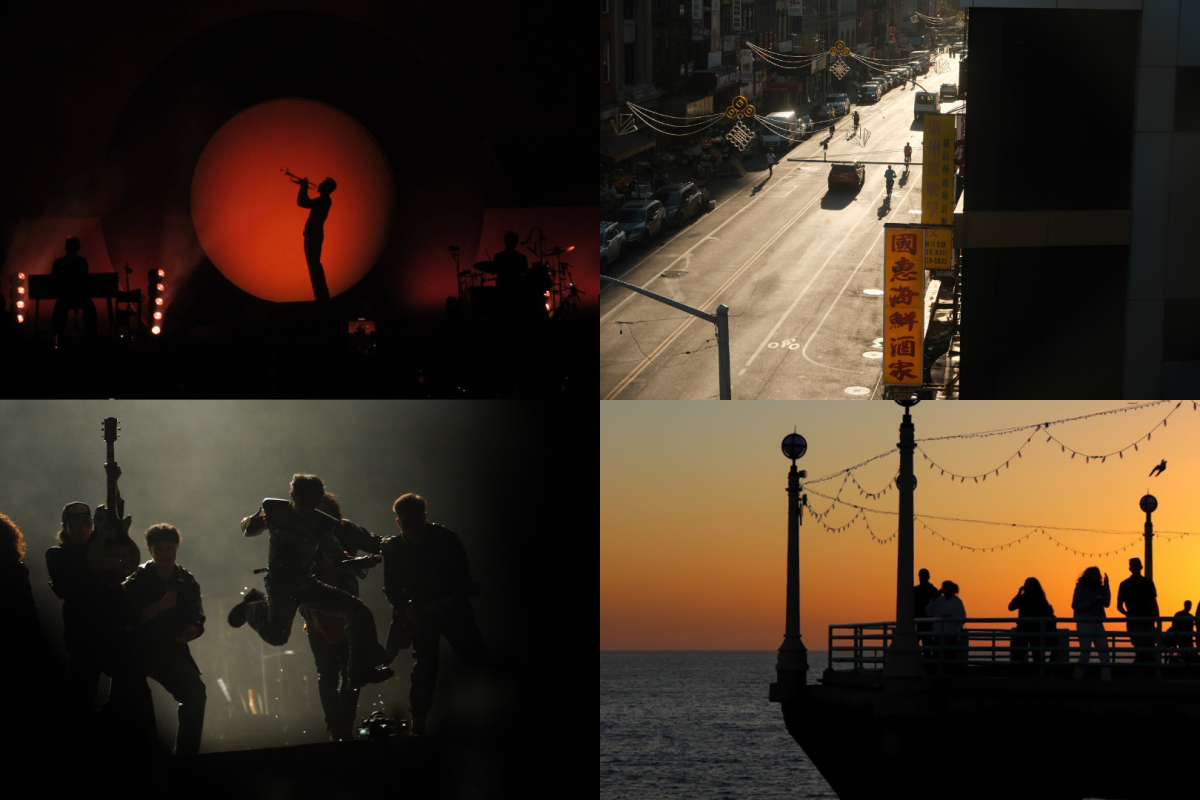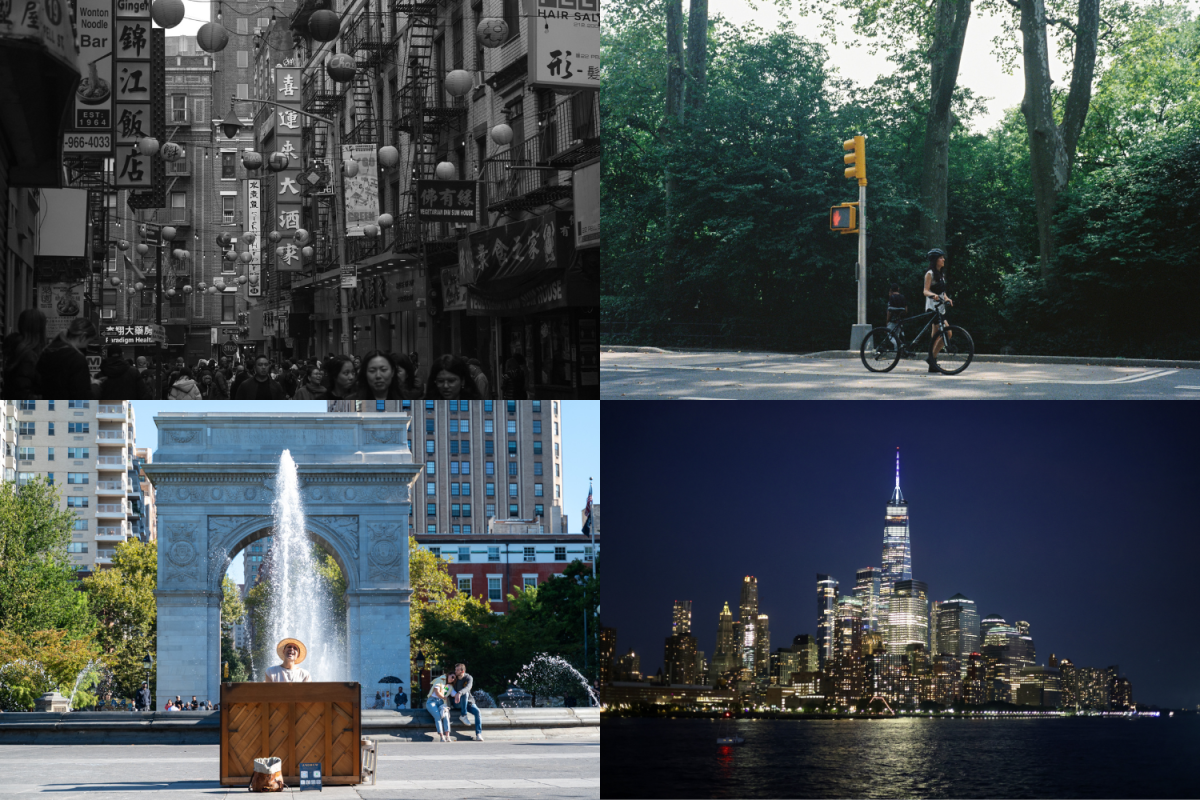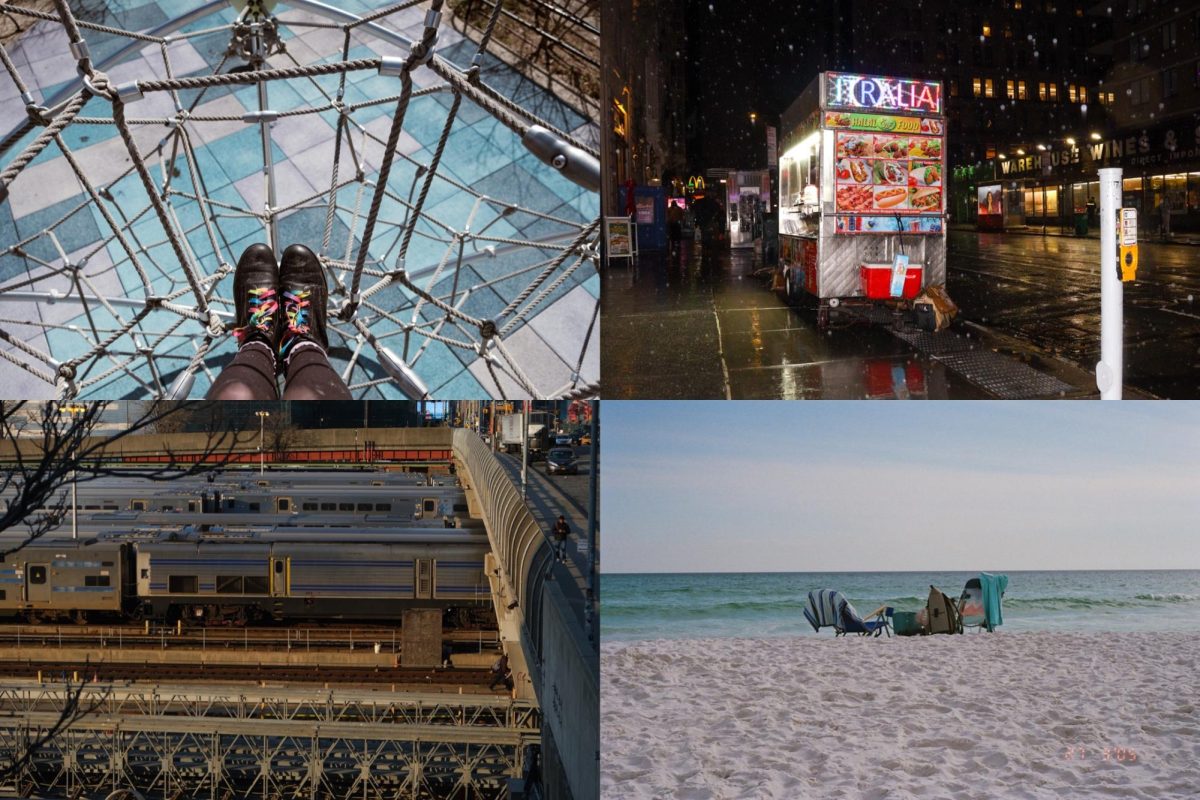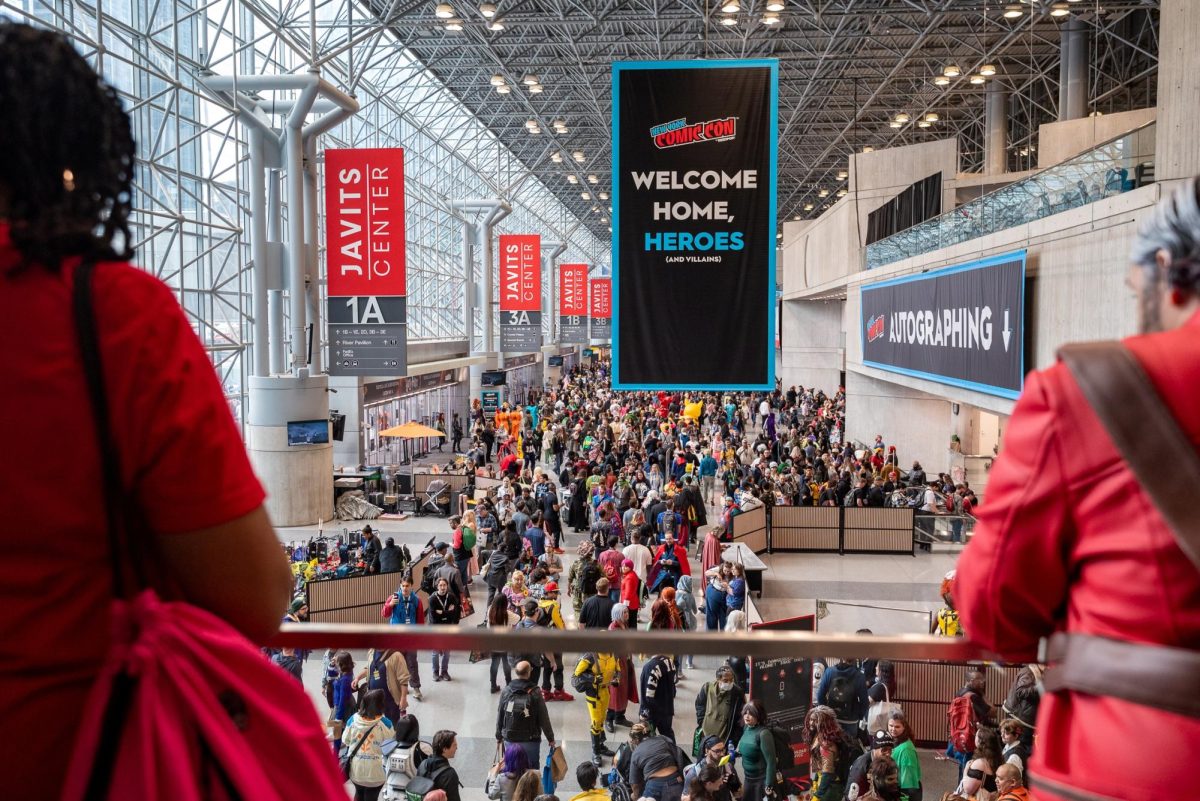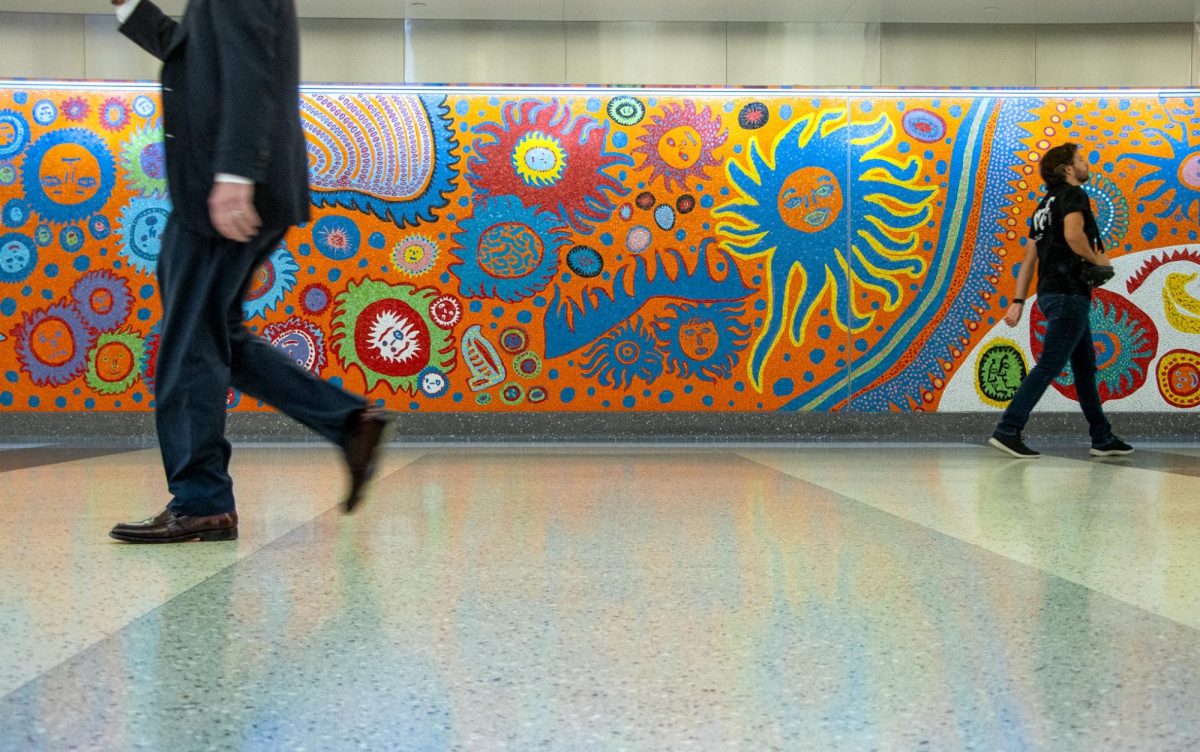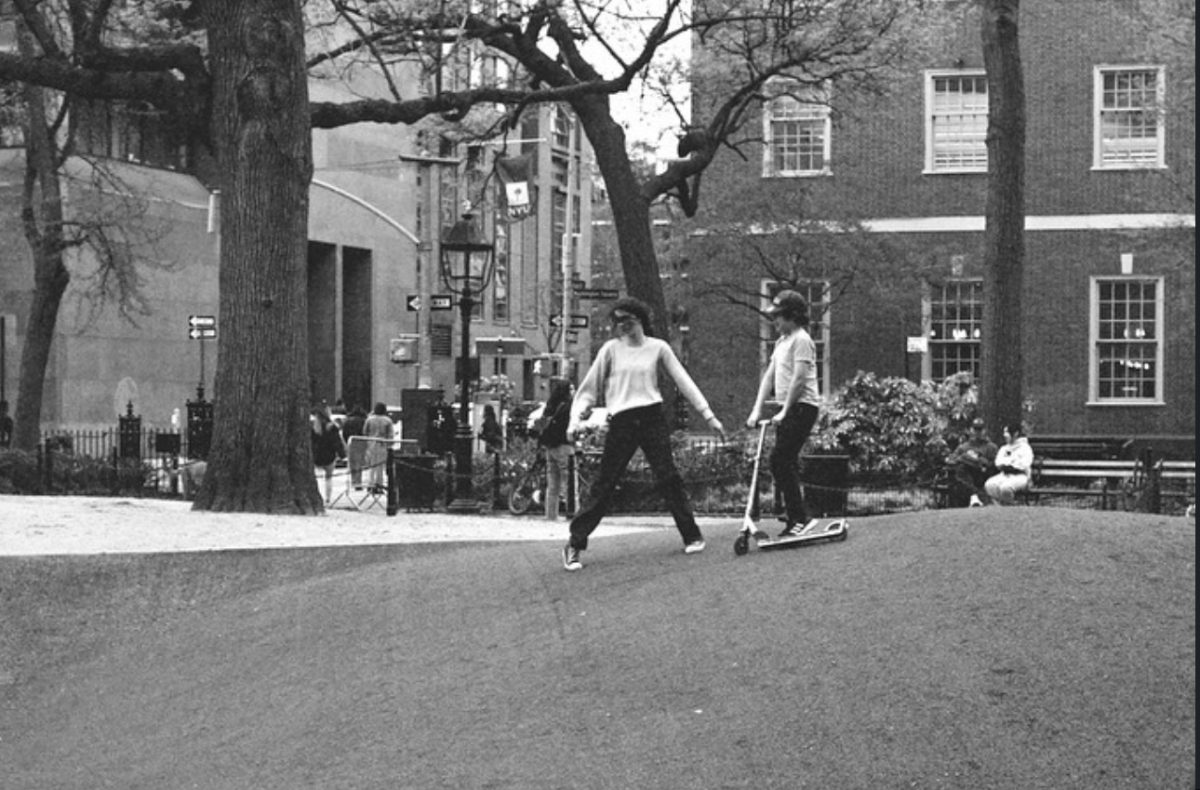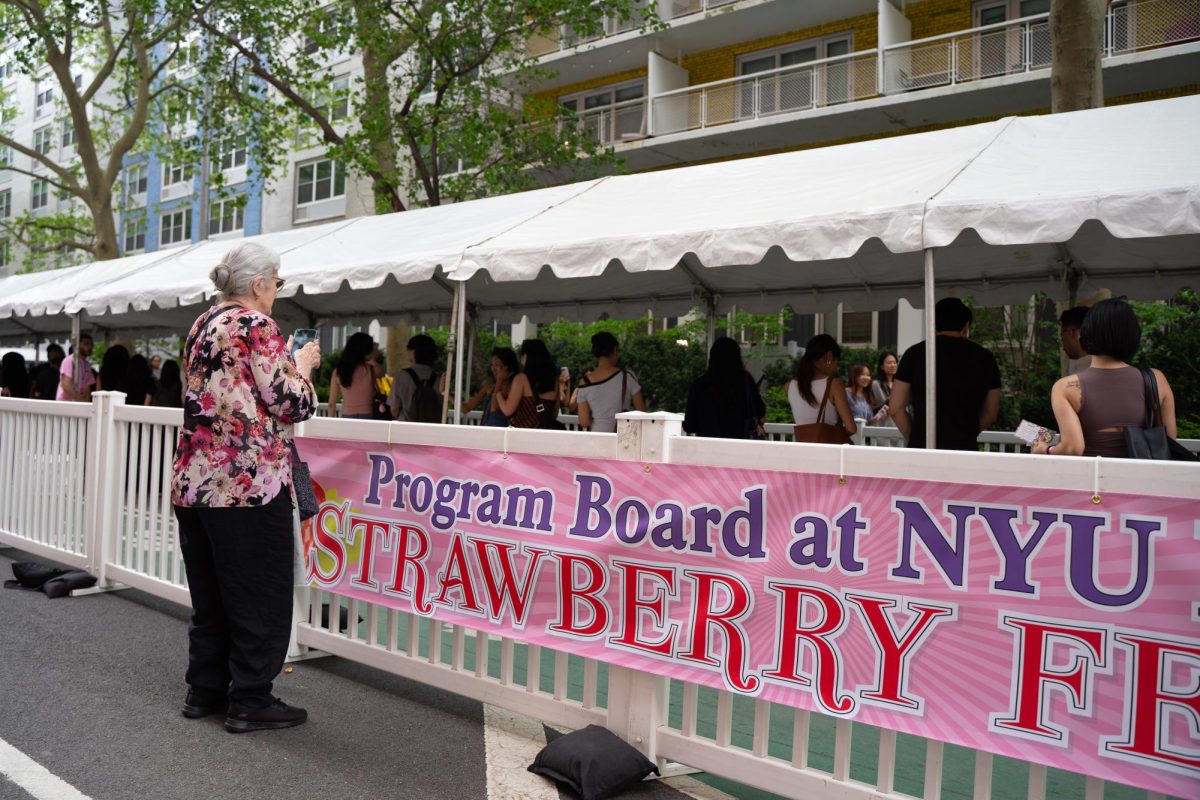The ripple effects of the now three-week government shutdown are being felt by every industry across the country. But New York City has faced escalated scrutiny from the Trump administration, which put a hold earlier this month on roughly $18 billion to fund the Hudson Tunnel Project and the second phase of the city’s Second Avenue subway. On paper, it might sound just like a bureaucratic decision. But in reality, it’s also a crucial, costly economic blow. These projects aren’t just about moving people, but also powering growth, stimulating demand and keeping one of the country’s most vital economic corridors running smoothly.
The Hudson Tunnel Project is the centerpiece of the larger Gateway Program, a set of infrastructure projects aiming to improve transportation in the Northeast Corridor. According to the Gateway Development Commission, it will build nine miles of new passenger rail track between New York and New Jersey, construct a two-tube tunnel under the Hudson River and rehabilitate the existing 115-year-old tunnel — which is plagued by chronic delays nearly two out of every three days, primarily due to crumbling infrastructure.
Economically, the project’s importance is staggering. New York’s regional economy contributes 10% of the United States’ GDP, and the Northeast Corridor accounts for 20% — which means that halting progress of this stature ultimately hinders progress for the entire country as well.
Had it not been placed on hold, that $18 billion in spending would immediately flow into wages, materials and services, triggering a multiplier effect that boosts total output by far more than the initial cost. The Hudson Tunnel project alone could create over 95,000 jobs, generate $19.6 billion in economic activity and reduce congestion for nearly a quarter million drivers. Defunding it doesn’t save money, but rather simply hampers growth.
The same logic applies to the Second Avenue subway project, whose second phase will extend service into East Harlem — a “transit desert” since 1940 — to key parts of other boroughs via bus. The addition will not only add three new accessible stations for riders with disabilities serving an estimated 300,000 riders daily, but also reduce overcrowding on the packed 4, 5 and 6 lines and shorten commutes by up to 20 minutes.
The benefits are not only rooted in convenience, but also equity. Expanding subway access to East Harlem supports small businesses, increases property values, and connects residents to more jobs. This is remarkable, especially for a community that has been overlooked for decades in terms of transit planning.
Yet, the administration justifies its decision by deeming these projects ones of “unconstitutional DEI principles” — a claim that’s vague at best, and a catchall political buzzword at worst, reframing inclusivity as inefficiency. Equitable infrastructure does not decrease productivity — in fact, inclusive projects often expand economic participation, increasing returns over time.
“It’s billions and billions of dollars that Schumer has worked 20 years to get. Tell him it’s terminated,” President Donald Trump said at an Oct. 15 press conference. The president’s remark — directed at New York Senator and ardent Gateway Program supporter Senator Chuck Schumer — was nothing more than political brinkmanship disguised as budget management. But while Washington postures, it’s commuters, workers and small businesses who absorb the impact.
The solution isn’t complicated: Restore the funding and let the work continue. The Hudson tunnel and Second Avenue Subway aren’t partisan vanity projects — they’re lifelines for millions and engines for a stronger economy that connect local people working within the tri-state area. New York’s economy runs on rails, with the MTA having a daily ridership of approximately 3.7 million in 2024. When federal leaders treat infrastructure as a bargaining chip, taxpayers bear lost jobs and stalled wages. If Washington truly cared about fiscal responsibility, it would invest in projects that raise long-term output and revenue, not stall them in political crossfire.
Here’s one thing you can actually do: Sign the petition by the High Speed Rail Alliance. Labeled “Tell Secretary Duffy to reinstate funding for this important rail project” it calls on the Department of Transportation to immediately restore funding for the Hudson Tunnel Project. NYU students, hundreds of whom rely on the subway every day, deserve better.
WSN’s Opinion desk strives to publish ideas worth discussing. The views presented in the Opinion desk are solely the views of the writer.
Contact Suhani Bhatt at [email protected].

